Shows
 Culinary Historians of ChicagoHow Vienna Changed Baking Everywhere - Rick RodgersHow Vienna Changed Baking Everywhere
Rick Rodgers’ book, Kaffeehause: Exquisite Desserts from Vienna, Budapest, and Prague, has been in print for over two decades. Its longevity is primarily due to the luscious recipes, which are so different from those in the Franco-Italo canon.
Also, readers are fascinated by the interesting story of the coffeehouse culture. In his presentation, Rick will discuss how the Viennese (it was not Marie Antoinette) brought the crescent roll (kipferl) to Paris, its transformation into the croissant, and subsequent conquering of the pastry world. In Europe, what we Americans call Danish are called Viennoiserie, but do yo...2025-01-081h 16
Culinary Historians of ChicagoHow Vienna Changed Baking Everywhere - Rick RodgersHow Vienna Changed Baking Everywhere
Rick Rodgers’ book, Kaffeehause: Exquisite Desserts from Vienna, Budapest, and Prague, has been in print for over two decades. Its longevity is primarily due to the luscious recipes, which are so different from those in the Franco-Italo canon.
Also, readers are fascinated by the interesting story of the coffeehouse culture. In his presentation, Rick will discuss how the Viennese (it was not Marie Antoinette) brought the crescent roll (kipferl) to Paris, its transformation into the croissant, and subsequent conquering of the pastry world. In Europe, what we Americans call Danish are called Viennoiserie, but do yo...2025-01-081h 16 Culinary Historians of Chicago250107CFRRickRodgersVienna.outputHow Vienna Changed Baking Everywhere
Rick Rodgers’ book, Kaffeehause: Exquisite Desserts from Vienna, Budapest, and Prague, has been in print for over two decades. Its longevity is primarily due to the luscious recipes, which are so different from those in the Franco-Italo canon.
Also, readers are fascinated by the interesting story of the coffeehouse culture. In his presentation, Rick will discuss how the Viennese (it was not Marie Antoinette) brought the crescent roll (kipferl) to Paris, its transformation into the croissant, and subsequent conquering of the pastry world. In Europe, what we Americans call Danish are called Viennoiserie, but do yo...2025-01-081h 16
Culinary Historians of Chicago250107CFRRickRodgersVienna.outputHow Vienna Changed Baking Everywhere
Rick Rodgers’ book, Kaffeehause: Exquisite Desserts from Vienna, Budapest, and Prague, has been in print for over two decades. Its longevity is primarily due to the luscious recipes, which are so different from those in the Franco-Italo canon.
Also, readers are fascinated by the interesting story of the coffeehouse culture. In his presentation, Rick will discuss how the Viennese (it was not Marie Antoinette) brought the crescent roll (kipferl) to Paris, its transformation into the croissant, and subsequent conquering of the pastry world. In Europe, what we Americans call Danish are called Viennoiserie, but do yo...2025-01-081h 16 Culinary Historians of ChicagoChicago’s Astounding Food Evolution: 1990 ’til NowChicago’s Astounding Food Evolution: 1990 ’til Now
Chef Dean Zanella
Founder and instructor, Tutore Italian Cooking School
The past 35 years have seen a sea change in Chicago dining. And who better than to take us on a voyage through this period than a master chef who has sailed through this time?
Come join us as chef Dean Zanella takes us from the local culinary world of 1990 to the present; where fine dining no longer requires white tablecloths; where non-European cuisine has been elevated; where chefs are the main focus of the restaurant; and where chefs work with local farmers. And he’l...2024-12-171h 15
Culinary Historians of ChicagoChicago’s Astounding Food Evolution: 1990 ’til NowChicago’s Astounding Food Evolution: 1990 ’til Now
Chef Dean Zanella
Founder and instructor, Tutore Italian Cooking School
The past 35 years have seen a sea change in Chicago dining. And who better than to take us on a voyage through this period than a master chef who has sailed through this time?
Come join us as chef Dean Zanella takes us from the local culinary world of 1990 to the present; where fine dining no longer requires white tablecloths; where non-European cuisine has been elevated; where chefs are the main focus of the restaurant; and where chefs work with local farmers. And he’l...2024-12-171h 15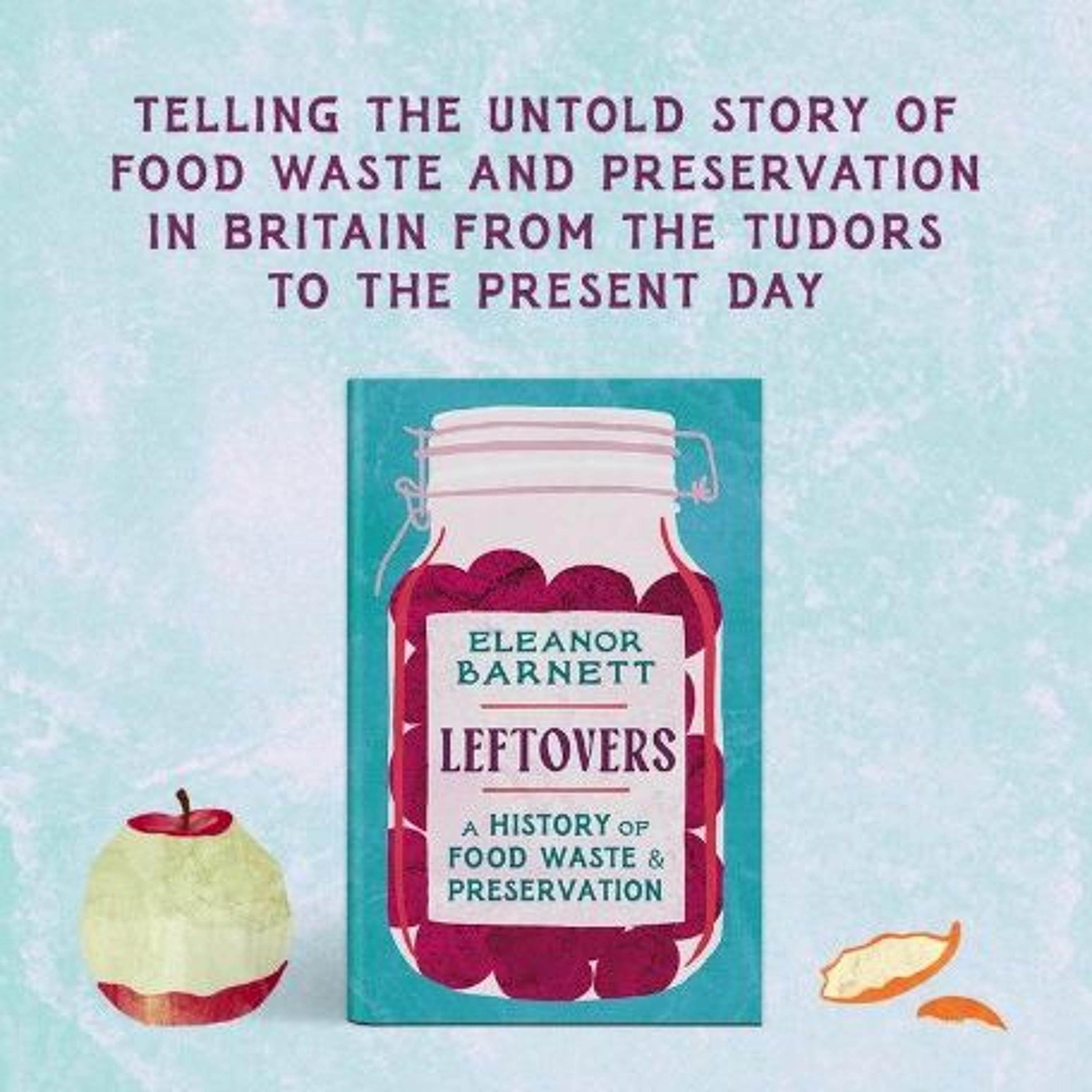 Culinary Historians of ChicagoLeftovers A History of Food Waste & PreservationLeftovers A History of Food Waste & Preservation
Eleanor Barnett, PhD
A third of all the food we produce goes to waste globally, and if all this needlessly discarded food were a country it would be the third largest emitter of greenhouse gases in the world after China and the US! How did we become such a wasteful society? What can we learn about building a sustainable food future by looking to the past?Based on Dr Eleanor Barnett’s newly-published book Leftovers: A History of Food Waste and Preservation, this talk will explore the many ingenious ways our ancestors sought to...2024-12-051h 18
Culinary Historians of ChicagoLeftovers A History of Food Waste & PreservationLeftovers A History of Food Waste & Preservation
Eleanor Barnett, PhD
A third of all the food we produce goes to waste globally, and if all this needlessly discarded food were a country it would be the third largest emitter of greenhouse gases in the world after China and the US! How did we become such a wasteful society? What can we learn about building a sustainable food future by looking to the past?Based on Dr Eleanor Barnett’s newly-published book Leftovers: A History of Food Waste and Preservation, this talk will explore the many ingenious ways our ancestors sought to...2024-12-051h 18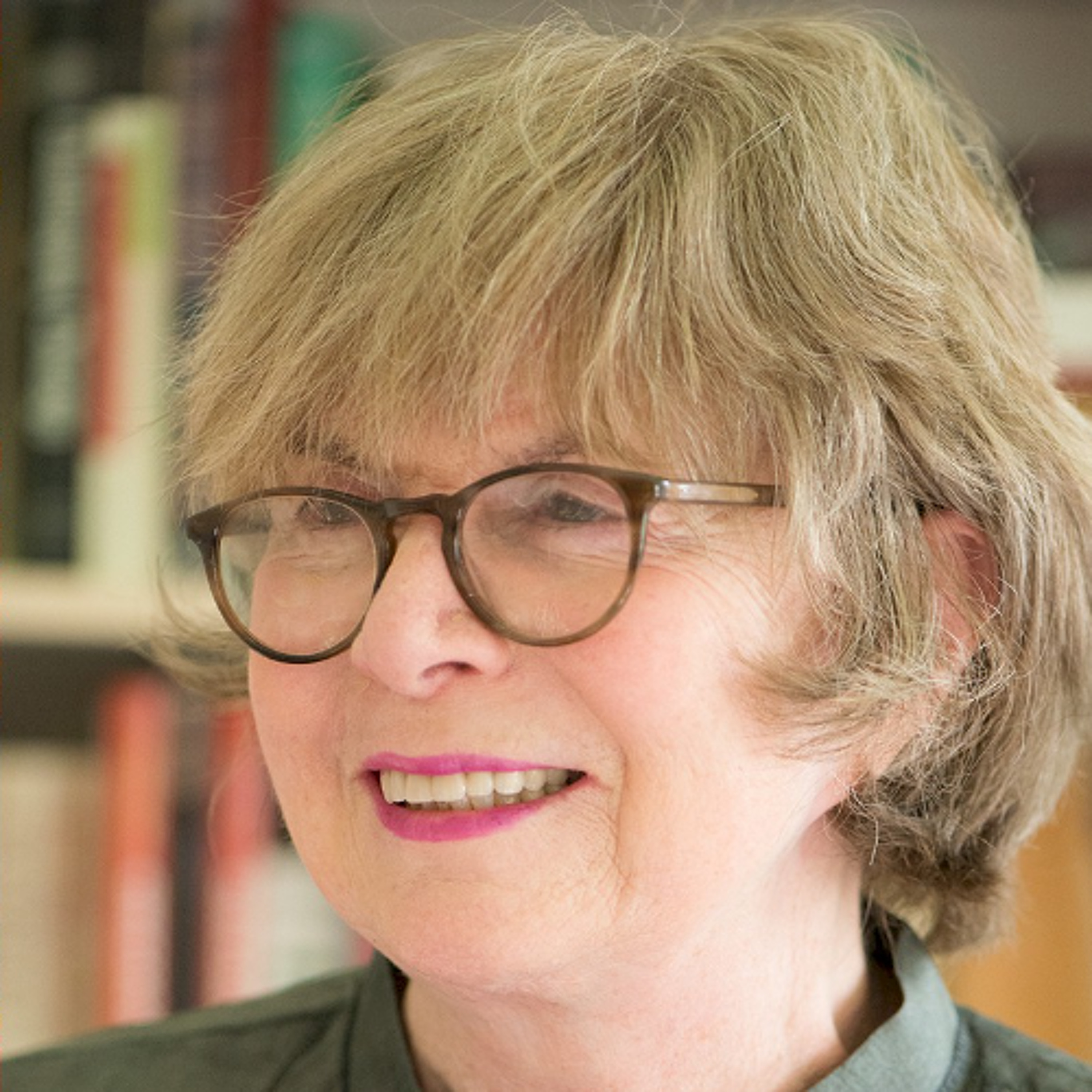 Culinary Historians of ChicagoThe Story of Chicago’s South Asians and Their FoodThe Story of Chicago’s South Asians and Their Food
Colleen Taylor Sen
Chicago has the country’s third-largest urban population of South Asians (a community that includes Indians, Pakistanis, Bangladeshis, and Nepalis) – and a vibrant South Asian food scene.
Colleen Taylor Sen will tell the story of this community from the early 20th century when a small community lived on the Far South Side to the present. She’ll also talk about the evolution of the city’s South Asian grocery stores and restaurants, including the transformation of Devon Avenue on the Far North Side from a mainly Jewish shopping d...2024-12-051h 02
Culinary Historians of ChicagoThe Story of Chicago’s South Asians and Their FoodThe Story of Chicago’s South Asians and Their Food
Colleen Taylor Sen
Chicago has the country’s third-largest urban population of South Asians (a community that includes Indians, Pakistanis, Bangladeshis, and Nepalis) – and a vibrant South Asian food scene.
Colleen Taylor Sen will tell the story of this community from the early 20th century when a small community lived on the Far South Side to the present. She’ll also talk about the evolution of the city’s South Asian grocery stores and restaurants, including the transformation of Devon Avenue on the Far North Side from a mainly Jewish shopping d...2024-12-051h 02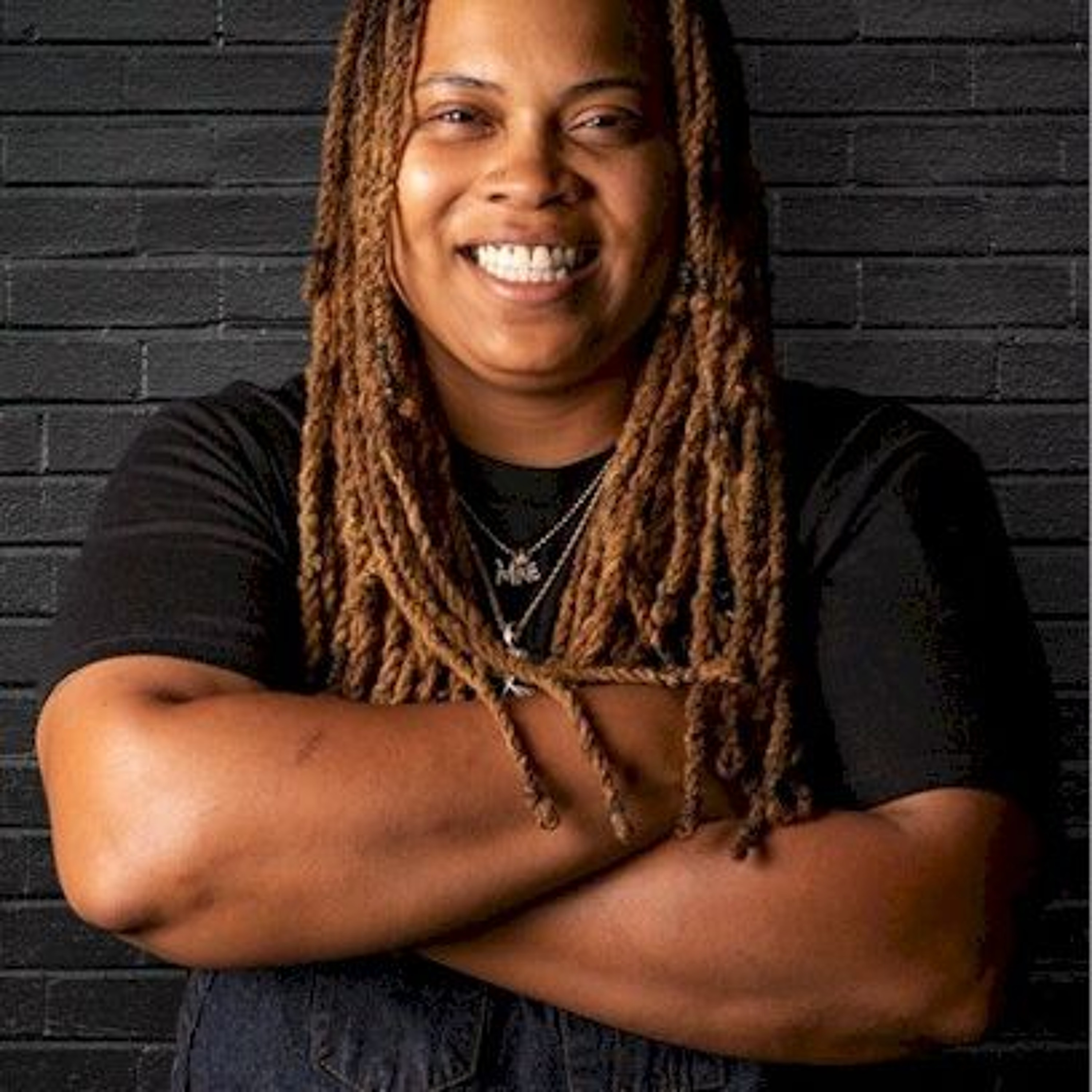 Culinary Historians of ChicagoThe Glory of Chicago-Style BBQ, Dominique LeachThe Glory of Chicago-Style BBQ
Dominique Leach
We’ve all heard of the classic BBQ styles from regions like Kansas City, Memphis or Texas. But what about Chicago-style BBQ?
From rib tips to hot links to mild sauce and more, Chicago chef and pitmaster Dominique Leach of the black-women-queer-owned and award-winning restaurant Lexington Betty’s Smokehouse (plus the 2023 winner of the Food Network’s hit show BBQ Brawl), is making it her mission to further define this unique style and put it on the map in 2024.
Join us to hear Dominique discuss the origins of Chicago-style BBQ, its variations, and its...2024-10-3156 min
Culinary Historians of ChicagoThe Glory of Chicago-Style BBQ, Dominique LeachThe Glory of Chicago-Style BBQ
Dominique Leach
We’ve all heard of the classic BBQ styles from regions like Kansas City, Memphis or Texas. But what about Chicago-style BBQ?
From rib tips to hot links to mild sauce and more, Chicago chef and pitmaster Dominique Leach of the black-women-queer-owned and award-winning restaurant Lexington Betty’s Smokehouse (plus the 2023 winner of the Food Network’s hit show BBQ Brawl), is making it her mission to further define this unique style and put it on the map in 2024.
Join us to hear Dominique discuss the origins of Chicago-style BBQ, its variations, and its...2024-10-3156 min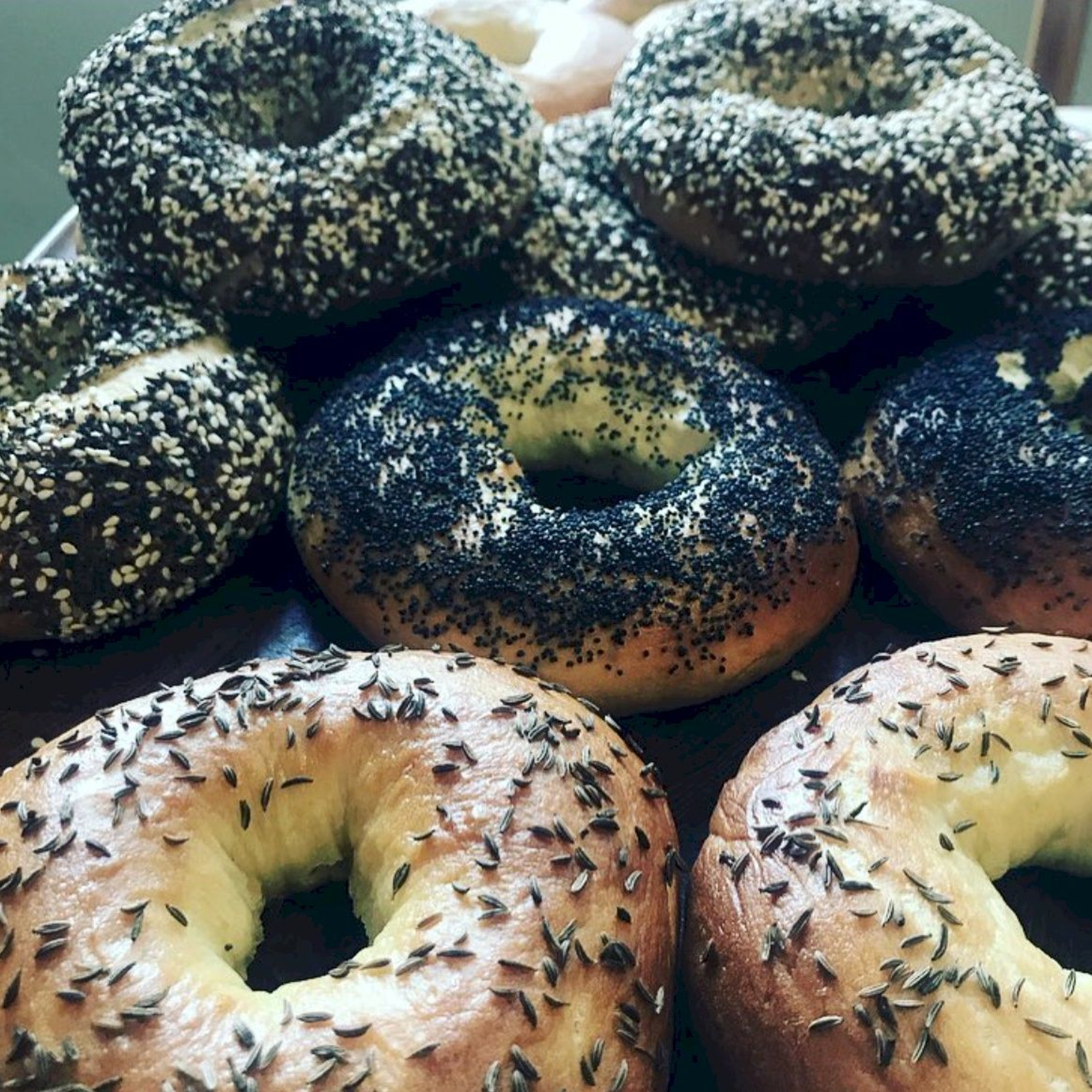 Culinary Historians of ChicagoThe Soul of Jewish FoodThe Sould of Jewish Food
Presented by Dylan Maysick, co-owner Diaspora Dinners
Links to Recipes @ CulinaryHistorians.org:
Coconut Macaroons with Chocolate, Pistachio, and Orange Blossom
Halloumi and Orange Salad with Pomegranate, Pistachio, and Herbs
Montreal Bagels
What is Jewish food? That is the question Dylan Maysick has been on a quest to answer through his Diaspora Dinner project, a Chicago-based series of dinners that explores the cuisines of the Jewish Diaspora.
Dylan, a professional baker by trade, follows the common thread of what makes up Jewish food; and it’s a lot more than bagels, and chopped liver.
He said th...2024-09-291h 12
Culinary Historians of ChicagoThe Soul of Jewish FoodThe Sould of Jewish Food
Presented by Dylan Maysick, co-owner Diaspora Dinners
Links to Recipes @ CulinaryHistorians.org:
Coconut Macaroons with Chocolate, Pistachio, and Orange Blossom
Halloumi and Orange Salad with Pomegranate, Pistachio, and Herbs
Montreal Bagels
What is Jewish food? That is the question Dylan Maysick has been on a quest to answer through his Diaspora Dinner project, a Chicago-based series of dinners that explores the cuisines of the Jewish Diaspora.
Dylan, a professional baker by trade, follows the common thread of what makes up Jewish food; and it’s a lot more than bagels, and chopped liver.
He said th...2024-09-291h 12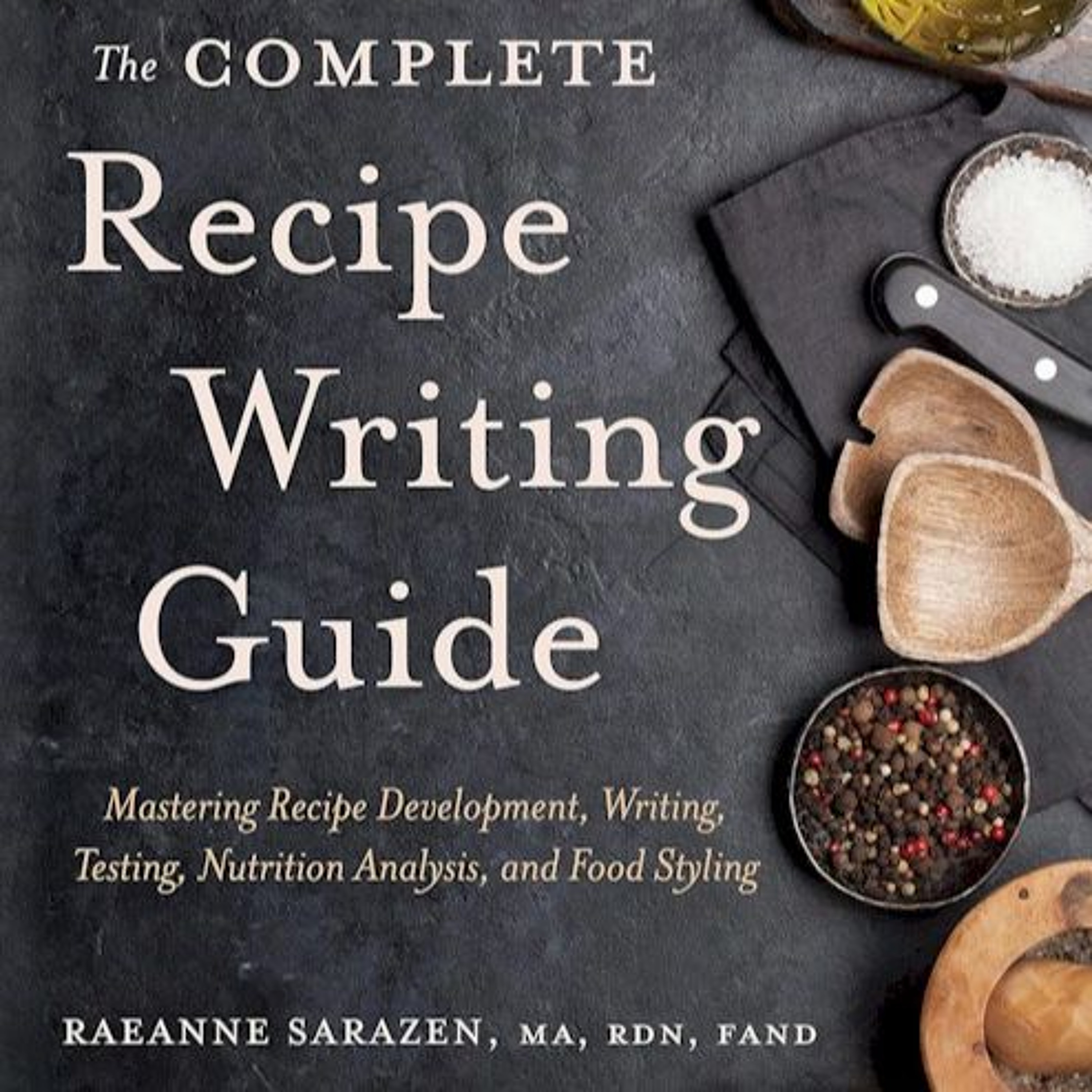 Culinary Historians of ChicagoMeticulous Process of Recipe Writing with Raeanne SarazenMeticulous Process of Recipe Writing
Raeanne Sarazen
Raeanne Sarazen received the IACP Award 2024 in the Reference and Technical catagory:
The Complete Recipe Writing Guide: Mastering Recipe Development, Writing, Testing, Nutrition Analysis, and Food Styling
Raeanne Sarazen
Academy of Nutrition and Dietetics
One might think that writing a recipe is an easy task; just list some ingredients, their amounts and give some simple instructions on how to combine them, then roast, bake, boil or fry them. But it’s not that easy! Writing a recipe that takes a cook’s hand and guides them into turning out a delicious dish, takes grea...2024-09-191h 12
Culinary Historians of ChicagoMeticulous Process of Recipe Writing with Raeanne SarazenMeticulous Process of Recipe Writing
Raeanne Sarazen
Raeanne Sarazen received the IACP Award 2024 in the Reference and Technical catagory:
The Complete Recipe Writing Guide: Mastering Recipe Development, Writing, Testing, Nutrition Analysis, and Food Styling
Raeanne Sarazen
Academy of Nutrition and Dietetics
One might think that writing a recipe is an easy task; just list some ingredients, their amounts and give some simple instructions on how to combine them, then roast, bake, boil or fry them. But it’s not that easy! Writing a recipe that takes a cook’s hand and guides them into turning out a delicious dish, takes grea...2024-09-191h 12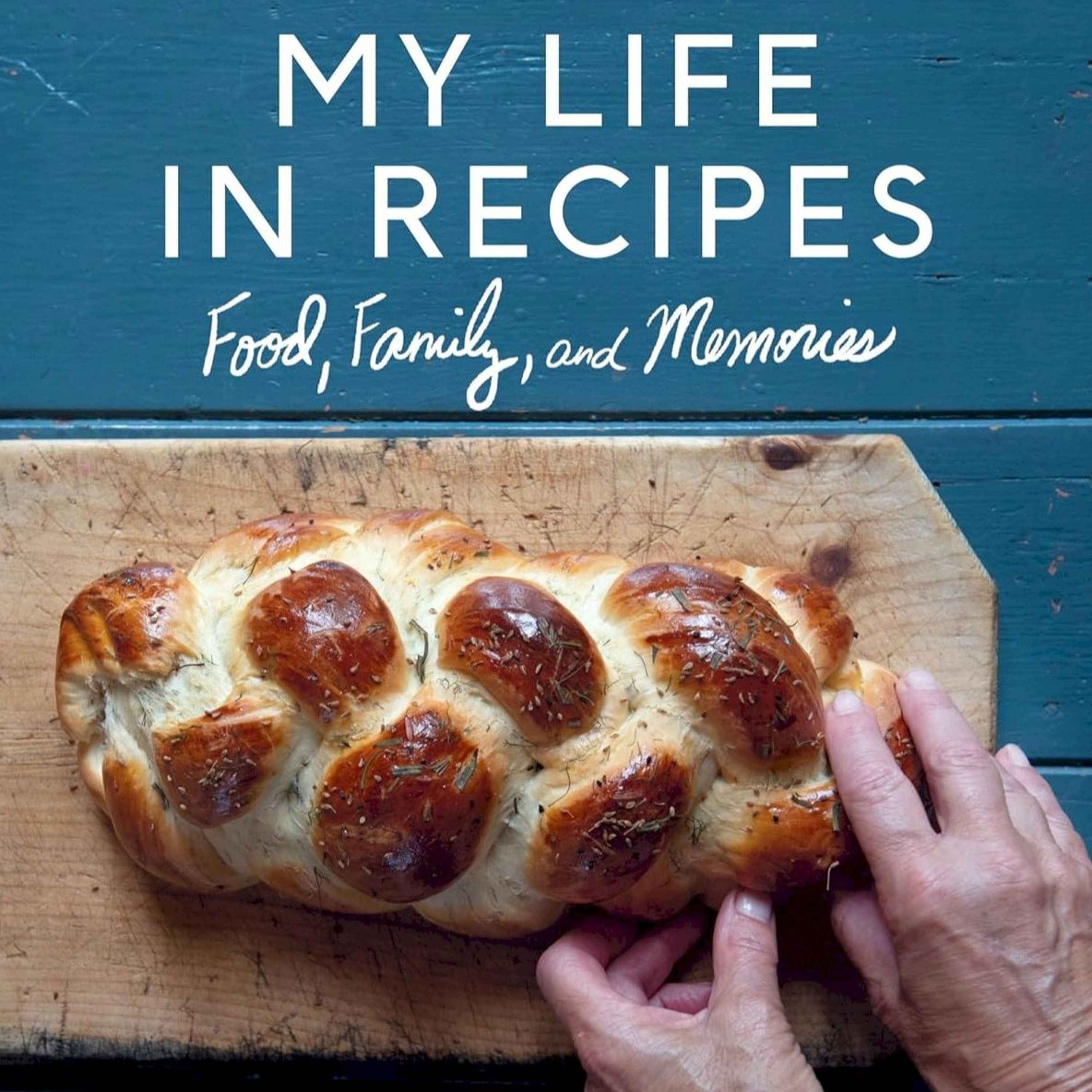 Culinary Historians of ChicagoMy Life in Recipes: Food, Family and MemoriesMy Life in Recipes: Food, Family and Memories
Presented by Joan Nathan
Joan Nathan has been called the Jewish Julia Child, and is considered one of the world’s great authorities on Jewish cuisine. She is the author of twelve books, including the award winning Jewish Cooking in America and King Solomon’s Table.
Come join us as Joan Nathan serves a buffet of tales from her latest and most personal book, My Life in Recipes/ Food Family and Memories. Joan uses recipes to look back at her own family’s history — their arrival in America from Germany; her childhood in postw...2024-08-2047 min
Culinary Historians of ChicagoMy Life in Recipes: Food, Family and MemoriesMy Life in Recipes: Food, Family and Memories
Presented by Joan Nathan
Joan Nathan has been called the Jewish Julia Child, and is considered one of the world’s great authorities on Jewish cuisine. She is the author of twelve books, including the award winning Jewish Cooking in America and King Solomon’s Table.
Come join us as Joan Nathan serves a buffet of tales from her latest and most personal book, My Life in Recipes/ Food Family and Memories. Joan uses recipes to look back at her own family’s history — their arrival in America from Germany; her childhood in postw...2024-08-2047 min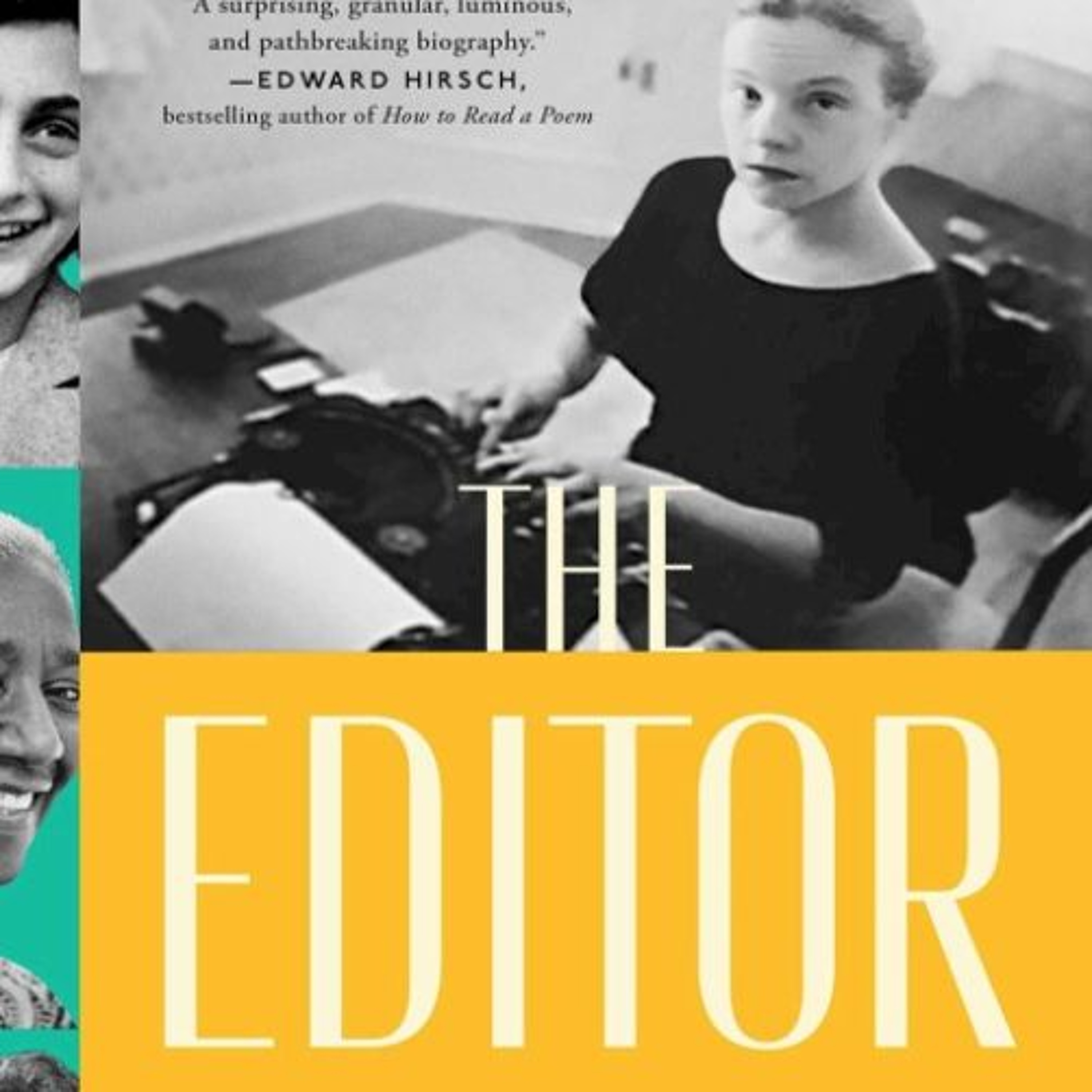 Culinary Historians of ChicagoHow Publishing Legend Judith Jones Shaped Culture in AmericaHow Publishing Legend Judith Jones Shaped Culture in America
Sarah B. Franklin
Come join us as food historian and author Sara Franklin gives insight into Judith Jones, the visionary behind some of the most important authors of the 20th century, including Julia Child, Anne Frank, John Updike and Sylvia Plath. This iconic editor finally gets her due in Ms. Franklin’s newly released book, The Editor.
Ms. Franklin recounts that when Judith Jones began working at Doubleday’s Paris office in 1949, the then twenty-five-year-old spent most of her time wading through manuscripts in the slush pile and passing on projects—until...2024-06-111h 10
Culinary Historians of ChicagoHow Publishing Legend Judith Jones Shaped Culture in AmericaHow Publishing Legend Judith Jones Shaped Culture in America
Sarah B. Franklin
Come join us as food historian and author Sara Franklin gives insight into Judith Jones, the visionary behind some of the most important authors of the 20th century, including Julia Child, Anne Frank, John Updike and Sylvia Plath. This iconic editor finally gets her due in Ms. Franklin’s newly released book, The Editor.
Ms. Franklin recounts that when Judith Jones began working at Doubleday’s Paris office in 1949, the then twenty-five-year-old spent most of her time wading through manuscripts in the slush pile and passing on projects—until...2024-06-111h 10 Culinary Historians of ChicagoFrom Bean to Bar – Exploring the Complex World of ChocolateFrom Bean to Bar – Exploring the Complex World of Chocolate
Presented by Adam Centamore
Chocolate is one of the world’s most beloved foods, and it’s no surprise why. Few treats can rival the sweet, rich flavors of a well-made bar of chocolate. When it comes to the history, creation and production of cacao, however, most people are far less familiar with those details. It’s time to see what makes this global favorite tick! Spend an evening learning all about chocolate with educator and writer (and chocolate fiend) Adam Centamore. He’ll share chocolate’s origins and history, how differen...2024-03-011h 10
Culinary Historians of ChicagoFrom Bean to Bar – Exploring the Complex World of ChocolateFrom Bean to Bar – Exploring the Complex World of Chocolate
Presented by Adam Centamore
Chocolate is one of the world’s most beloved foods, and it’s no surprise why. Few treats can rival the sweet, rich flavors of a well-made bar of chocolate. When it comes to the history, creation and production of cacao, however, most people are far less familiar with those details. It’s time to see what makes this global favorite tick! Spend an evening learning all about chocolate with educator and writer (and chocolate fiend) Adam Centamore. He’ll share chocolate’s origins and history, how differen...2024-03-011h 10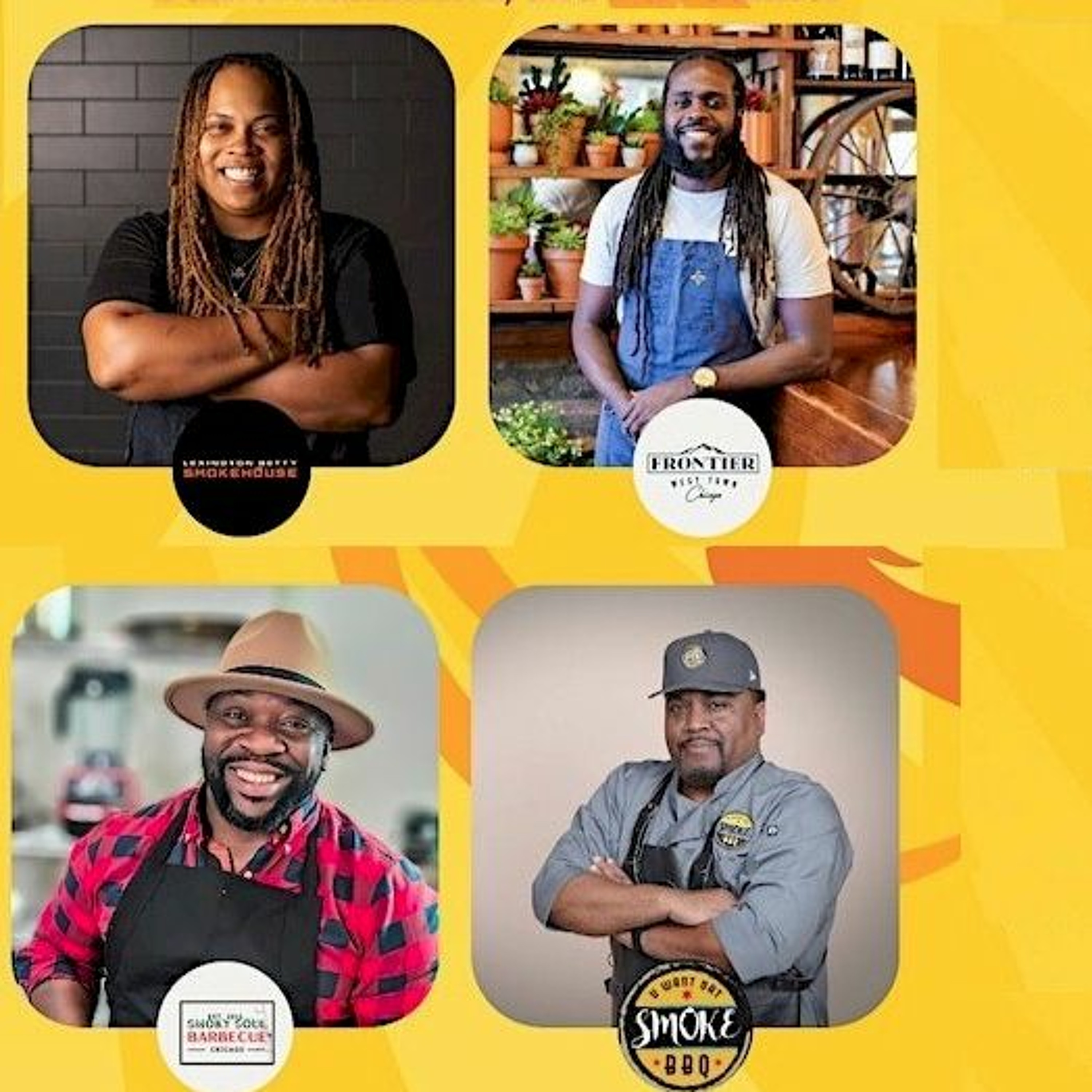 Culinary Historians of ChicagoIgnite The Conversation: A Exploration Into Chicago-style BBQIgnite The Conversation: A Exploration Into Chicago-style BBQ
Dominique Leach (Lexington Betty Smokehouse) – Brian Jupiter (Frontier/Ina Mae Tavern)- Daniel Hammond (Smoky Soul BBQ)- Ron Conner (U Want Dat Smoke BBQ)
Media Speakers: Journalist Monica Eng of AXIOS Chicago and co-author of Made in Chicago: Stories Behind 30 Great Hometown Bites & James Beard Award-winning food writer/video producer Mike Gebert of Fooditor
Moderator: Catherine Lambrecht, Culinary Historians of Chicago
We’ve all heard of the classic BBQ styles from regions like Kansas City, Memphis or Texas-style. But what about Chicago-style BBQ?
From Rib tips to Hot Links to Mild Sauc...2024-02-2658 min
Culinary Historians of ChicagoIgnite The Conversation: A Exploration Into Chicago-style BBQIgnite The Conversation: A Exploration Into Chicago-style BBQ
Dominique Leach (Lexington Betty Smokehouse) – Brian Jupiter (Frontier/Ina Mae Tavern)- Daniel Hammond (Smoky Soul BBQ)- Ron Conner (U Want Dat Smoke BBQ)
Media Speakers: Journalist Monica Eng of AXIOS Chicago and co-author of Made in Chicago: Stories Behind 30 Great Hometown Bites & James Beard Award-winning food writer/video producer Mike Gebert of Fooditor
Moderator: Catherine Lambrecht, Culinary Historians of Chicago
We’ve all heard of the classic BBQ styles from regions like Kansas City, Memphis or Texas-style. But what about Chicago-style BBQ?
From Rib tips to Hot Links to Mild Sauc...2024-02-2658 min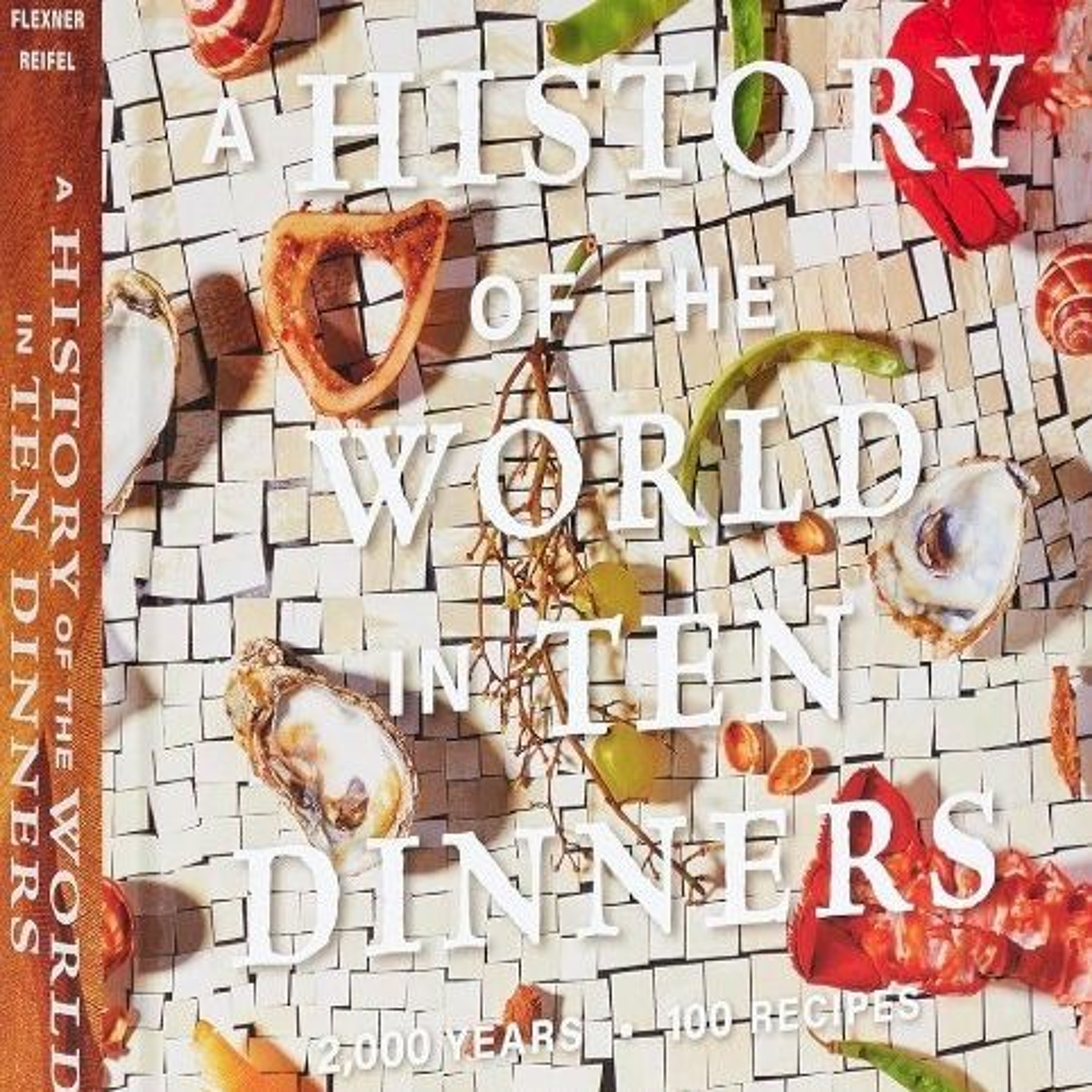 Culinary Historians of ChicagoA History of the World in 10 Dinners: 2,000 Years, 100 RecipesA History of the World in 10 Dinners: 2,000 Years, 100 Recipes
Victoria Flexner and Jay Reifel
In 2014, food historians Victoria Flexner and Jay Reifel cooked up a NYC supper club called Edible History, a pairing of fine dining and intellectual stimulation. Now they’ve spun their experience into a recently published book, A History of the World in 10 Dinners: 2,000 Years, 100 Recipes (Rizzoli).
Come join us as the authors share highlights from their work and give us a world of culinary traditions and unfamiliar ingredients through dishes that make up 10 historical dinners: think Tudor England’s Cockatrice — a chicken sewn into a pig, then r...2023-12-1349 min
Culinary Historians of ChicagoA History of the World in 10 Dinners: 2,000 Years, 100 RecipesA History of the World in 10 Dinners: 2,000 Years, 100 Recipes
Victoria Flexner and Jay Reifel
In 2014, food historians Victoria Flexner and Jay Reifel cooked up a NYC supper club called Edible History, a pairing of fine dining and intellectual stimulation. Now they’ve spun their experience into a recently published book, A History of the World in 10 Dinners: 2,000 Years, 100 Recipes (Rizzoli).
Come join us as the authors share highlights from their work and give us a world of culinary traditions and unfamiliar ingredients through dishes that make up 10 historical dinners: think Tudor England’s Cockatrice — a chicken sewn into a pig, then r...2023-12-1349 min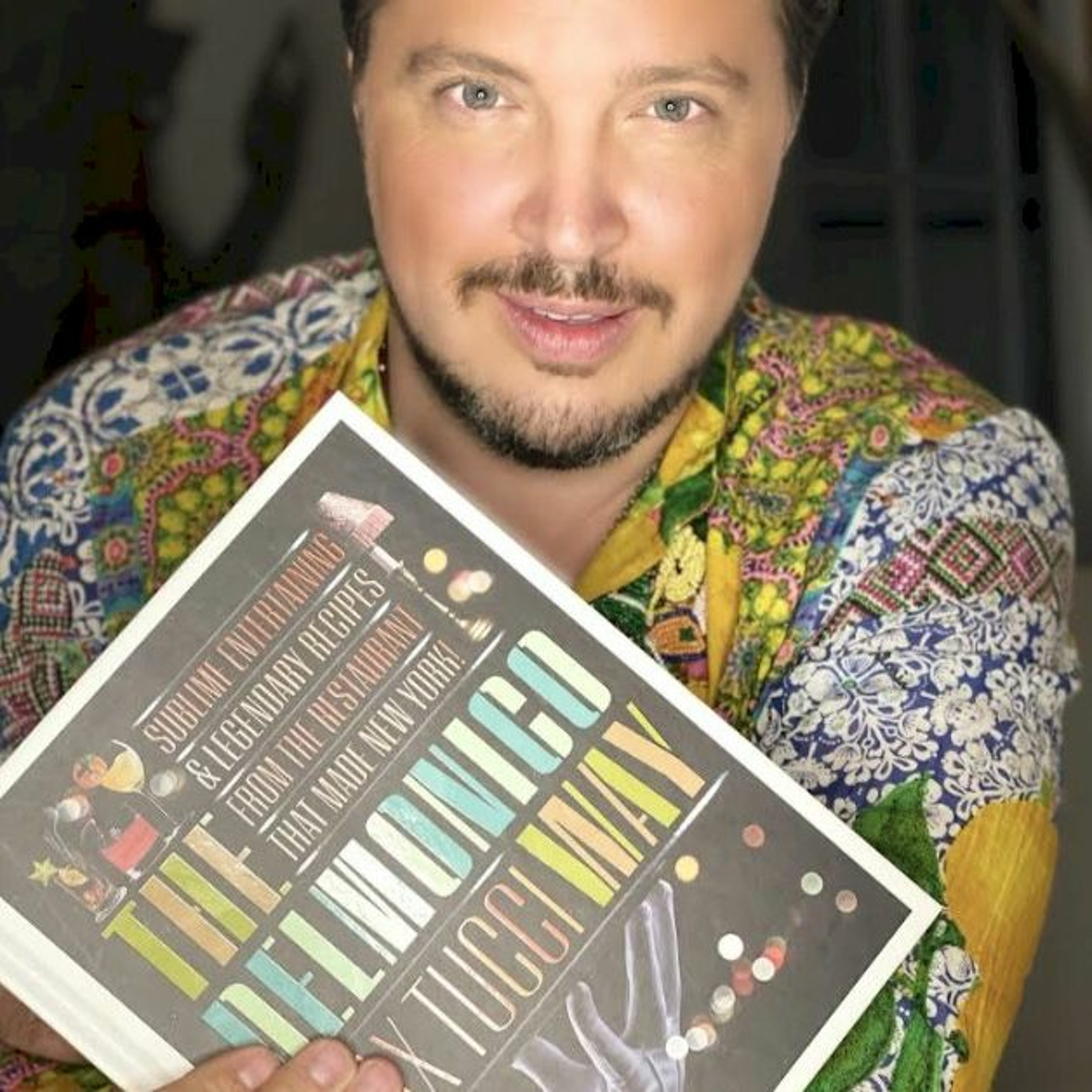 Culinary Historians of ChicagoThe Delmonico WayThe Delmonico Way
Max Tucci
From Scott Warner, President, Culinary Historians of Chicago
I just couldn’t pass it up. When I attended the International Association of Culinary Professionals Conference in New York this past September, one limited-seating event had me signing up immediately: an historic dinner in the board room at Delmonico’s, hosted by third generation partner and global brand officer, Max Tucci.
Max regaled us with the luscious history of what is widely recognized as America’s first fine dining restaurant, that began in 1827 in Manhattan as a small cafe and pastry shop. It was opened by Italia...2023-11-101h 14
Culinary Historians of ChicagoThe Delmonico WayThe Delmonico Way
Max Tucci
From Scott Warner, President, Culinary Historians of Chicago
I just couldn’t pass it up. When I attended the International Association of Culinary Professionals Conference in New York this past September, one limited-seating event had me signing up immediately: an historic dinner in the board room at Delmonico’s, hosted by third generation partner and global brand officer, Max Tucci.
Max regaled us with the luscious history of what is widely recognized as America’s first fine dining restaurant, that began in 1827 in Manhattan as a small cafe and pastry shop. It was opened by Italia...2023-11-101h 14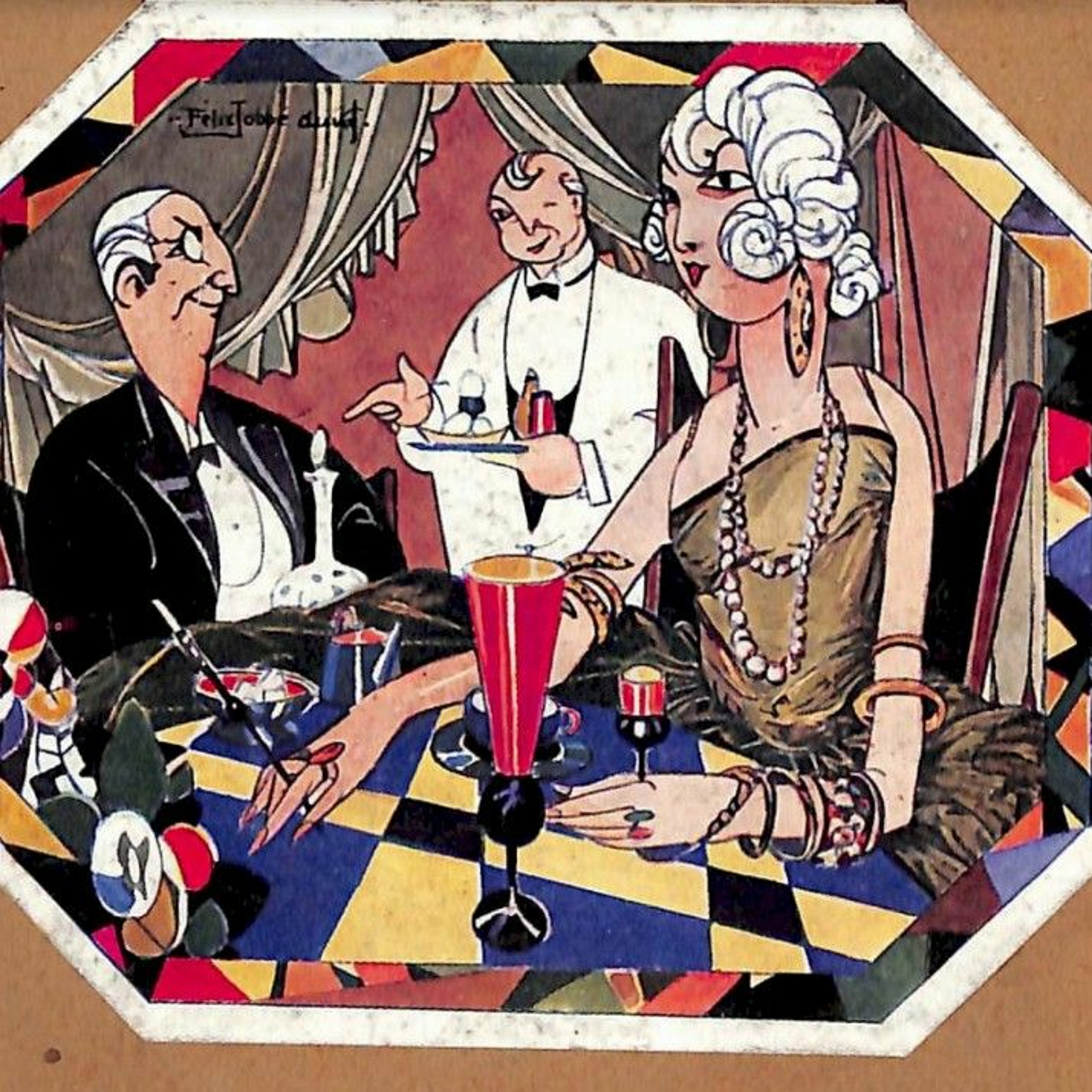 Culinary Historians of ChicagoFeeding the Art Deco SpiritFeeding the Art Deco Spirit
Presented by Teri Edelstein, PhD
Cover image: Café, bars, restaurants, Cover Félix Jobbé-Duval Café, bars, restaurants, Cover Félix Jobbé-Duval Paris: Librairie de la Construction moderne, 1930
A central aspect of the culture and lifestyle of the 1920s and 30s was the creation and consumption of food. You could exist in an Art Deco world where everything from the soup to the nuts was inflected with this style. As a pervasive mode, Deco shaped a total environment and food and drink were an integral part of this. The lecture will focus upon some of the...2023-10-1751 min
Culinary Historians of ChicagoFeeding the Art Deco SpiritFeeding the Art Deco Spirit
Presented by Teri Edelstein, PhD
Cover image: Café, bars, restaurants, Cover Félix Jobbé-Duval Café, bars, restaurants, Cover Félix Jobbé-Duval Paris: Librairie de la Construction moderne, 1930
A central aspect of the culture and lifestyle of the 1920s and 30s was the creation and consumption of food. You could exist in an Art Deco world where everything from the soup to the nuts was inflected with this style. As a pervasive mode, Deco shaped a total environment and food and drink were an integral part of this. The lecture will focus upon some of the...2023-10-1751 min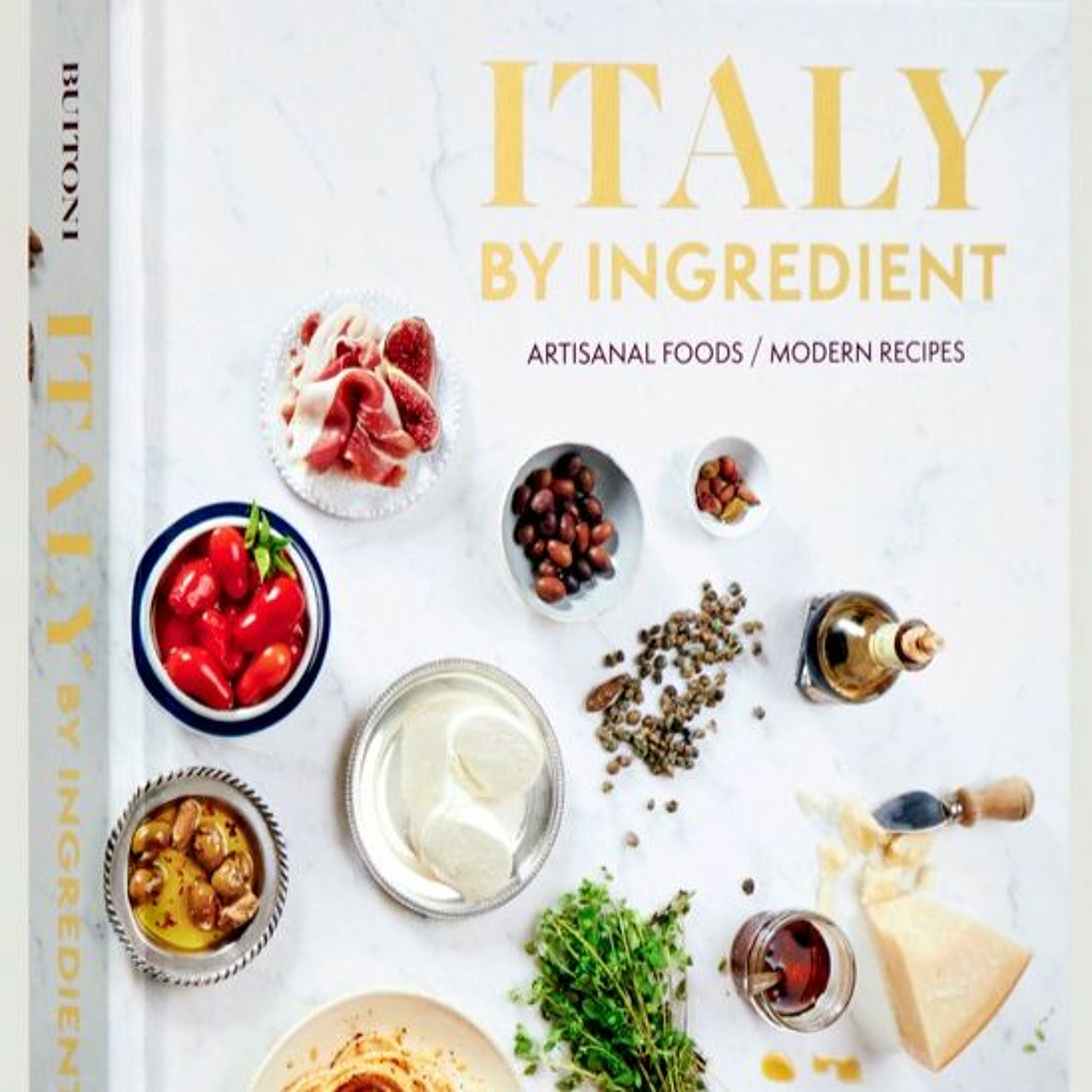 Culinary Historians of ChicagoWhat’s behind Italy’s ingredients?What’s behind Italy’s ingredients?
Presented by Viola Buitoni
Come join us as Viola Buitoni (yes, she’s a member of that illustrious pasta-manufacturing family) shares the history and geography of Italy’s most iconic ingredients, and gives tips on how we can incorporate their vibrant flavors and techniques into our kitchens. (Think balsamic vinegar, flakes of parmigiano reggiano, fresh ricotta and creamy grains of risotto.) As a native Roman raised in the Umbrian countryside, Viola grew up savoring these artisanal foods.
Viola will also give us a preview of her just-released debut cookbook Italy by Ingredient: Artisanal Foods, Modern R...2023-10-051h 40
Culinary Historians of ChicagoWhat’s behind Italy’s ingredients?What’s behind Italy’s ingredients?
Presented by Viola Buitoni
Come join us as Viola Buitoni (yes, she’s a member of that illustrious pasta-manufacturing family) shares the history and geography of Italy’s most iconic ingredients, and gives tips on how we can incorporate their vibrant flavors and techniques into our kitchens. (Think balsamic vinegar, flakes of parmigiano reggiano, fresh ricotta and creamy grains of risotto.) As a native Roman raised in the Umbrian countryside, Viola grew up savoring these artisanal foods.
Viola will also give us a preview of her just-released debut cookbook Italy by Ingredient: Artisanal Foods, Modern R...2023-10-051h 40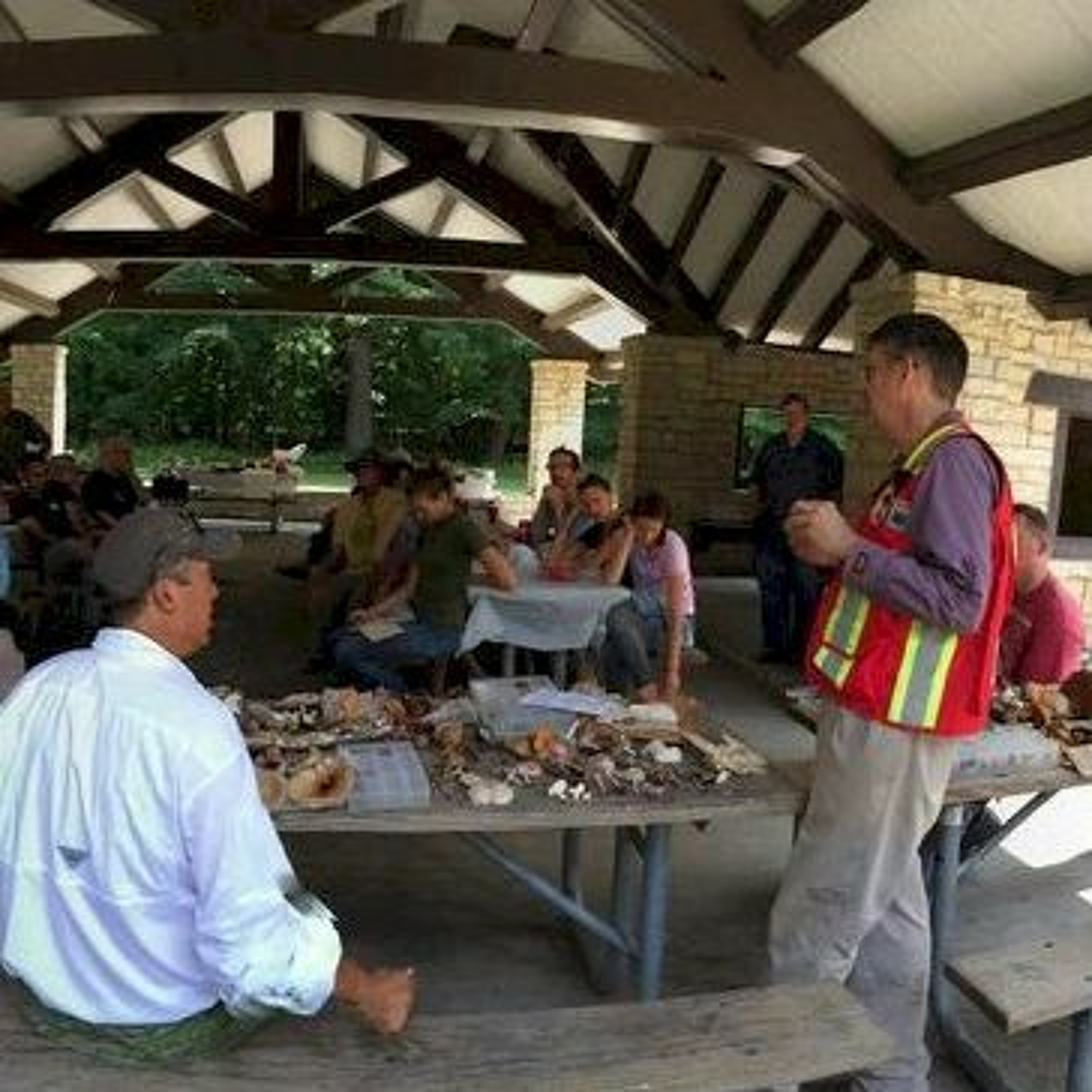 Culinary Historians of ChicagoIdentification of Mushrooms: More than the sum of their partsIdentification of Mushrooms: More than the sum of their parts
Presented by Patrick Leacock, PhD
This presentation covers visible mushroom features found with caps, gills, stems, and veils. These features are used to key out and identify wild mushrooms. We can combine these features to learn the "stature types" of gilled mushrooms, such as amanita, pluteus, tricholoma, mycena, etc.
Patrick is a mycologist documenting the mushrooms of the Upper Midwest with collections going to the Field Museum of Natural History. He teaches botany and mycology at the School of the Art Institute of Chicago. He assists on forays as a...2023-10-041h 14
Culinary Historians of ChicagoIdentification of Mushrooms: More than the sum of their partsIdentification of Mushrooms: More than the sum of their parts
Presented by Patrick Leacock, PhD
This presentation covers visible mushroom features found with caps, gills, stems, and veils. These features are used to key out and identify wild mushrooms. We can combine these features to learn the "stature types" of gilled mushrooms, such as amanita, pluteus, tricholoma, mycena, etc.
Patrick is a mycologist documenting the mushrooms of the Upper Midwest with collections going to the Field Museum of Natural History. He teaches botany and mycology at the School of the Art Institute of Chicago. He assists on forays as a...2023-10-041h 14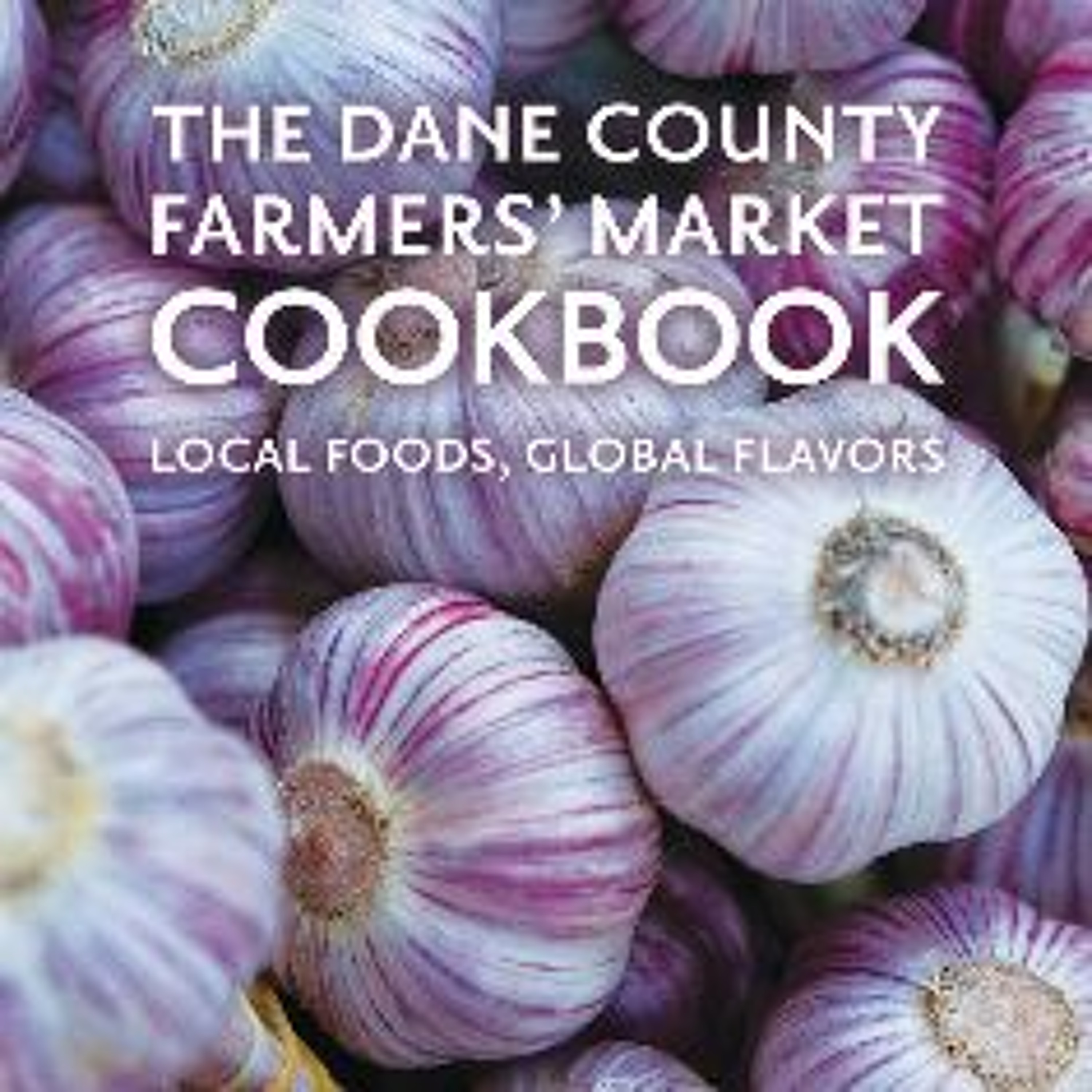 Culinary Historians of ChicagoMadison's Magical MarketMadison's Magical Market
Presented by Terese Allen,
Culinary Historian and writer
Come join us as one of Wisconsin’s most celebrated culinary historians and food writers, Terese Allen, takes us on a delicious journey into our nation’s largest produce-only farmers’ market, The Dane County Farmers’ Market.
Held in Madison’s vast Capitol Square, this more than half-century old market has helped area agriculture flourish, and dramatically changed the character of food culture in the region. Terese will share all this and introduce us to the colorful farmers.
Terese has also captured the full flavor off the market in her just-relea...2023-09-211h 06
Culinary Historians of ChicagoMadison's Magical MarketMadison's Magical Market
Presented by Terese Allen,
Culinary Historian and writer
Come join us as one of Wisconsin’s most celebrated culinary historians and food writers, Terese Allen, takes us on a delicious journey into our nation’s largest produce-only farmers’ market, The Dane County Farmers’ Market.
Held in Madison’s vast Capitol Square, this more than half-century old market has helped area agriculture flourish, and dramatically changed the character of food culture in the region. Terese will share all this and introduce us to the colorful farmers.
Terese has also captured the full flavor off the market in her just-relea...2023-09-211h 06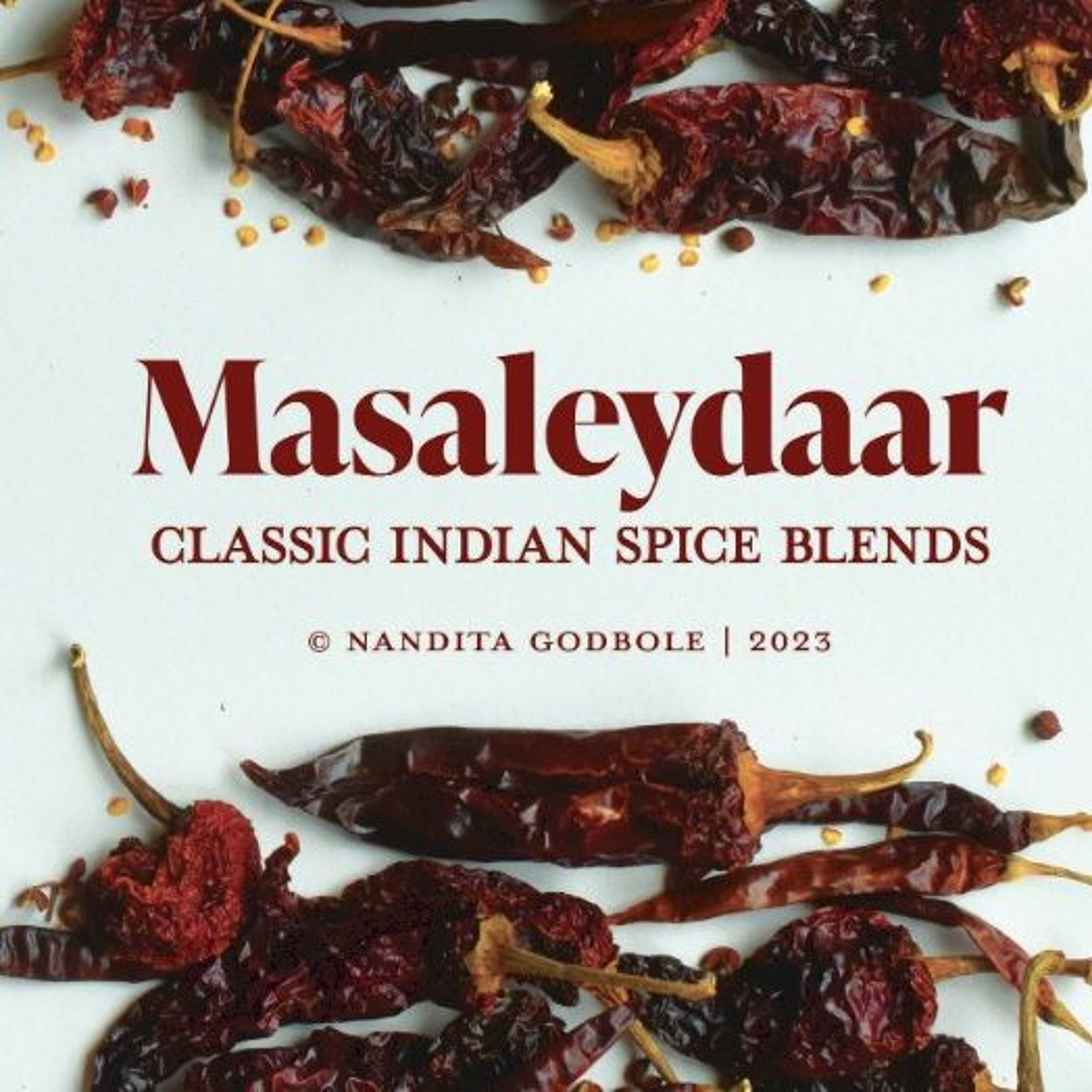 Culinary Historians of ChicagoMuch ado about masalas—a deep dive into Indian CuisineMuch ado about masalas—a deep dive into Indian Cuisine
Come join us as a maven of masala, Nandita Godbole, explores India’s complex and delicious regional cuisines through its culinary backbone – its masalas (which, by the way, are a vast number of spice mixtures ground into a paste or powder for use in Indian cooking).
Nandita will be dishing out a buffet of savory information on the micro cuisines of India, giving us a healthy serving of geopolitical histories that have shaped regional food identities. And she’ll liberally season her talk with her own culinary anecdotes.
Nandita is drawing...2023-09-011h 33
Culinary Historians of ChicagoMuch ado about masalas—a deep dive into Indian CuisineMuch ado about masalas—a deep dive into Indian Cuisine
Come join us as a maven of masala, Nandita Godbole, explores India’s complex and delicious regional cuisines through its culinary backbone – its masalas (which, by the way, are a vast number of spice mixtures ground into a paste or powder for use in Indian cooking).
Nandita will be dishing out a buffet of savory information on the micro cuisines of India, giving us a healthy serving of geopolitical histories that have shaped regional food identities. And she’ll liberally season her talk with her own culinary anecdotes.
Nandita is drawing...2023-09-011h 33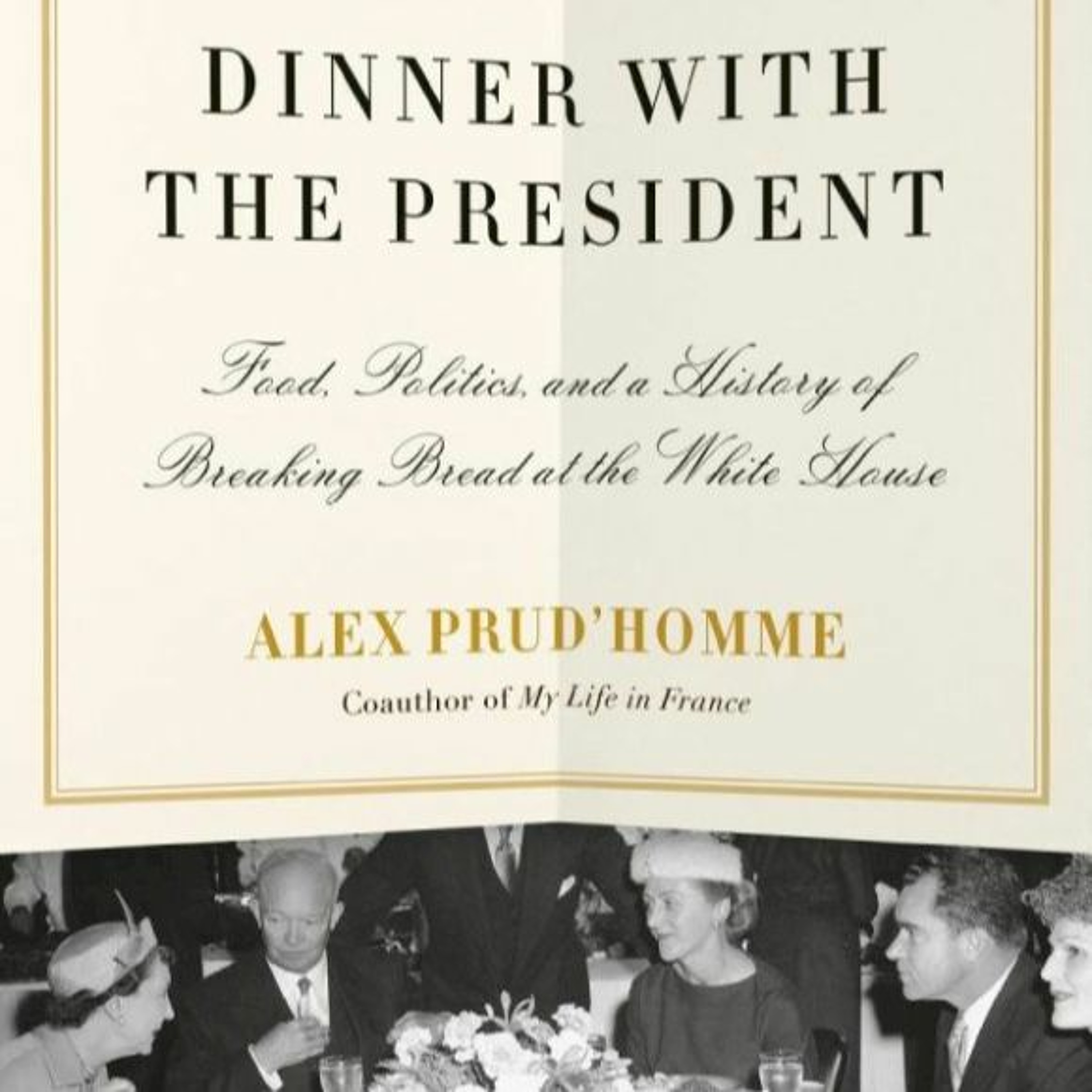 Culinary Historians of ChicagoPaul Prud'homme, Dinner with the PresidentPaul Prud'homme, Dinner with the President
You all probably know of Alex Prud’homme as co-author of Julia Child’s best selling memoir, My Life in France. Come join us as Alex takes us into the White House to talk about his latest book, Dinner with the President. Alex will serve us a capsulated history of American food and politics, from the grim meals eaten by George Washington and his starving troops at Valley Forge, to Donald Trump’s burger banquets and Joe Biden’s “performance enhancing” ice cream—what they ate, why they ate it, and what it tells us about the s...2023-07-131h 03
Culinary Historians of ChicagoPaul Prud'homme, Dinner with the PresidentPaul Prud'homme, Dinner with the President
You all probably know of Alex Prud’homme as co-author of Julia Child’s best selling memoir, My Life in France. Come join us as Alex takes us into the White House to talk about his latest book, Dinner with the President. Alex will serve us a capsulated history of American food and politics, from the grim meals eaten by George Washington and his starving troops at Valley Forge, to Donald Trump’s burger banquets and Joe Biden’s “performance enhancing” ice cream—what they ate, why they ate it, and what it tells us about the s...2023-07-131h 03 Culinary Historians of ChicagoFlora, Fauna and Foodways with Nancy Webster, ArchivistFlora, Fauna and Foodways with Archivist Nancy Webster
Researching the early 20th century images of local flora and fauna by Jesse Lowe Smith and E. E. Parratt led to further investigation. Twenty-first century publications including Andreas Viestad’s Dinner in Rome a History of the world in one Meal and Arbres et arbustes sauvages des trottoirs toulousains (Wild trees and plants and shrubs of the sidewalks of Toulouse) by Boris Presseq inspired further research of these plants as food sources for humans. We will share selected early 20th century, local images and documentation of these plants’ in early recipes.
Nancy Webs...2023-07-0744 min
Culinary Historians of ChicagoFlora, Fauna and Foodways with Nancy Webster, ArchivistFlora, Fauna and Foodways with Archivist Nancy Webster
Researching the early 20th century images of local flora and fauna by Jesse Lowe Smith and E. E. Parratt led to further investigation. Twenty-first century publications including Andreas Viestad’s Dinner in Rome a History of the world in one Meal and Arbres et arbustes sauvages des trottoirs toulousains (Wild trees and plants and shrubs of the sidewalks of Toulouse) by Boris Presseq inspired further research of these plants as food sources for humans. We will share selected early 20th century, local images and documentation of these plants’ in early recipes.
Nancy Webs...2023-07-0744 min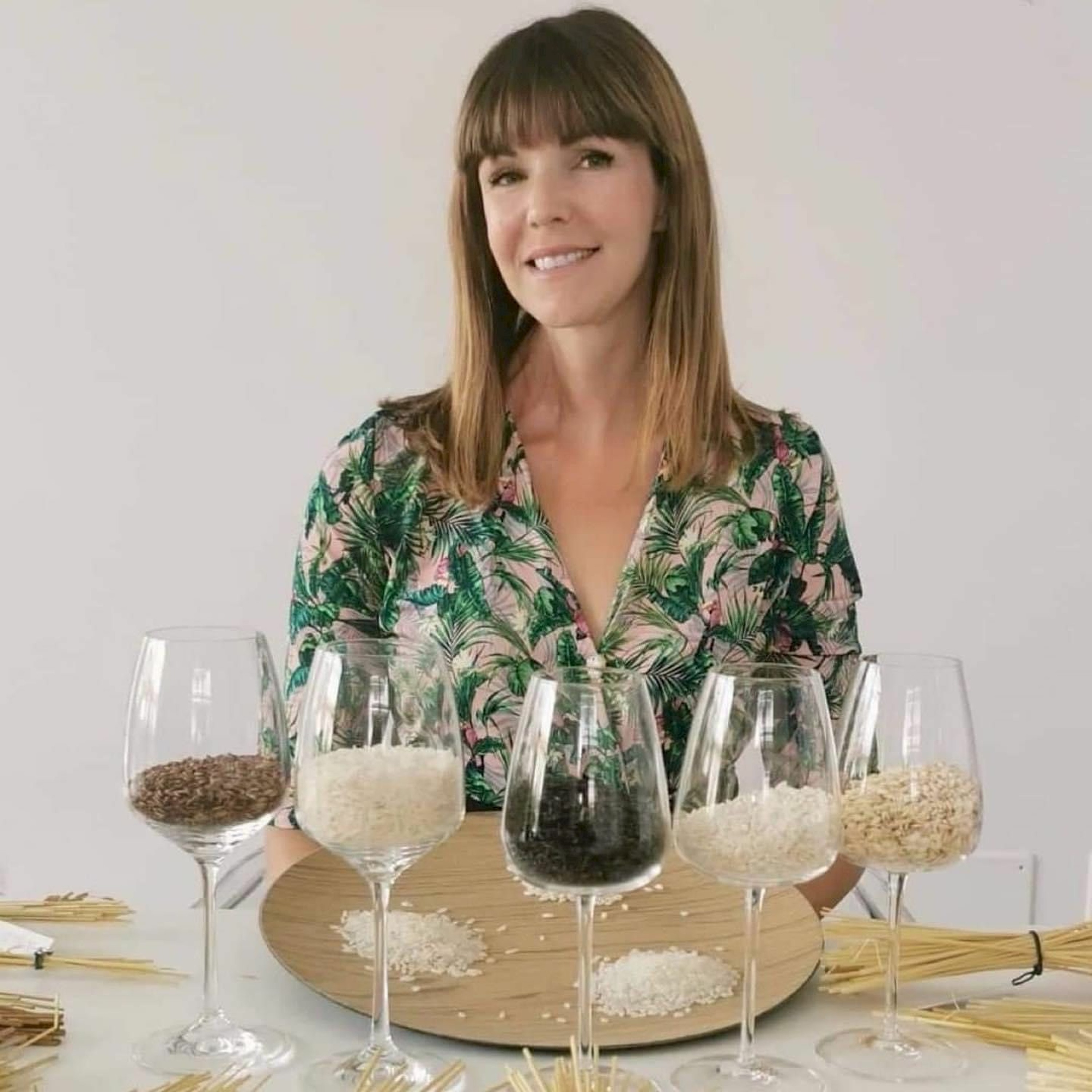 Culinary Historians of ChicagoLive from Rome: A Slice of Rice - Italian StyleLive from Rome: A Slice of Rice - Italian Style
Valentina Masotti (with Viola Buitoni)
Our illustrious speaker, Valentina Masotti, rice sommelier, comes to us from her home in Rome, Italy, where she will serve up a cornucopia of delectable rice history, teach us about the different classifications of rice, and demonstrate how to properly prepare risotto. Here’s what’s on our rice guru’s menu:
- What kind of rice is cultivated in Europe and in Italy.
- What should we use for different recipes? (We’ll discover the European classification to distinguish the different types.)
- The milling...2023-06-111h 37
Culinary Historians of ChicagoLive from Rome: A Slice of Rice - Italian StyleLive from Rome: A Slice of Rice - Italian Style
Valentina Masotti (with Viola Buitoni)
Our illustrious speaker, Valentina Masotti, rice sommelier, comes to us from her home in Rome, Italy, where she will serve up a cornucopia of delectable rice history, teach us about the different classifications of rice, and demonstrate how to properly prepare risotto. Here’s what’s on our rice guru’s menu:
- What kind of rice is cultivated in Europe and in Italy.
- What should we use for different recipes? (We’ll discover the European classification to distinguish the different types.)
- The milling...2023-06-111h 37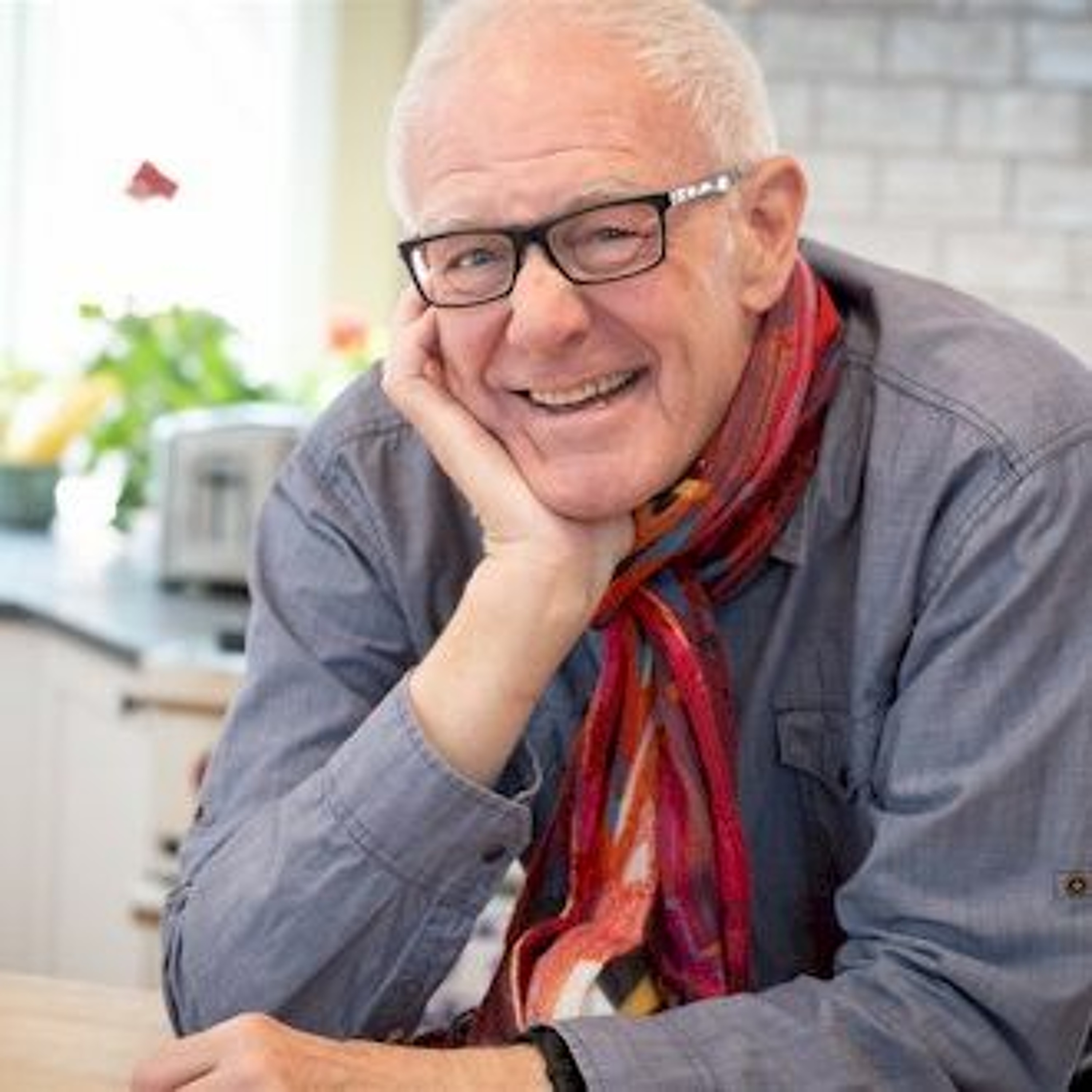 Culinary Historians of ChicagoColombian Exchange Hit World Like Culinary CometColombian Exchange Hit World
Like Culinary Comet
Presented by Bill St. John
What we call the Colombian Exchange was that vast interchange of foodstuffs (and peoples, non-edible plants, technology, cultures, diseases and various animals) between the New World and the Old World that began in 1492 A.D. when Columbus “reunited” those two hemispheres.
Come join us as culinary historian Bill St. John serves us the story of the Exchange’s most noteworthy foods: maize, the potato and tomato, cacao, many squashes and beans, the chicken, turkey and the hog.
“Note that the exchanges were in both directions” Bill says. “The tomato and tur...2023-06-011h 01
Culinary Historians of ChicagoColombian Exchange Hit World Like Culinary CometColombian Exchange Hit World
Like Culinary Comet
Presented by Bill St. John
What we call the Colombian Exchange was that vast interchange of foodstuffs (and peoples, non-edible plants, technology, cultures, diseases and various animals) between the New World and the Old World that began in 1492 A.D. when Columbus “reunited” those two hemispheres.
Come join us as culinary historian Bill St. John serves us the story of the Exchange’s most noteworthy foods: maize, the potato and tomato, cacao, many squashes and beans, the chicken, turkey and the hog.
“Note that the exchanges were in both directions” Bill says. “The tomato and tur...2023-06-011h 01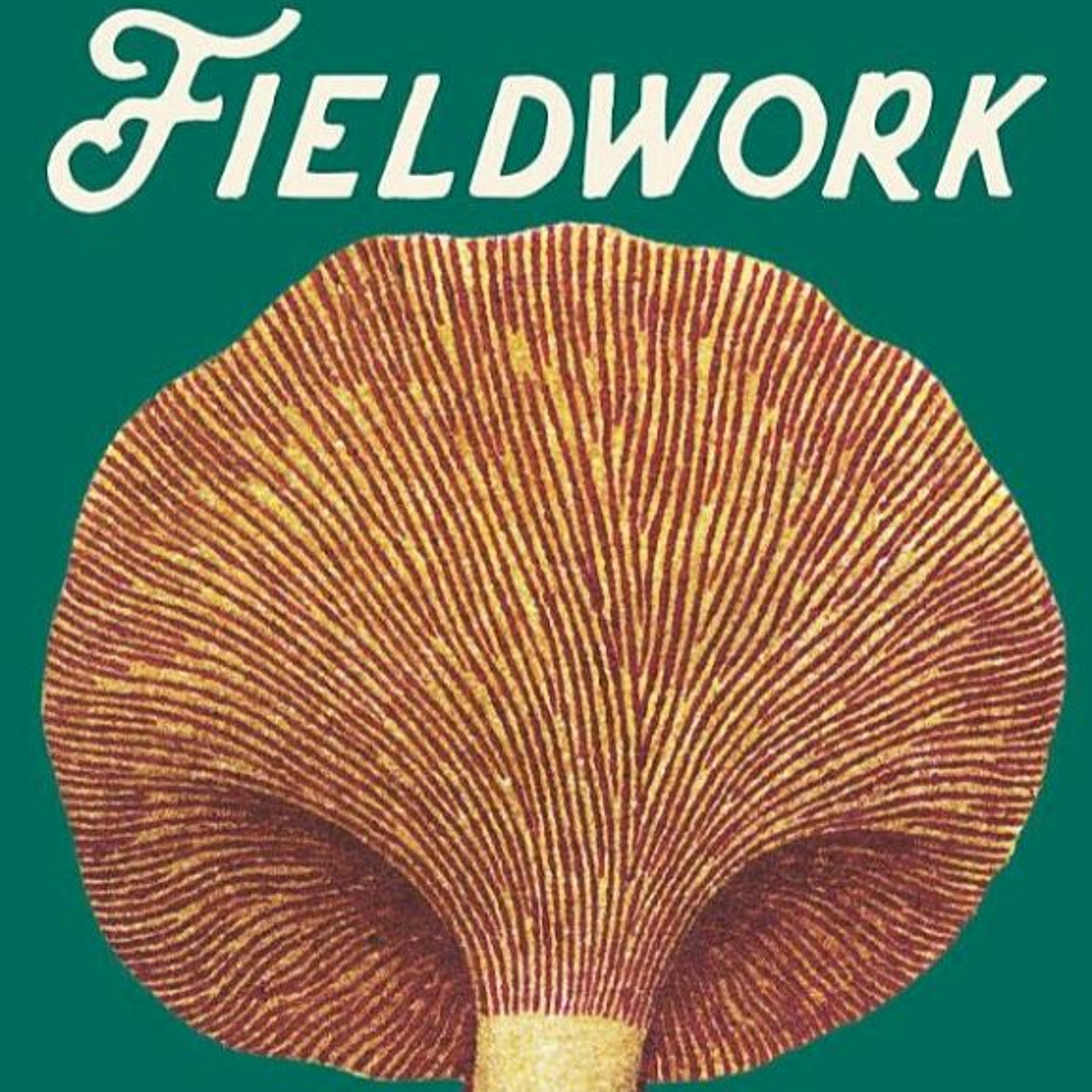 Culinary Historians of ChicagoFieldwork: A Forager’s MemoirFieldwork: A Forager’s Memoir
Presented by Iliana Regan
As Regan explores the ancient landscape of Michigan’s boreal forest, her stories of the land, its creatures, and its dazzling profusion of plant and vegetable life are interspersed with efforts to make a home and a business of an inn that’s suddenly, as of their first full season there in 2020, empty of guests due to the COVID-19 pandemic. She discovers where the wild blueberry bushes bear tiny fruit, where to gather wood sorrel, and where and when the land’s different mushroom species appear—even as surrounding parcels of land are s...2023-05-0255 min
Culinary Historians of ChicagoFieldwork: A Forager’s MemoirFieldwork: A Forager’s Memoir
Presented by Iliana Regan
As Regan explores the ancient landscape of Michigan’s boreal forest, her stories of the land, its creatures, and its dazzling profusion of plant and vegetable life are interspersed with efforts to make a home and a business of an inn that’s suddenly, as of their first full season there in 2020, empty of guests due to the COVID-19 pandemic. She discovers where the wild blueberry bushes bear tiny fruit, where to gather wood sorrel, and where and when the land’s different mushroom species appear—even as surrounding parcels of land are s...2023-05-0255 min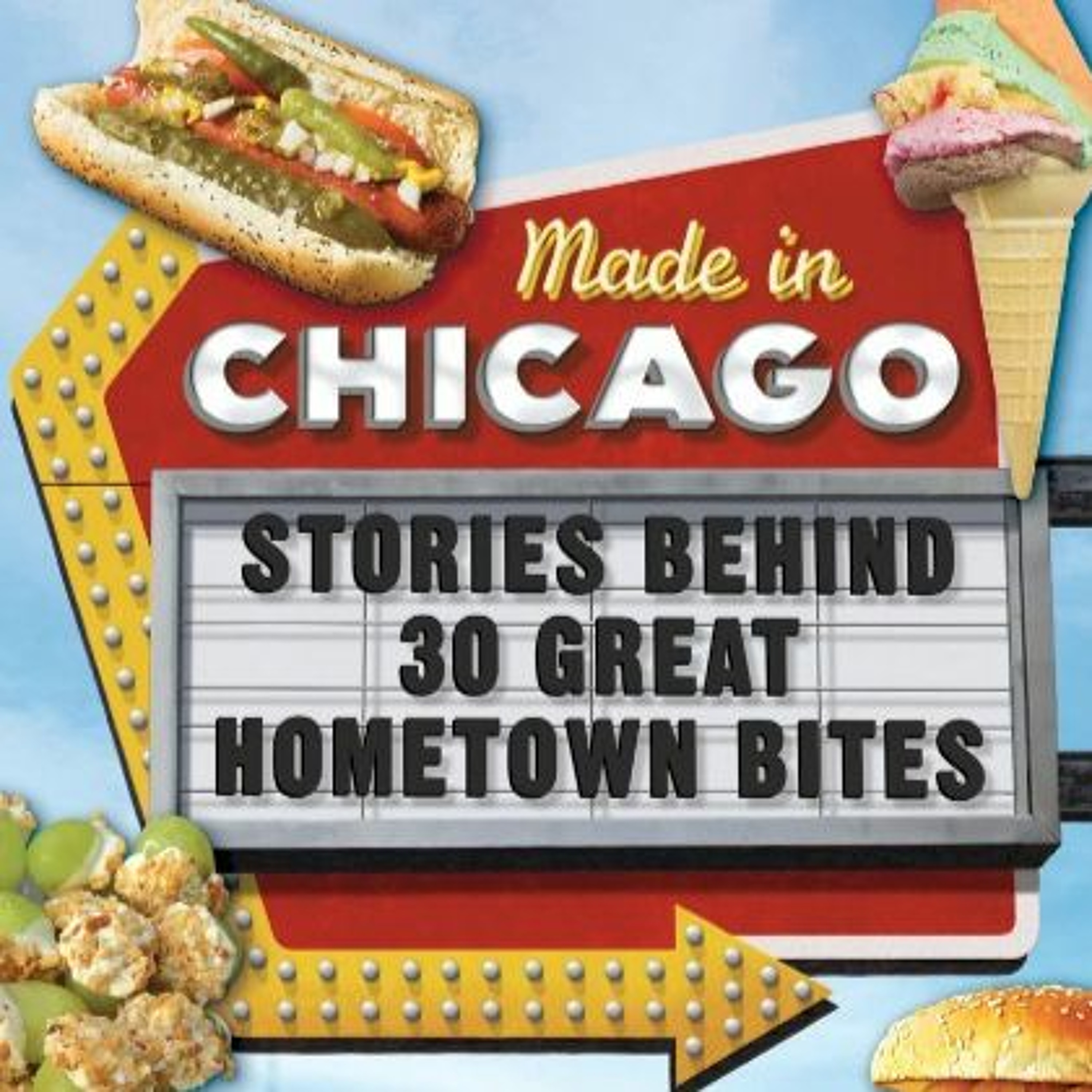 Culinary Historians of ChicagoMade in Chicago: Stories Behind 30 Great Hometown BitesMade in Chicago: Stories Behind 30 Great Hometown Bites
Presented by Monica Eng and David Hammond
Chicago food shows its true depth in classic dishes conceived in the kitchens of immigrant innovators, neighborhood entrepreneurs, and mom-and-pop visionaries.
Monica Eng and David Hammond draw on decades of exploring the city’s food landscape to serve up thirty can’t-miss eats found in all corners of Chicago. From Mild Sauce to the Jibarito and from Taffy Grapes to Steak and Lemonade, Eng and Hammond present stories of the people and places behind each dish while illuminating how these local favorites reflect the multifaceted hist...2023-04-091h 11
Culinary Historians of ChicagoMade in Chicago: Stories Behind 30 Great Hometown BitesMade in Chicago: Stories Behind 30 Great Hometown Bites
Presented by Monica Eng and David Hammond
Chicago food shows its true depth in classic dishes conceived in the kitchens of immigrant innovators, neighborhood entrepreneurs, and mom-and-pop visionaries.
Monica Eng and David Hammond draw on decades of exploring the city’s food landscape to serve up thirty can’t-miss eats found in all corners of Chicago. From Mild Sauce to the Jibarito and from Taffy Grapes to Steak and Lemonade, Eng and Hammond present stories of the people and places behind each dish while illuminating how these local favorites reflect the multifaceted hist...2023-04-091h 11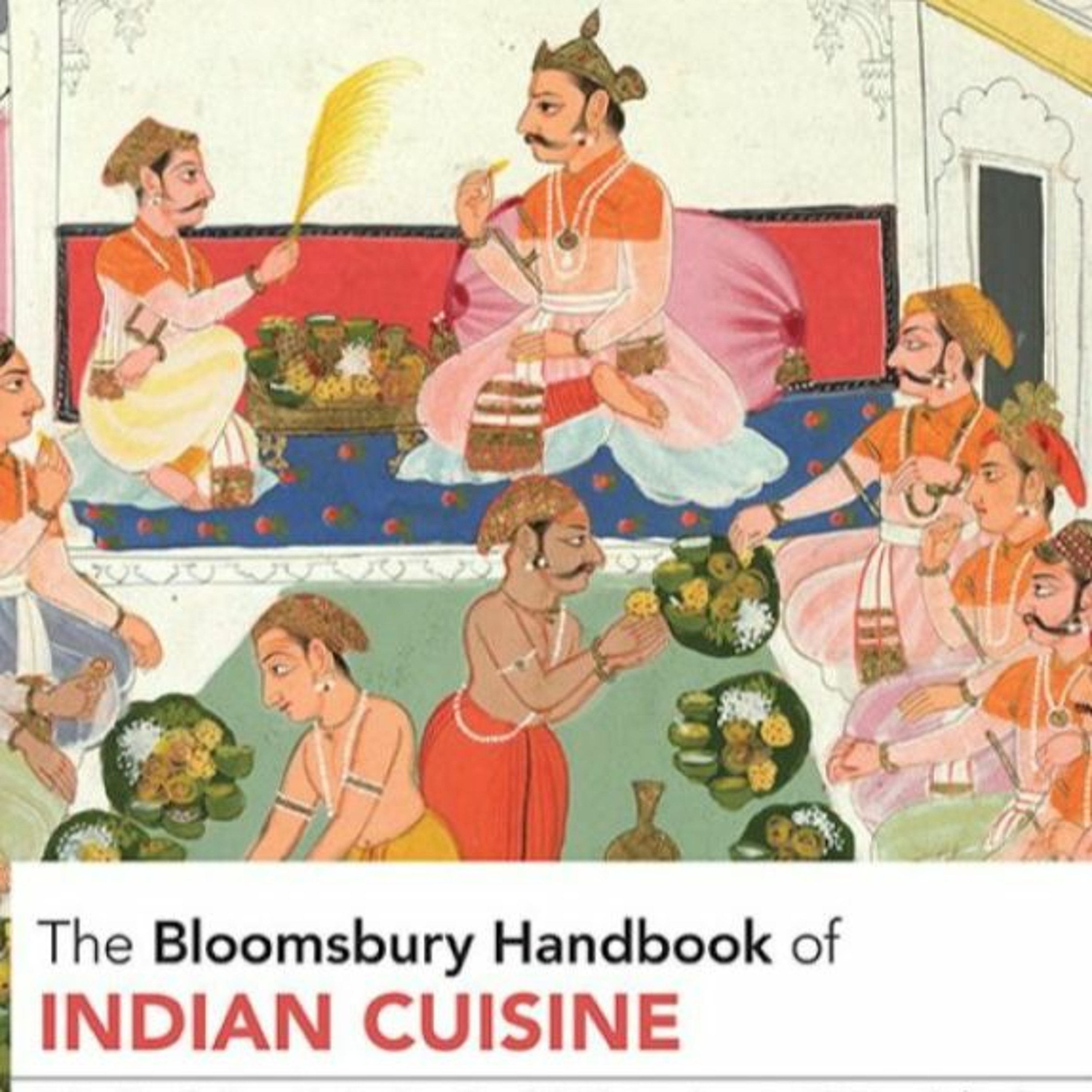 Culinary Historians of ChicagoWhat you probably didn’t know about Indian foodWhat you probably didn’t know about Indian food
Presented by Colleen Sen
What ‘ethnic food” is universally popular among Indians?
Who is known as India’s Julia Child?
What Italian restaurateur opened a restaurant called “the Maxim’s of the East?”
How are lichens used in Indian cuisine?
How do Indian Jews celebrate Purim?
Chicago-based Indian food authority and author Colleen Sen will answer these and many more questions when she dishes on the stories in her soon-to-be published work, the new Bloomsbury Handbook of Indian Cuisine. Colleen was one of three editors of this massive 450-page tome that has more than...2023-03-301h 08
Culinary Historians of ChicagoWhat you probably didn’t know about Indian foodWhat you probably didn’t know about Indian food
Presented by Colleen Sen
What ‘ethnic food” is universally popular among Indians?
Who is known as India’s Julia Child?
What Italian restaurateur opened a restaurant called “the Maxim’s of the East?”
How are lichens used in Indian cuisine?
How do Indian Jews celebrate Purim?
Chicago-based Indian food authority and author Colleen Sen will answer these and many more questions when she dishes on the stories in her soon-to-be published work, the new Bloomsbury Handbook of Indian Cuisine. Colleen was one of three editors of this massive 450-page tome that has more than...2023-03-301h 08 Culinary Historians of ChicagoThe Multiple Heritages of Irish Soda BreadThe Multiple Heritages of Irish Soda Bread
Presented by Lucy Long, PhD
Soda bread, a quick bread using baking soda as the primary rising agent, is closely associated in the U.S. with Ireland. Its history and meanings, however, are much more complicated—and tasty—than the sweet loaf with raisins that is usually found around St Patrick’s Day in March.
This talk discusses the various forms this bread takes in Northern Ireland, the Republic of Ireland, and the U.S., exploring how it represents different notions of Irish heritage in each of those countries. Recipes will be made availa...2023-03-141h 27
Culinary Historians of ChicagoThe Multiple Heritages of Irish Soda BreadThe Multiple Heritages of Irish Soda Bread
Presented by Lucy Long, PhD
Soda bread, a quick bread using baking soda as the primary rising agent, is closely associated in the U.S. with Ireland. Its history and meanings, however, are much more complicated—and tasty—than the sweet loaf with raisins that is usually found around St Patrick’s Day in March.
This talk discusses the various forms this bread takes in Northern Ireland, the Republic of Ireland, and the U.S., exploring how it represents different notions of Irish heritage in each of those countries. Recipes will be made availa...2023-03-141h 27 Culinary Historians of ChicagoAdvances in science and community science are positively impacting fungal conservationAdvances in science and community science are positively impacting fungal conservation
Presented by Greg Mueller, PhD
Greg will discuss how advances in science and community science are positively impacting fungal conservation. This presentation is for all audiences, and no prior knowledge of mycology or biology will be needed to thoroughly enjoy it.
Gregory M. Mueller, Ph.D. is Negaunee Chief Scientist and Vice President of Science at the Chicago Botanic Garden. He has been involved with the Illinois Mycological Association nearly 40 years. Among Greg's many interests and duties, he serves as Chair of the ”Fungal Conservation Committee” and the “Mushrooms, Bracke...2023-03-071h 13
Culinary Historians of ChicagoAdvances in science and community science are positively impacting fungal conservationAdvances in science and community science are positively impacting fungal conservation
Presented by Greg Mueller, PhD
Greg will discuss how advances in science and community science are positively impacting fungal conservation. This presentation is for all audiences, and no prior knowledge of mycology or biology will be needed to thoroughly enjoy it.
Gregory M. Mueller, Ph.D. is Negaunee Chief Scientist and Vice President of Science at the Chicago Botanic Garden. He has been involved with the Illinois Mycological Association nearly 40 years. Among Greg's many interests and duties, he serves as Chair of the ”Fungal Conservation Committee” and the “Mushrooms, Bracke...2023-03-071h 13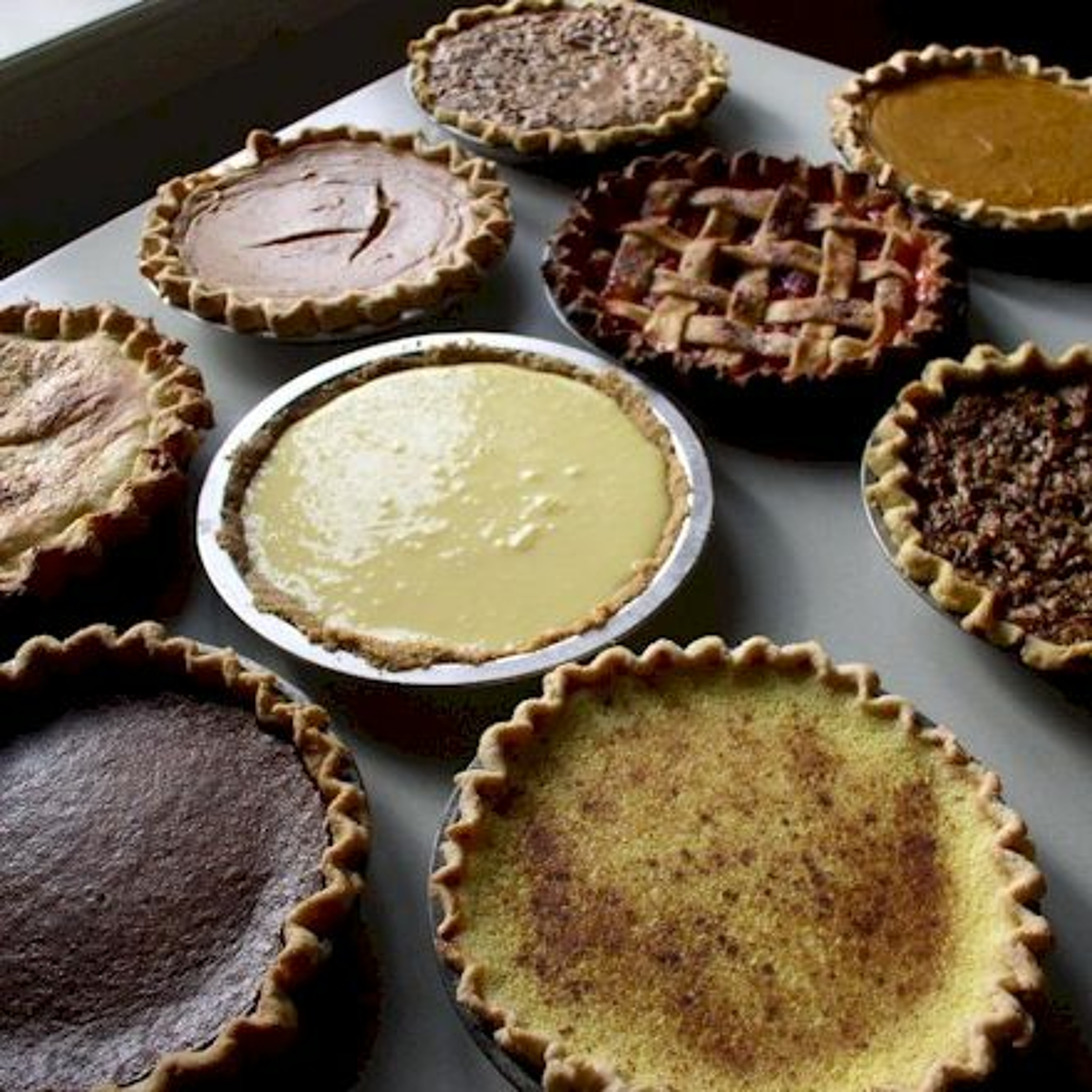 Culinary Historians of ChicagoHistory of American Pies and Illinois is Well RepresentedHistory of American Pies and Illinois is Well Represented
Presented by Catherine Lambrecht
Pies are as American as pizza is American: we took a great idea, adapted it to our needs and ran with it. Our ancestors used what they had available locally and made the most from it. You might be thinking that pies are just for dessert, but for our American ancestors, they were often considered survival food. Sometimes, they ate pie for breakfast, lunch and dinner for months at a time.
Catherine Lambrecht, who achieved Grand Champion and Best of Show at the Lake County Fair for...2023-02-261h 07
Culinary Historians of ChicagoHistory of American Pies and Illinois is Well RepresentedHistory of American Pies and Illinois is Well Represented
Presented by Catherine Lambrecht
Pies are as American as pizza is American: we took a great idea, adapted it to our needs and ran with it. Our ancestors used what they had available locally and made the most from it. You might be thinking that pies are just for dessert, but for our American ancestors, they were often considered survival food. Sometimes, they ate pie for breakfast, lunch and dinner for months at a time.
Catherine Lambrecht, who achieved Grand Champion and Best of Show at the Lake County Fair for...2023-02-261h 07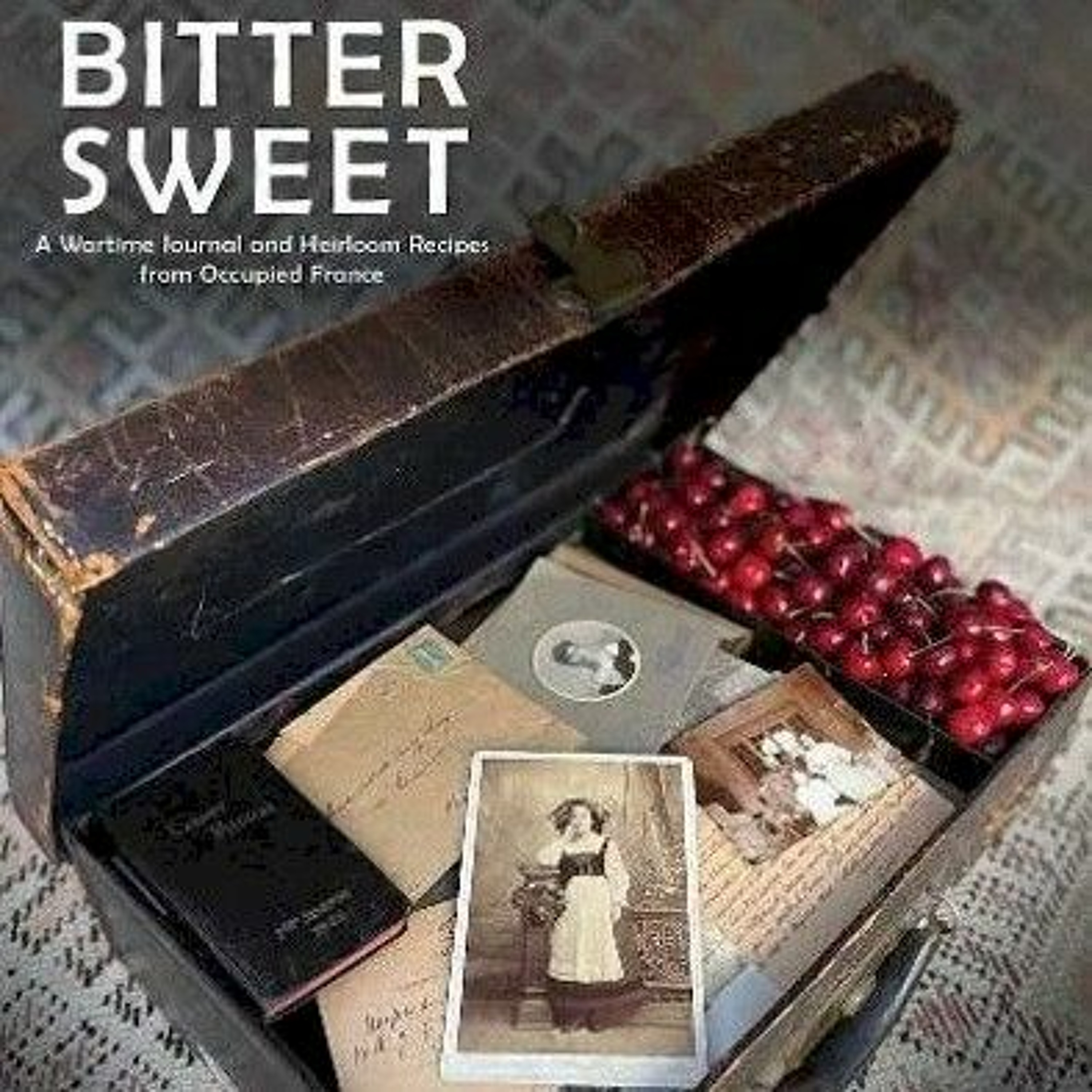 Culinary Historians of ChicagoBitter Sweet: A Wartime Journal and Heirloom Recipes from Occupied FranceBitter Sweet: A Wartime Journal and Heirloom Recipes from Occupied France
Kitty Morse
In our speaker’s own words: “I’d never come across another suitcase quite like it. But what was the tattered black leather valise doing there, hidden behind a crocheted comforter on the top shelf of my late mother’s closet? The tarnished brass locking mechanism had already been sprung.”
… Looking up at me from inside la petite valise was a photographic portrait of a teenage girl dressed in the traditional Alsatian attire of the late 1800s, complete with an oversized black bow in her hair. Blanche Lévy-Neymarc...2023-02-161h 14
Culinary Historians of ChicagoBitter Sweet: A Wartime Journal and Heirloom Recipes from Occupied FranceBitter Sweet: A Wartime Journal and Heirloom Recipes from Occupied France
Kitty Morse
In our speaker’s own words: “I’d never come across another suitcase quite like it. But what was the tattered black leather valise doing there, hidden behind a crocheted comforter on the top shelf of my late mother’s closet? The tarnished brass locking mechanism had already been sprung.”
… Looking up at me from inside la petite valise was a photographic portrait of a teenage girl dressed in the traditional Alsatian attire of the late 1800s, complete with an oversized black bow in her hair. Blanche Lévy-Neymarc...2023-02-161h 14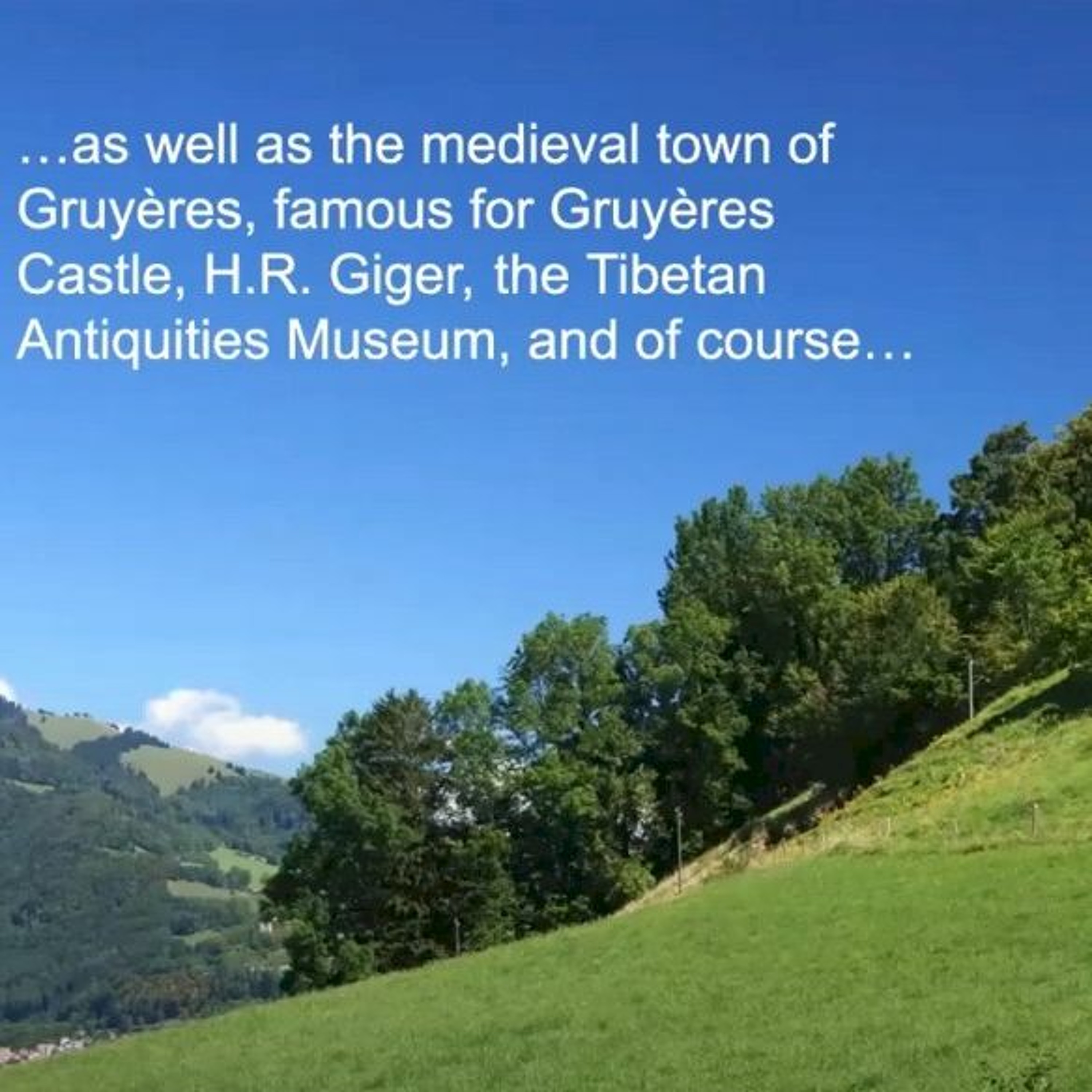 Culinary Historians of ChicagoMooooving Day – Transhumance and the Impact on Dairy CulturesMooooving Day – Transhumance and the Impact on Dairy Cultures
Presented by Adam Centamore
Every spring, Swiss dairy farmer Béat Piller escorts his 56 cows up the slope of the 6,000-foot Alp Vounetz to a grazing pasture and hand-built stable. They will stay there for the next six months, making milk and cheese every single day. In late autumn, they will descend back down to the valley where his family lives year-round. It’s a routine that has existed for millenia.
This seasonal shifting, called transhumance, is not uniquely Swiss. Similar journeys are found in Italy, Argentina, France, Brazil…pretty much everywh...2023-01-261h 18
Culinary Historians of ChicagoMooooving Day – Transhumance and the Impact on Dairy CulturesMooooving Day – Transhumance and the Impact on Dairy Cultures
Presented by Adam Centamore
Every spring, Swiss dairy farmer Béat Piller escorts his 56 cows up the slope of the 6,000-foot Alp Vounetz to a grazing pasture and hand-built stable. They will stay there for the next six months, making milk and cheese every single day. In late autumn, they will descend back down to the valley where his family lives year-round. It’s a routine that has existed for millenia.
This seasonal shifting, called transhumance, is not uniquely Swiss. Similar journeys are found in Italy, Argentina, France, Brazil…pretty much everywh...2023-01-261h 18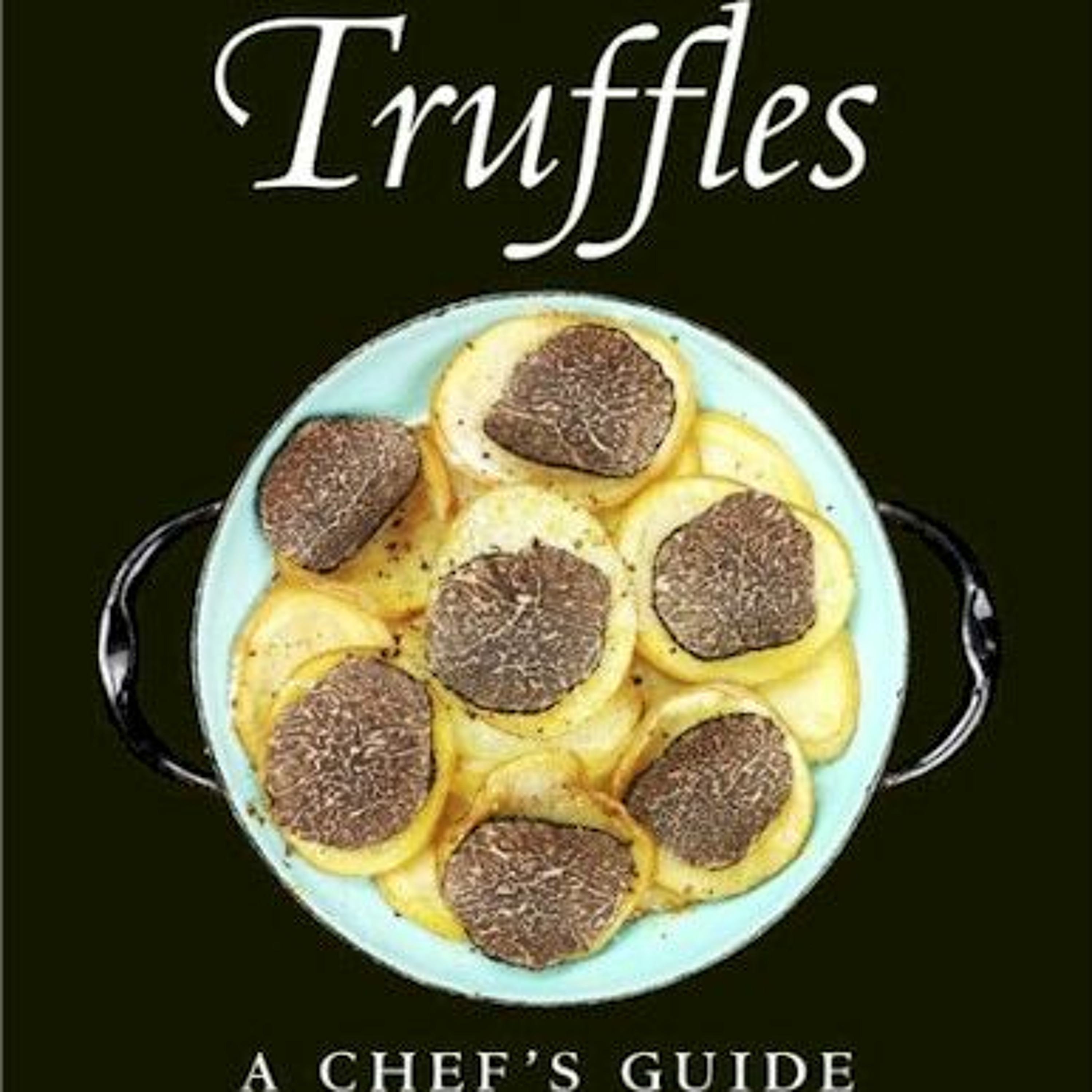 Culinary Historians of ChicagoTruffles with Susi Gott SéguretTruffles
Presented by Susi Gott Séguret
Nature’s most lauded culinary treasures—are subterranean fungi with magical properties which bring new dimensions to countless dishes.
Cooking with Truffles: A Chef’s Guide demystifies the truffle for the professional and the home chef, with over 150 unique and tantalizing recipes to suit every palate and occasion, featuring a variety of recipes, ranging from the simple to the sublime. And if you should happen to find yourself without a truffle in your pantry, the recipes stand well on their own!
Join author Susi Gott Séguret on Tuesday evening, January 10th, for an intro...2023-01-111h 06
Culinary Historians of ChicagoTruffles with Susi Gott SéguretTruffles
Presented by Susi Gott Séguret
Nature’s most lauded culinary treasures—are subterranean fungi with magical properties which bring new dimensions to countless dishes.
Cooking with Truffles: A Chef’s Guide demystifies the truffle for the professional and the home chef, with over 150 unique and tantalizing recipes to suit every palate and occasion, featuring a variety of recipes, ranging from the simple to the sublime. And if you should happen to find yourself without a truffle in your pantry, the recipes stand well on their own!
Join author Susi Gott Séguret on Tuesday evening, January 10th, for an intro...2023-01-111h 06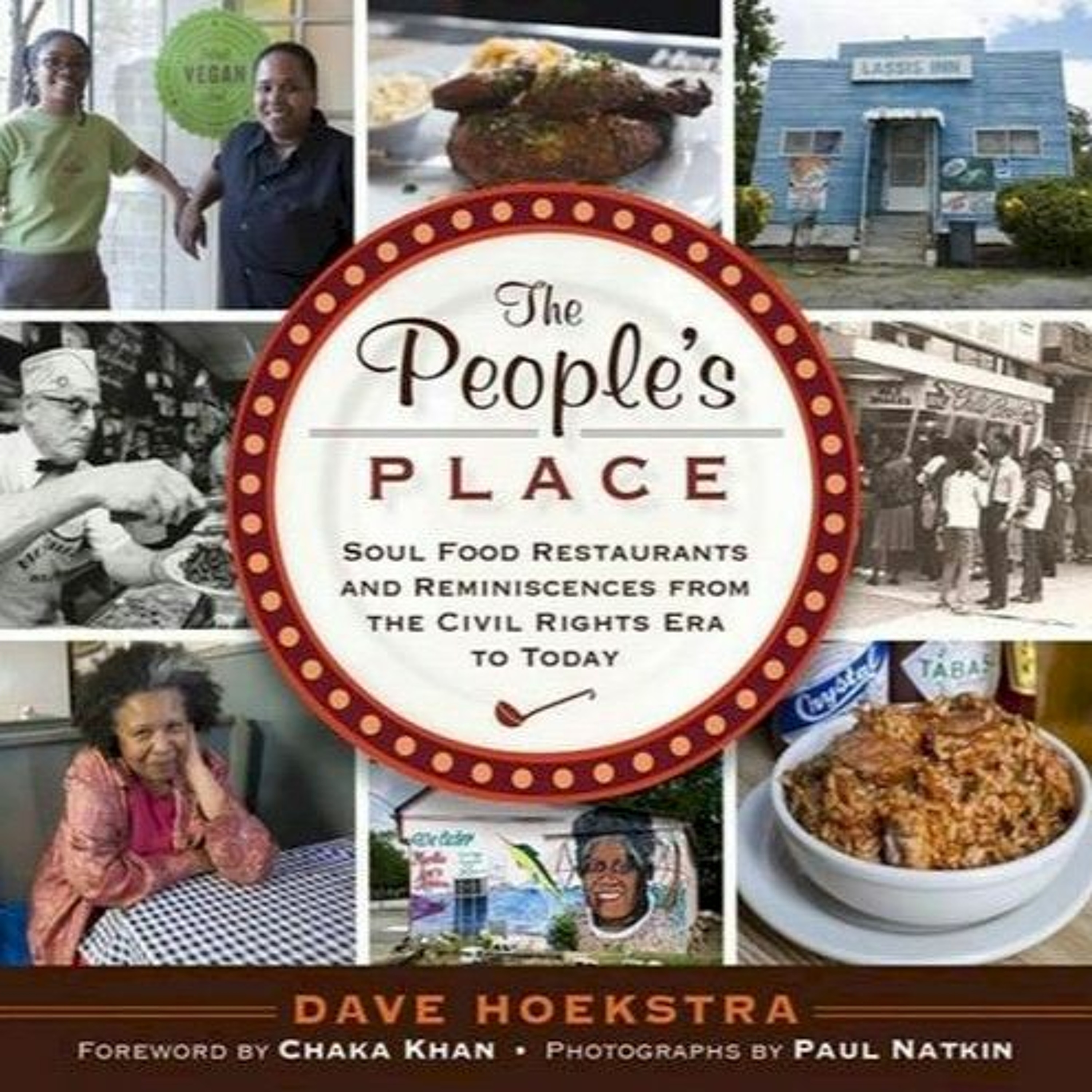 Culinary Historians of ChicagoPeople's Place: Soul Food Restaurants & the Civil Rights EraSoul Food Restaurants & the Civil Rights Era
Presented by Dave Hoekstra and Paul Nathin
Dr. Martin Luther King Jr. loved the fried catfish and lemon icebox pie at Memphis’s Four Way restaurant. Beloved nonagenarian chef Leah Chase introduced George W. Bush to baked cheese grits and scolded Barack Obama for putting Tabasco sauce on her gumbo at New Orleans’s Dooky Chase’s. When SNCC leader Stokely Carmichael asked Ben’s Chili Bowl owners Ben and Virginia Ali to keep the restaurant open during the 1968 Washington, DC, riots, they obliged, feeding police, firefighters, and student activists as they worked together...2022-12-311h 09
Culinary Historians of ChicagoPeople's Place: Soul Food Restaurants & the Civil Rights EraSoul Food Restaurants & the Civil Rights Era
Presented by Dave Hoekstra and Paul Nathin
Dr. Martin Luther King Jr. loved the fried catfish and lemon icebox pie at Memphis’s Four Way restaurant. Beloved nonagenarian chef Leah Chase introduced George W. Bush to baked cheese grits and scolded Barack Obama for putting Tabasco sauce on her gumbo at New Orleans’s Dooky Chase’s. When SNCC leader Stokely Carmichael asked Ben’s Chili Bowl owners Ben and Virginia Ali to keep the restaurant open during the 1968 Washington, DC, riots, they obliged, feeding police, firefighters, and student activists as they worked together...2022-12-311h 09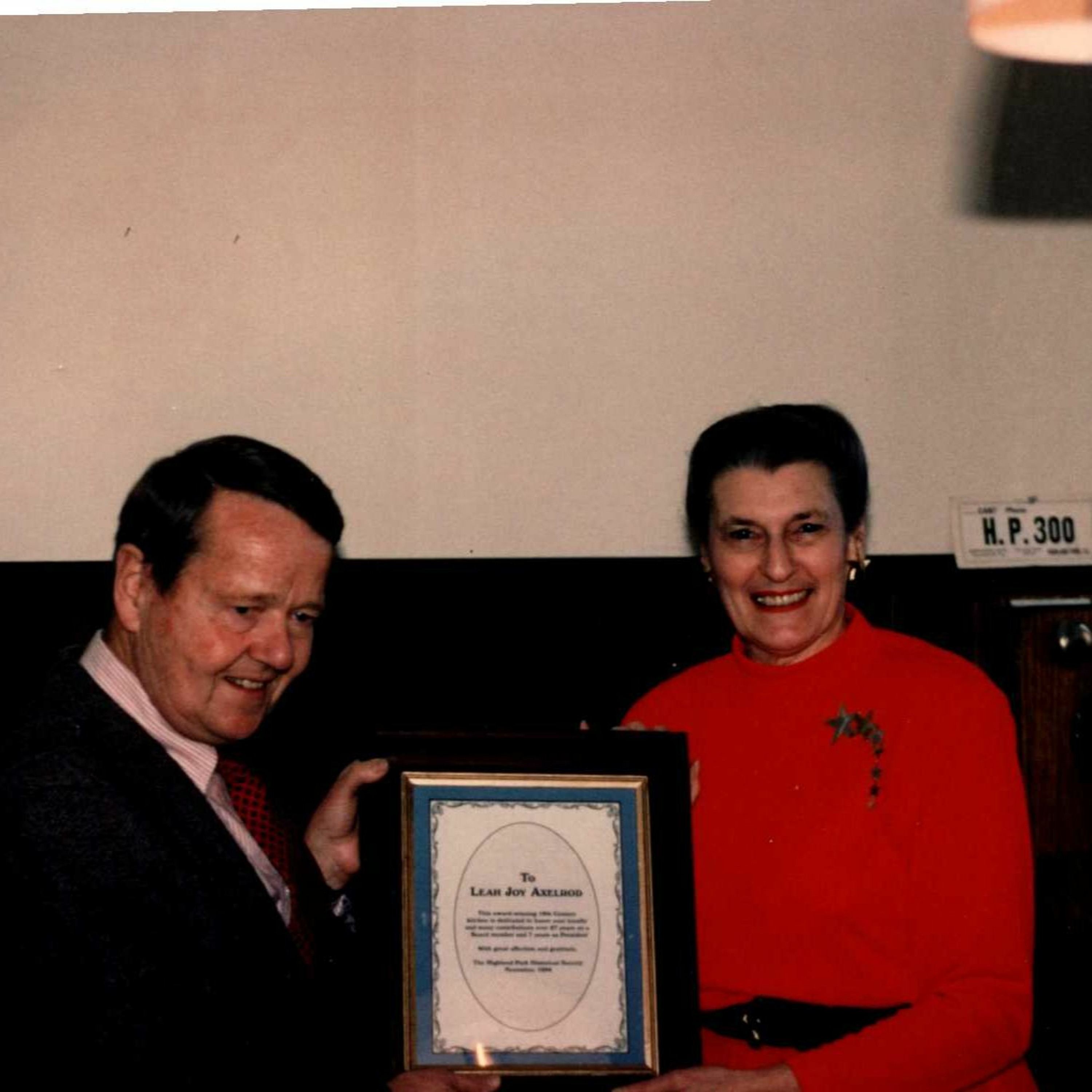 Culinary Historians of ChicagoLast Kitchen Tour at the Butz House, March 22, 2015Last Kitchen Tour at the Butz House, March 22, 2015
Conducted by Leah Axelrod
Leah Axelord, charter member and ex-president of the Highland Park Historical Society, conducts the last tour of the period kitchen before the museum closed.
Recorded at the Highland Park Historical Society on March 22, 2015.
www.HighlandParkHistory.org2022-12-3019 min
Culinary Historians of ChicagoLast Kitchen Tour at the Butz House, March 22, 2015Last Kitchen Tour at the Butz House, March 22, 2015
Conducted by Leah Axelrod
Leah Axelord, charter member and ex-president of the Highland Park Historical Society, conducts the last tour of the period kitchen before the museum closed.
Recorded at the Highland Park Historical Society on March 22, 2015.
www.HighlandParkHistory.org2022-12-3019 min Culinary Historians of ChicagoThe Turkey, An American StoryThe Turkey, An American Story
Andrew F. Smith
“Talking turkey” about the bird you thought you knew.
Fondly remembered as the centerpiece of family Thanksgiving reunions, the turkey is a cultural symbol as well as a multi-billion dollar industry. As a bird, dinner, commodity, and as a national icon, the turkey has become as American as the bald eagle (with which it actually competed for supremacy on national insignias).
Food historian Andrew F. Smith’s sweeping and multifaceted history of Meleagris gallopavo separates fact from fiction. Smith presents the turkey in ten courses, beginning with the bird itself (actually several differ...2022-12-1440 min
Culinary Historians of ChicagoThe Turkey, An American StoryThe Turkey, An American Story
Andrew F. Smith
“Talking turkey” about the bird you thought you knew.
Fondly remembered as the centerpiece of family Thanksgiving reunions, the turkey is a cultural symbol as well as a multi-billion dollar industry. As a bird, dinner, commodity, and as a national icon, the turkey has become as American as the bald eagle (with which it actually competed for supremacy on national insignias).
Food historian Andrew F. Smith’s sweeping and multifaceted history of Meleagris gallopavo separates fact from fiction. Smith presents the turkey in ten courses, beginning with the bird itself (actually several differ...2022-12-1440 min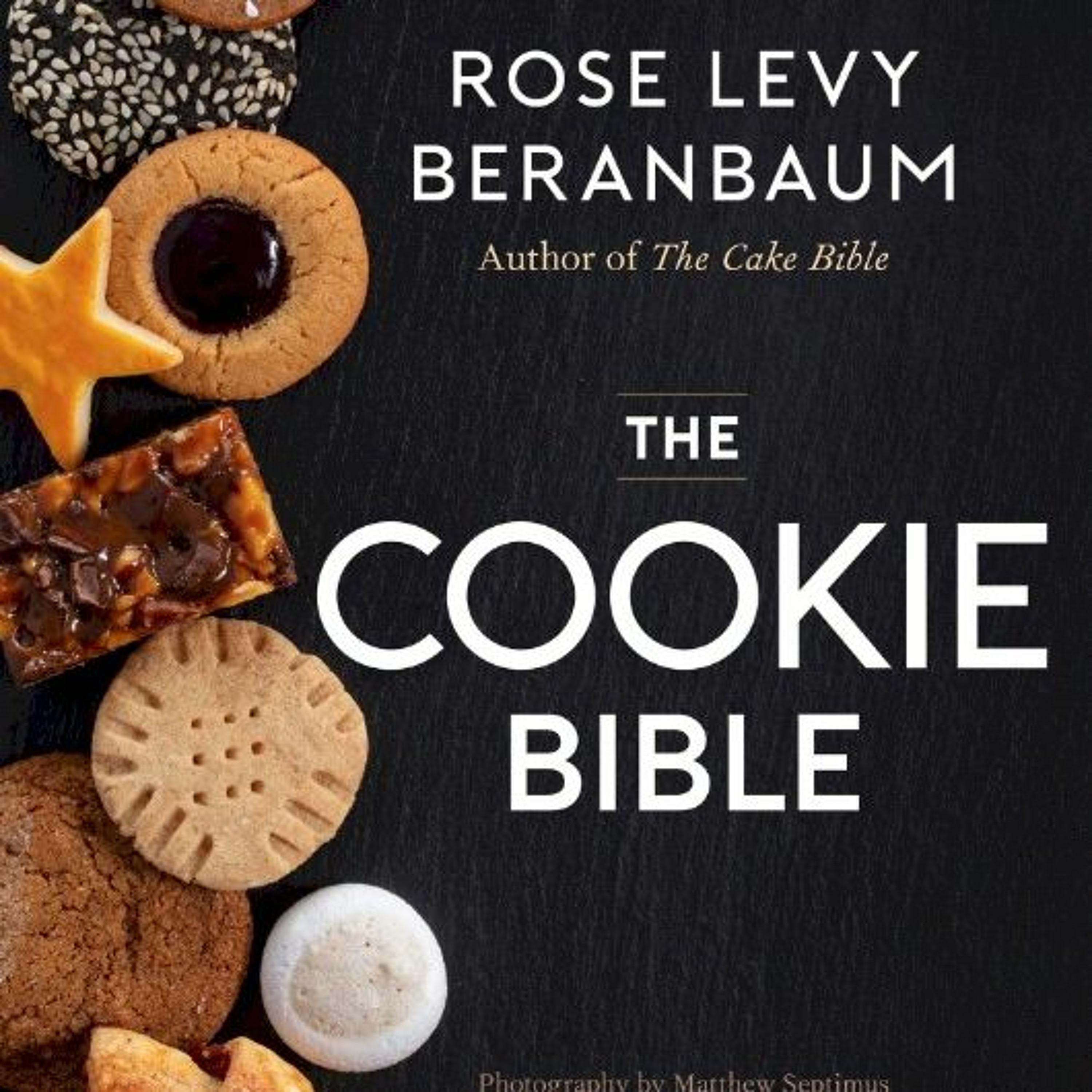 Culinary Historians of ChicagoRose Levy Beranbaum: The Cookie BibleRose Levy Beranbaum: The Cookie Bible
Her work can certainly be described as “biblical.” And Rose Levy Beranbaum is certainly one of the most sacred figures in all of cookbook publishing. Please join us as Rose delivers a sweet sermon about her latest scripture, The Cookie Bible. And she’ll do a lot more than tell us how a cookie crumbles. Just sit tight in your pew as Rose regales us with crisp comments about cookie history, her own history, and then preaches baking tips that will save your soul. And be sure to offer your kitchen questions to Rose. Her an...2022-12-131h 22
Culinary Historians of ChicagoRose Levy Beranbaum: The Cookie BibleRose Levy Beranbaum: The Cookie Bible
Her work can certainly be described as “biblical.” And Rose Levy Beranbaum is certainly one of the most sacred figures in all of cookbook publishing. Please join us as Rose delivers a sweet sermon about her latest scripture, The Cookie Bible. And she’ll do a lot more than tell us how a cookie crumbles. Just sit tight in your pew as Rose regales us with crisp comments about cookie history, her own history, and then preaches baking tips that will save your soul. And be sure to offer your kitchen questions to Rose. Her an...2022-12-131h 22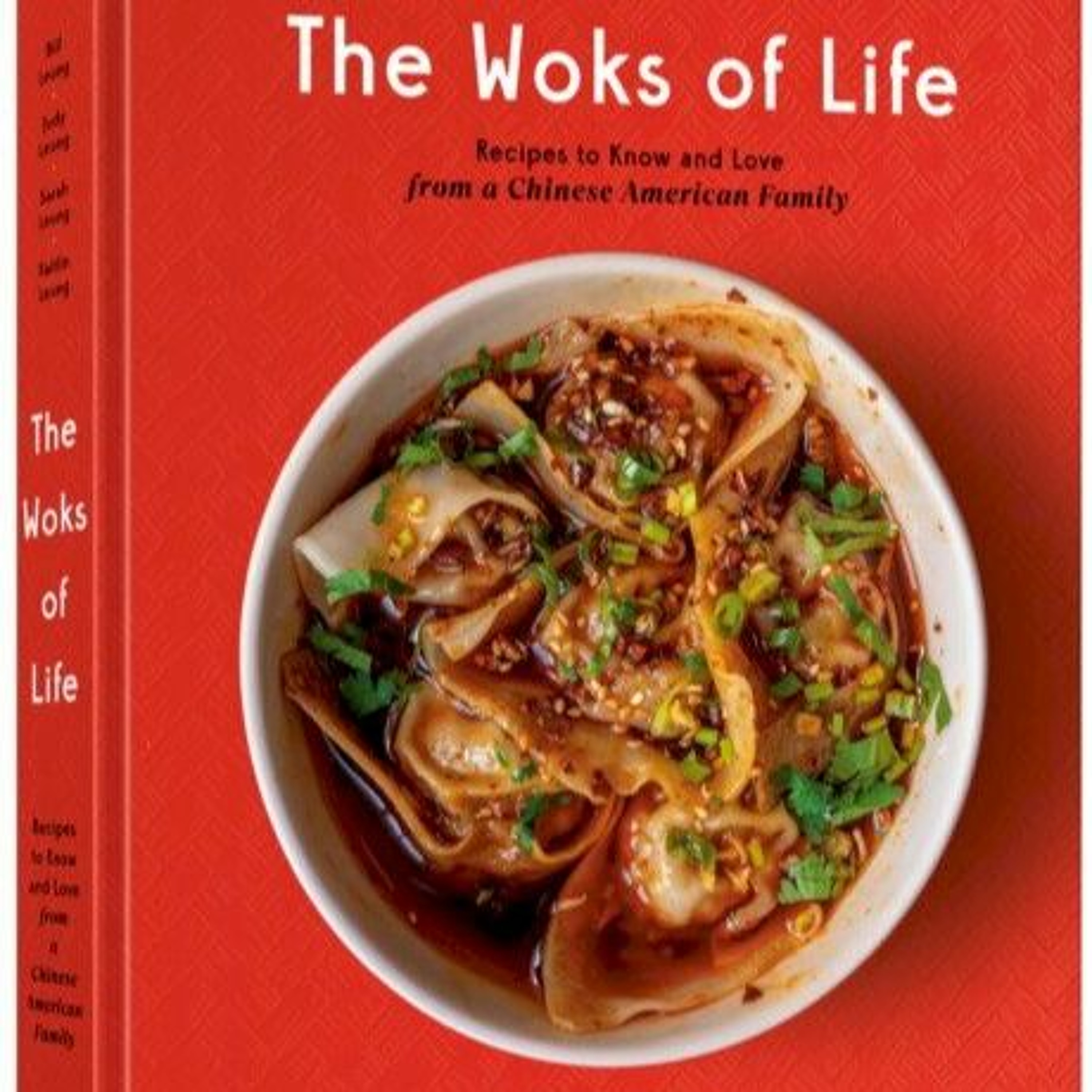 Culinary Historians of ChicagoChinese Home Cooking with The Woks of LifeChinese Home Cooking with The Woks of Life
Sarah and Kaitlin Leung
For much of recent memory, Chinese food was largely the domain of restaurant kitchens or behind the closed doors of Chinese households—foreign at times even to younger generations wanting to recreate the tastes of home.
Today, Chinese home cooking in America is excitingly in flux. Never before has Chinese food been so present in our home kitchens. Along with their parents, Sarah and Kaitlin Leung run the popular Chinese cooking blog The Woks of Life, which has helped fuel the popularity of Chinese home cooking. In this vi...2022-12-111h 25
Culinary Historians of ChicagoChinese Home Cooking with The Woks of LifeChinese Home Cooking with The Woks of Life
Sarah and Kaitlin Leung
For much of recent memory, Chinese food was largely the domain of restaurant kitchens or behind the closed doors of Chinese households—foreign at times even to younger generations wanting to recreate the tastes of home.
Today, Chinese home cooking in America is excitingly in flux. Never before has Chinese food been so present in our home kitchens. Along with their parents, Sarah and Kaitlin Leung run the popular Chinese cooking blog The Woks of Life, which has helped fuel the popularity of Chinese home cooking. In this vi...2022-12-111h 25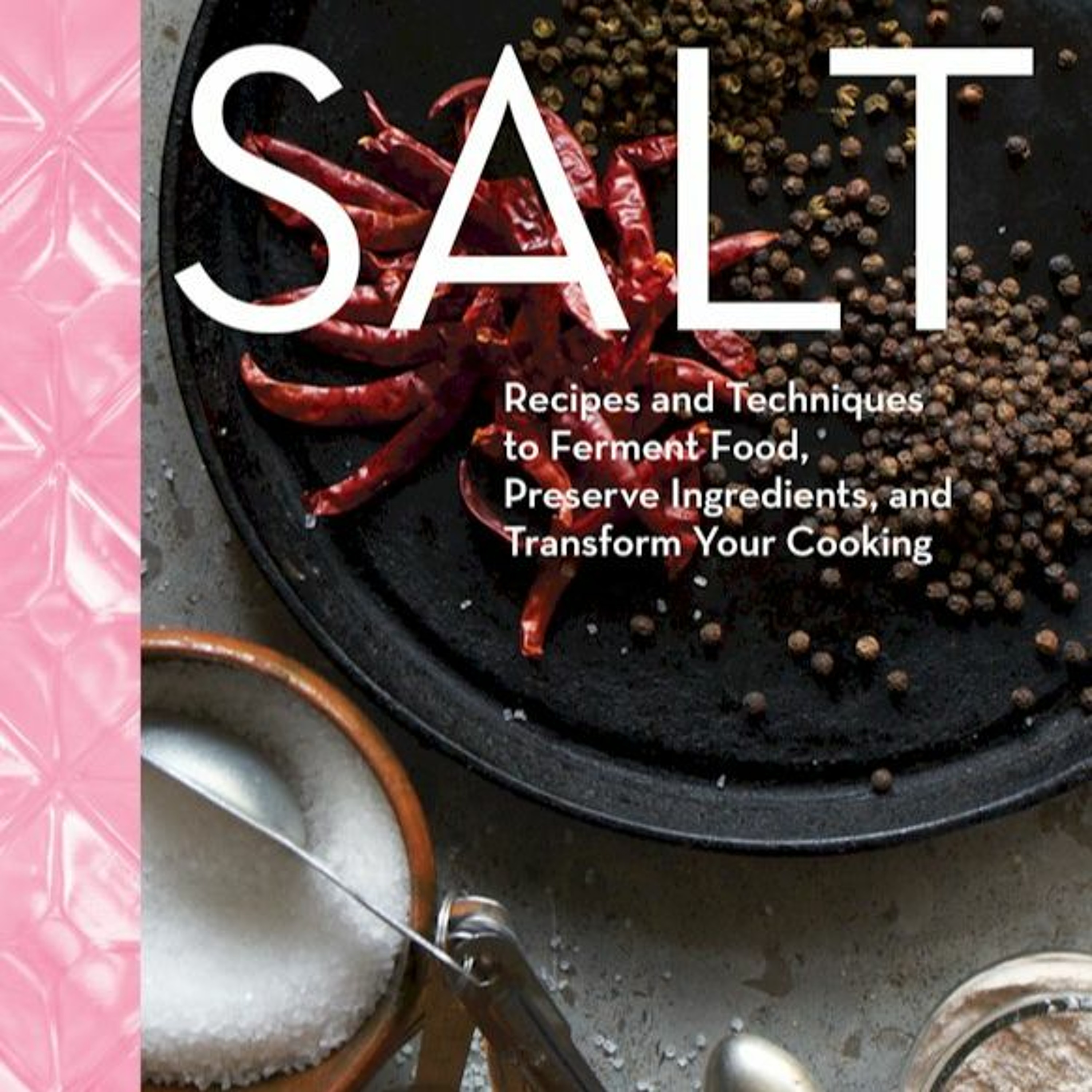 Culinary Historians of ChicagoNaomi Duguid, A Salty TalkNaomi Duguid, A Salty Talk
“Salt”, as Naomi Duguid says, “is the only food we all need.” Come join us as this award-winning writer takes a deep dive into the miracle of salt and its essential role in preserving, fermenting, and transforming food. And she will dish out a generous serving of salt history, harvesting methods and recipes as she quotes from her just-published book, The Miracle of Salt.
“In pre-modern times, access to salt in various forms depended on geography and politics: wars were fought over access,” she says. “Humans around the world have used salt as an essential tool for survi...2022-12-011h 34
Culinary Historians of ChicagoNaomi Duguid, A Salty TalkNaomi Duguid, A Salty Talk
“Salt”, as Naomi Duguid says, “is the only food we all need.” Come join us as this award-winning writer takes a deep dive into the miracle of salt and its essential role in preserving, fermenting, and transforming food. And she will dish out a generous serving of salt history, harvesting methods and recipes as she quotes from her just-published book, The Miracle of Salt.
“In pre-modern times, access to salt in various forms depended on geography and politics: wars were fought over access,” she says. “Humans around the world have used salt as an essential tool for survi...2022-12-011h 34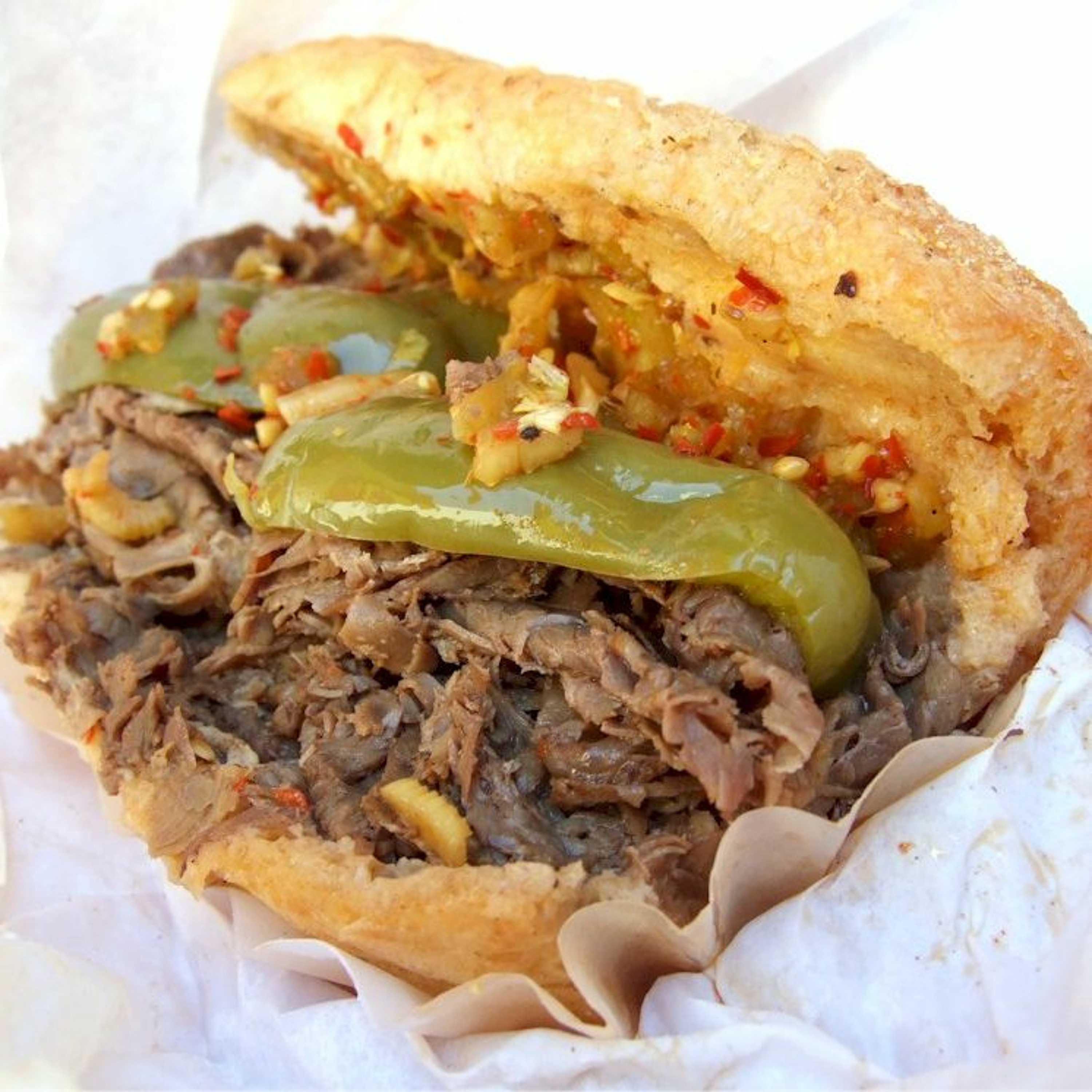 Culinary Historians of ChicagoFrom ‘Peanut Weddings’ to ‘Beef Stands’: The Socio-Culinary History of Chicago’s ‘Italian Beef’From ‘Peanut Weddings’ to ‘Beef Stands’:
The Socio-Culinary History of Chicago’s ‘Italian Beef’
Presented by Anthony F. Buccini, PhD
Italian Americans have contributed a considerable number of portable fast foods to regional and local cuisines around the United States, some of which have become extremely popular at the national level. One such food which, despite its frequent discussion in recent food-related media, has remained very much a local dish is Chicago’s ‘Italian beef’. As a sandwich filled with thin slices of roasted beef, this product at first blush looks to be an Italian-American take on the mainstream Anglo-American roast beef sandwich...2022-11-301h 19
Culinary Historians of ChicagoFrom ‘Peanut Weddings’ to ‘Beef Stands’: The Socio-Culinary History of Chicago’s ‘Italian Beef’From ‘Peanut Weddings’ to ‘Beef Stands’:
The Socio-Culinary History of Chicago’s ‘Italian Beef’
Presented by Anthony F. Buccini, PhD
Italian Americans have contributed a considerable number of portable fast foods to regional and local cuisines around the United States, some of which have become extremely popular at the national level. One such food which, despite its frequent discussion in recent food-related media, has remained very much a local dish is Chicago’s ‘Italian beef’. As a sandwich filled with thin slices of roasted beef, this product at first blush looks to be an Italian-American take on the mainstream Anglo-American roast beef sandwich...2022-11-301h 19 Culinary Historians of ChicagoThe Secret House: Fungi in the Built EnvironmentThe Secret House
Fungi in the Built Environment
Presented by Keith Seifert
Department of Biology, Carleton University, Ottawa, Ontario, Canada K1S 5B6
We often overlook the built environment as a biological system, partly because we design our shelters to protect us from the climate and competing organisms. Houses and other buildings contain several sub-environments, which vary from location to location. The outer walls and roof, the wooden or metal skeletons that support the structures, the interior surfaces and flooring each have their own distinct mycota. Material introduced into the house, like furniture, bedding, houseplants, food, compost, and human, pet...2022-11-1559 min
Culinary Historians of ChicagoThe Secret House: Fungi in the Built EnvironmentThe Secret House
Fungi in the Built Environment
Presented by Keith Seifert
Department of Biology, Carleton University, Ottawa, Ontario, Canada K1S 5B6
We often overlook the built environment as a biological system, partly because we design our shelters to protect us from the climate and competing organisms. Houses and other buildings contain several sub-environments, which vary from location to location. The outer walls and roof, the wooden or metal skeletons that support the structures, the interior surfaces and flooring each have their own distinct mycota. Material introduced into the house, like furniture, bedding, houseplants, food, compost, and human, pet...2022-11-1559 min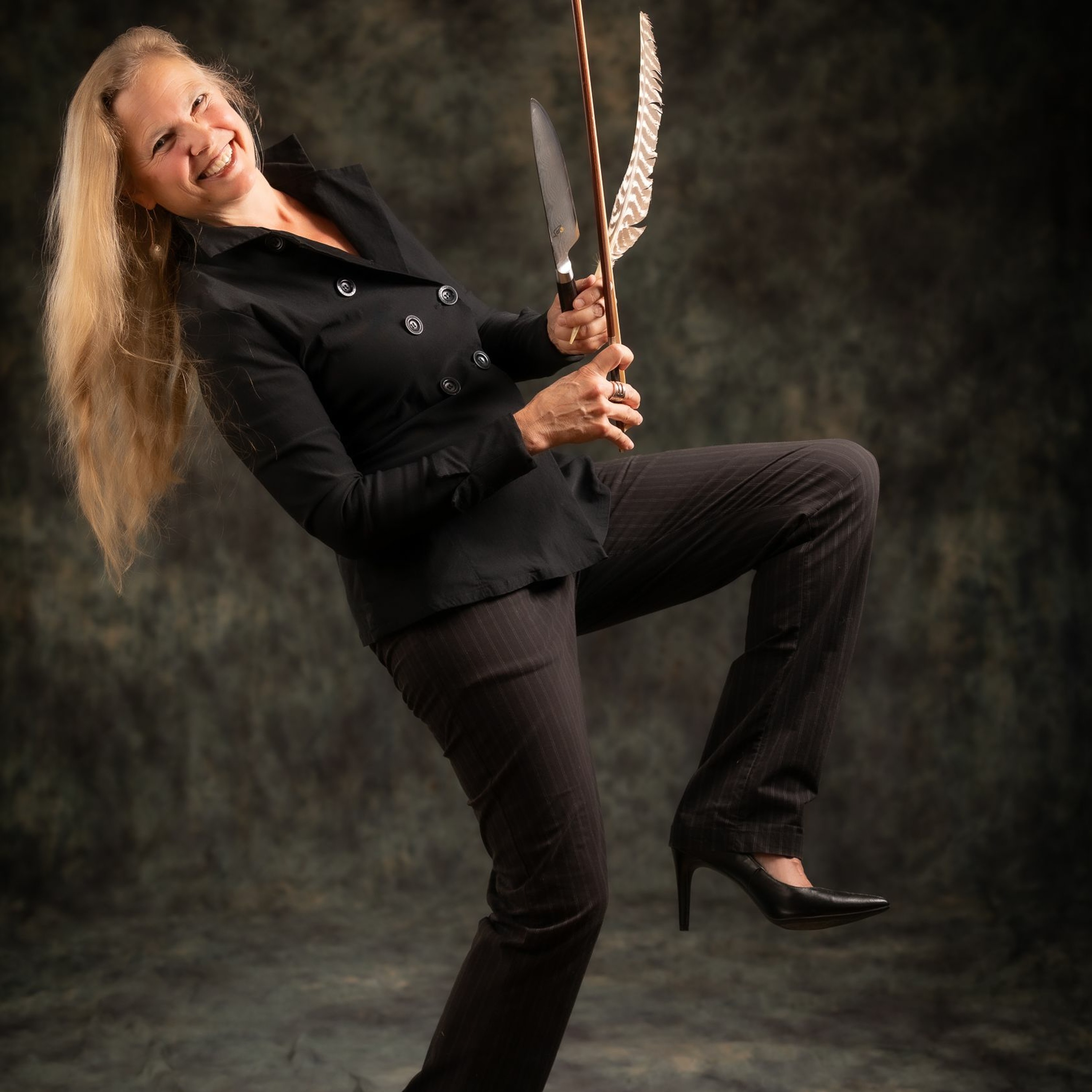 Culinary Historians of ChicagoSavoring AppalachiaSavoring Appalachia
Susi Gott Séguret
When asked which cuisine most typifies America, chefs are bound to tell you it stems from the South. From the luscious belly of our nation, the mountains where sweet corn is grown and the rivers where trout flashes its rainbow colors, all the way down to the Mississippi Delta, the South has a gift for capturing both our hearts and our taste buds.
If the South is the heart of America, Appalachia is the heart of the South. It has been said that to understand America, you must first understand Appalachia. Edgar Allen Poe p...2022-11-1251 min
Culinary Historians of ChicagoSavoring AppalachiaSavoring Appalachia
Susi Gott Séguret
When asked which cuisine most typifies America, chefs are bound to tell you it stems from the South. From the luscious belly of our nation, the mountains where sweet corn is grown and the rivers where trout flashes its rainbow colors, all the way down to the Mississippi Delta, the South has a gift for capturing both our hearts and our taste buds.
If the South is the heart of America, Appalachia is the heart of the South. It has been said that to understand America, you must first understand Appalachia. Edgar Allen Poe p...2022-11-1251 min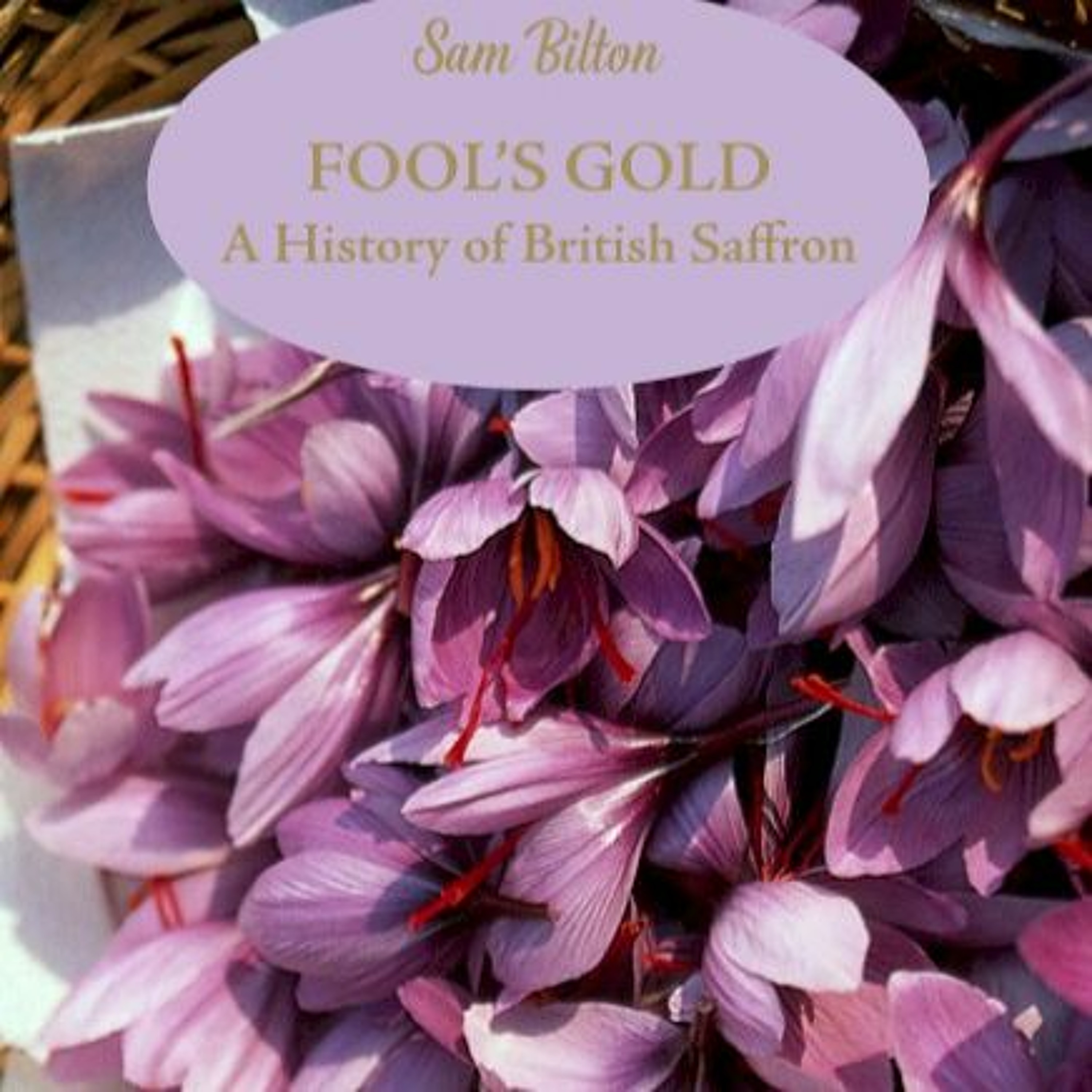 Culinary Historians of ChicagoFool’s Gold: A History of British SaffronFool’s Gold: A History of British Saffron
Sam Bilton
Saffron has allured us with its golden hues throughout time. It was the darling of the Medieval kitchen, the saviour of the apothecary’s chest and gave cloth a regal glow. Unlike many spices, such as cinnamon, nutmeg and cloves, saffron can be successfully grown in England. From the middle ages through to the eighteenth century there was a thriving saffron industry in this country. Some people even claimed English saffron was the best to be found in the world. So renowned was the town of Chipping Walden for saffron prod...2022-11-121h 28
Culinary Historians of ChicagoFool’s Gold: A History of British SaffronFool’s Gold: A History of British Saffron
Sam Bilton
Saffron has allured us with its golden hues throughout time. It was the darling of the Medieval kitchen, the saviour of the apothecary’s chest and gave cloth a regal glow. Unlike many spices, such as cinnamon, nutmeg and cloves, saffron can be successfully grown in England. From the middle ages through to the eighteenth century there was a thriving saffron industry in this country. Some people even claimed English saffron was the best to be found in the world. So renowned was the town of Chipping Walden for saffron prod...2022-11-121h 28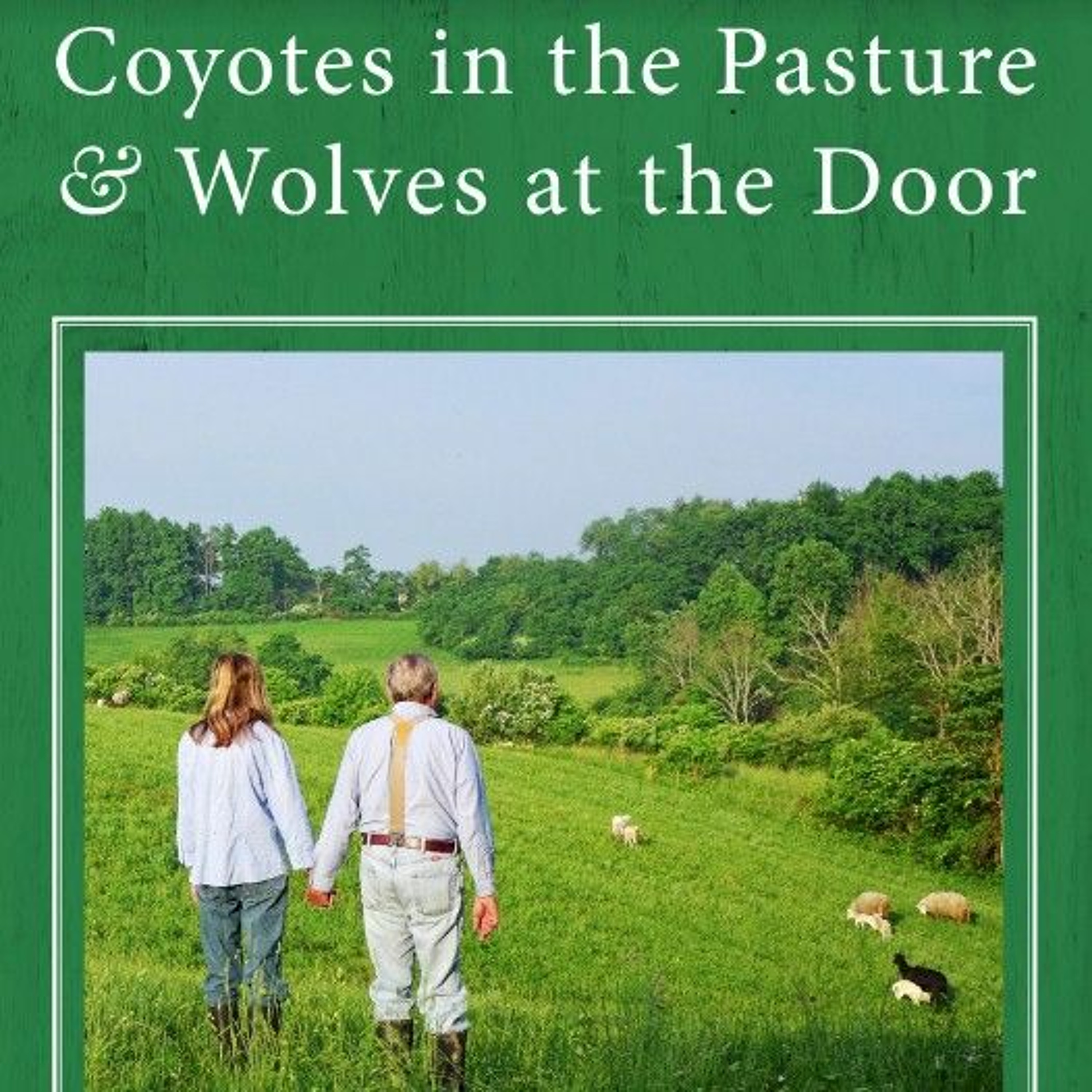 Culinary Historians of ChicagoWhat Ewe Always Wanted to Know About Lamb Farming In The U.S.What Ewe Always Wanted to Know About Lamb Farming In The U.S.
Presented by John and Sukey Jamison, owners, Jamison Farm, Latrobe, Pa.
From Scott Warner, president, Culinary Historians of Chicago:
As a kid, I was always hesitant when it came to eating lamb chops; too often they were greasy and usually had an unpleasant “lamby” taste. In the last few years however, the lamb chops I’ve been buying from my local grocery store have been meaty, juicy and non “lamby” tasting.
But it wasn’t until I met lamb farmers John and Sukey Jamison this past spring (at the Inter...2022-08-251h 07
Culinary Historians of ChicagoWhat Ewe Always Wanted to Know About Lamb Farming In The U.S.What Ewe Always Wanted to Know About Lamb Farming In The U.S.
Presented by John and Sukey Jamison, owners, Jamison Farm, Latrobe, Pa.
From Scott Warner, president, Culinary Historians of Chicago:
As a kid, I was always hesitant when it came to eating lamb chops; too often they were greasy and usually had an unpleasant “lamby” taste. In the last few years however, the lamb chops I’ve been buying from my local grocery store have been meaty, juicy and non “lamby” tasting.
But it wasn’t until I met lamb farmers John and Sukey Jamison this past spring (at the Inter...2022-08-251h 07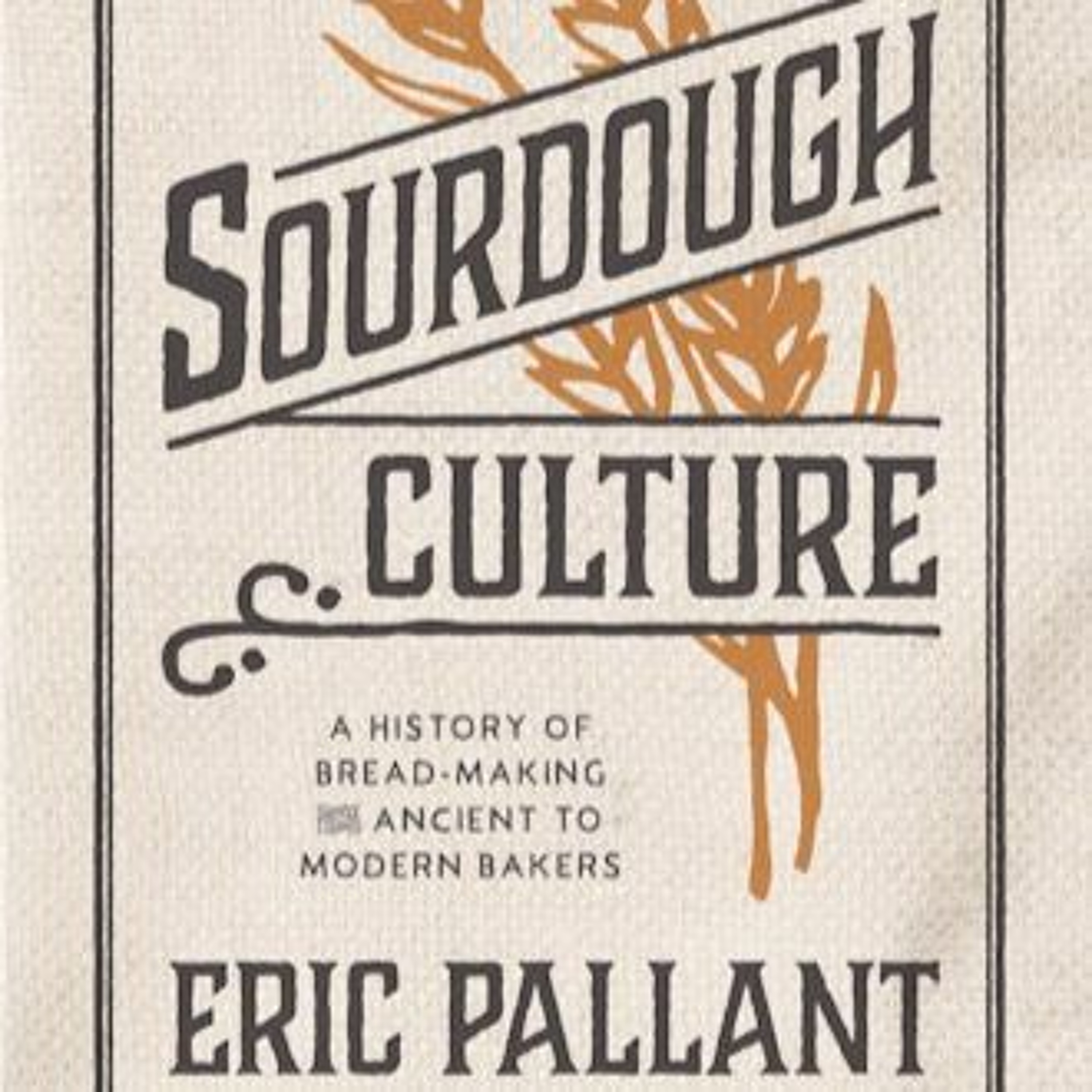 Culinary Historians of ChicagoThe Invisible 6,000 Year History of SourdoughThe Invisible 6,000 Year History of Sourdough
Eric Pallant
For at least 6000 years, people have summoned sourdough starter seemingly out of the air and combined it with milled wheat, water, and a dash of salt to produce The Staff of Life: Bread. Join us as Professor Eric Pallant slices into a 6,000-year journey through history. We will see why bread was the greatest invention of all time (not the slicer). We will meet ancient Egyptian pyramid builders, bygone Roman bakers, medieval housewives, Gold Rush miners, and historical celebrities like Plato, Pliny the Elder, and Marie Antoinette.
Then we will watch bread...2022-08-181h 35
Culinary Historians of ChicagoThe Invisible 6,000 Year History of SourdoughThe Invisible 6,000 Year History of Sourdough
Eric Pallant
For at least 6000 years, people have summoned sourdough starter seemingly out of the air and combined it with milled wheat, water, and a dash of salt to produce The Staff of Life: Bread. Join us as Professor Eric Pallant slices into a 6,000-year journey through history. We will see why bread was the greatest invention of all time (not the slicer). We will meet ancient Egyptian pyramid builders, bygone Roman bakers, medieval housewives, Gold Rush miners, and historical celebrities like Plato, Pliny the Elder, and Marie Antoinette.
Then we will watch bread...2022-08-181h 35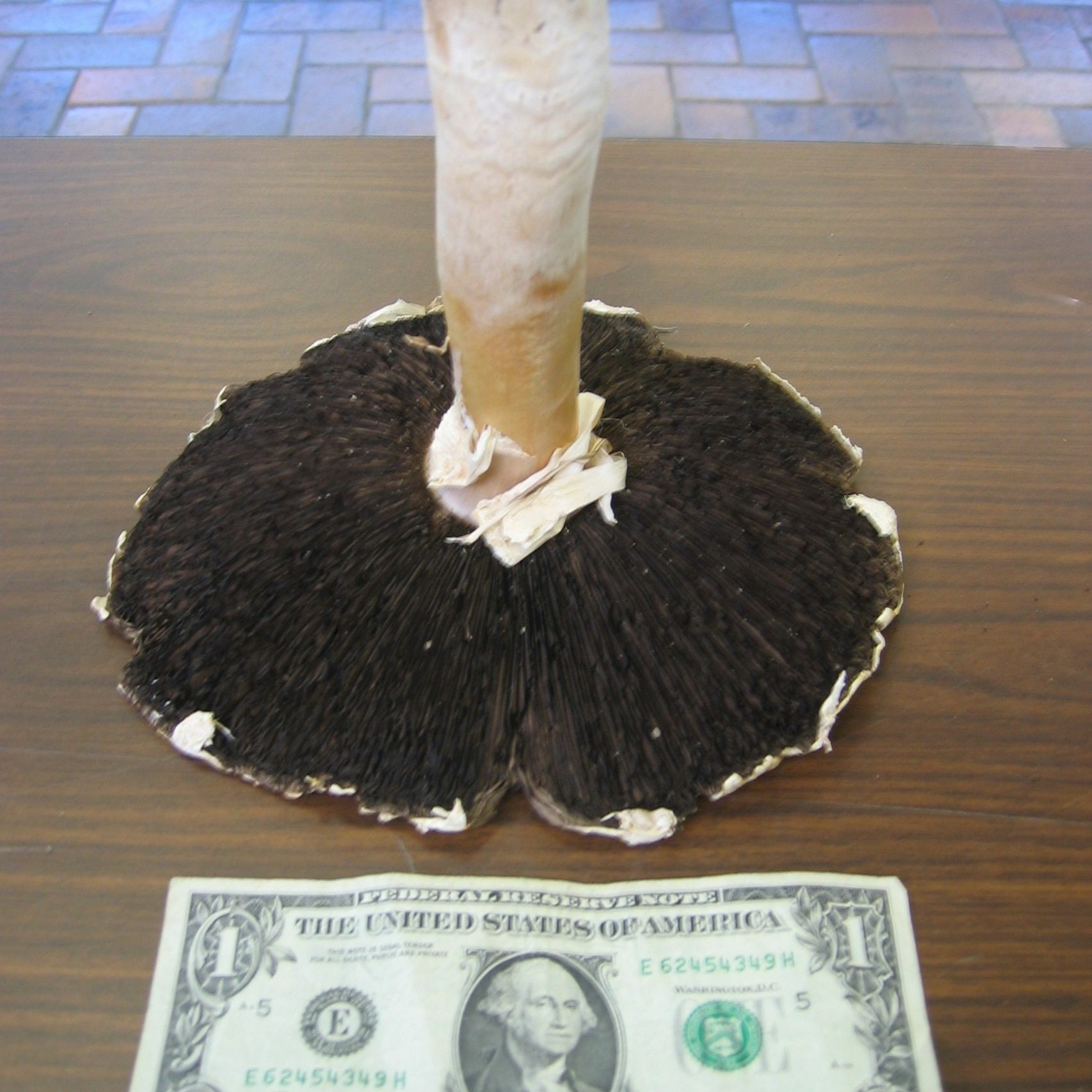 Culinary Historians of ChicagoShow and TellShow and Tell
Like the “Show and Tell” of our school days, show us what you have to offer that is mushroom related. If not, just join us to hear the collectors’ stories.
Many things can trigger memories or lead to the discovery of forgotten history or unique cultures and customs:
– A photo, letter, or postcard discovered in an old family album that re-opened childhood memories and family history.
– A unique mushroom flea market find that led you to research and discover culture and lifestyles of other times or places.
– A collection of “mushroom stuff” from your travels that you have grown to tr...2022-08-0854 min
Culinary Historians of ChicagoShow and TellShow and Tell
Like the “Show and Tell” of our school days, show us what you have to offer that is mushroom related. If not, just join us to hear the collectors’ stories.
Many things can trigger memories or lead to the discovery of forgotten history or unique cultures and customs:
– A photo, letter, or postcard discovered in an old family album that re-opened childhood memories and family history.
– A unique mushroom flea market find that led you to research and discover culture and lifestyles of other times or places.
– A collection of “mushroom stuff” from your travels that you have grown to tr...2022-08-0854 min Culinary Historians of ChicagoTo Ukraine with LoveTo Ukraine with Love
Come join us as Anna Volyshyna, author of Budmo, Recipes from a Ukranian Kitchen, gives us a poignant and luscious tale of her homeland’s culture and cuisine.
Anna will provide a buffet of topics, including Ukraine's geographical location and how it shaped Ukrainian culture; the role of religious holidays in Ukrainian cooking; and modern versions of traditional Ukranian dishes. (Sample recipes provided via links in this notice.)
Anna will also talk about Ukraine’s Soviet period and the near destruction of Ukrainian culinary identity; and she will give her heartfelt perspective on her homeland’s curren...2022-06-251h 19
Culinary Historians of ChicagoTo Ukraine with LoveTo Ukraine with Love
Come join us as Anna Volyshyna, author of Budmo, Recipes from a Ukranian Kitchen, gives us a poignant and luscious tale of her homeland’s culture and cuisine.
Anna will provide a buffet of topics, including Ukraine's geographical location and how it shaped Ukrainian culture; the role of religious holidays in Ukrainian cooking; and modern versions of traditional Ukranian dishes. (Sample recipes provided via links in this notice.)
Anna will also talk about Ukraine’s Soviet period and the near destruction of Ukrainian culinary identity; and she will give her heartfelt perspective on her homeland’s curren...2022-06-251h 19 Culinary Historians of ChicagoStreet talking Indian Street FoodStreet talking Indian Street Food
Ranjana Bhargava
Mention the words street food and most of us Chicagoans think of food trucks parked downtown at lunchtime with vendors selling a variety of freshly prepared ethnic foods. Our program today takes us to India where street food has abounded for years, but with a different twist — no trucks.
What you’ll see are vendors with open carts preparing food right before your eyes; or vendors sitting on the ground cooking at their stoves; or cooks at storefronts preparing one or more items And while these scenes may be the same across India, the...2022-05-261h 29
Culinary Historians of ChicagoStreet talking Indian Street FoodStreet talking Indian Street Food
Ranjana Bhargava
Mention the words street food and most of us Chicagoans think of food trucks parked downtown at lunchtime with vendors selling a variety of freshly prepared ethnic foods. Our program today takes us to India where street food has abounded for years, but with a different twist — no trucks.
What you’ll see are vendors with open carts preparing food right before your eyes; or vendors sitting on the ground cooking at their stoves; or cooks at storefronts preparing one or more items And while these scenes may be the same across India, the...2022-05-261h 29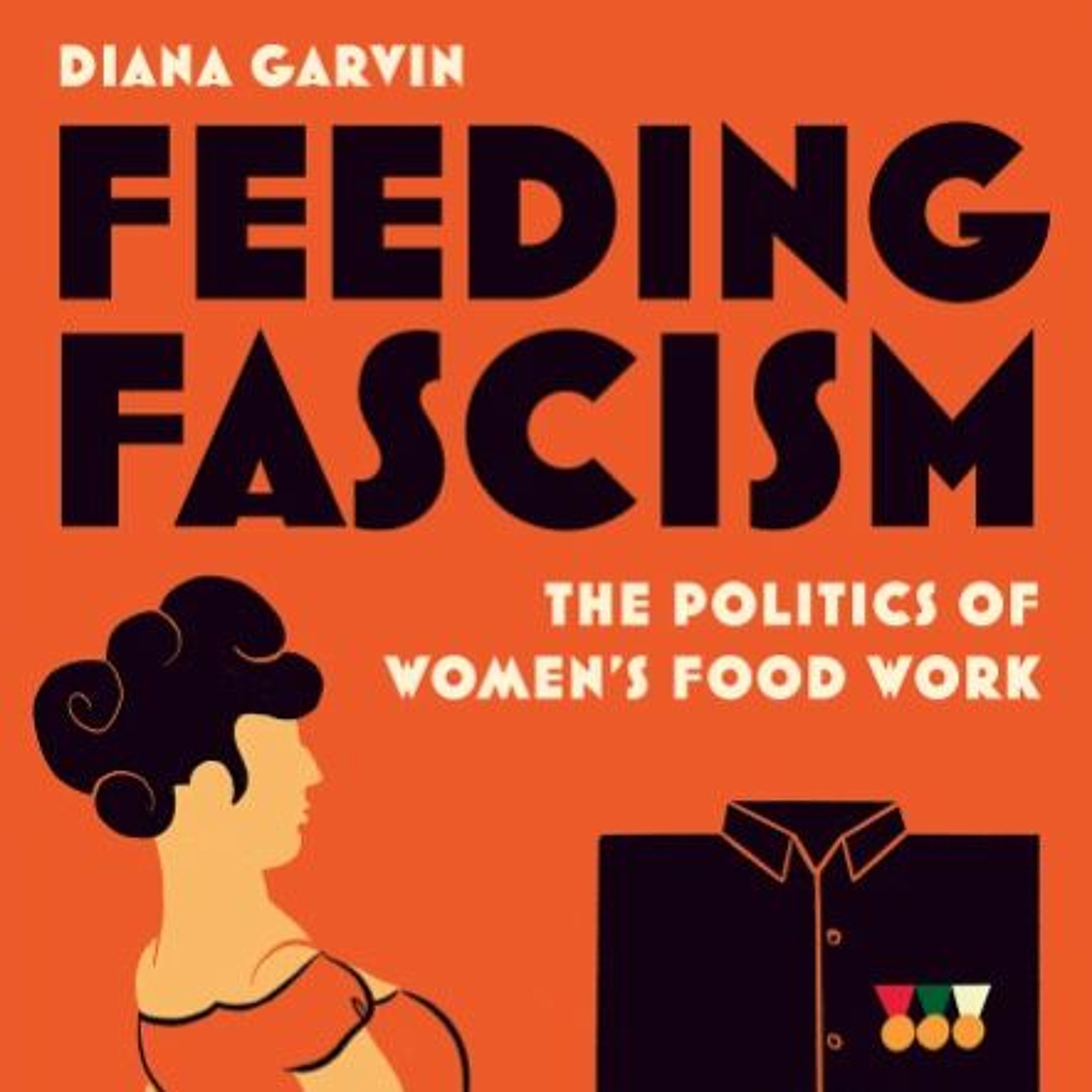 Culinary Historians of ChicagoFeeding Fascists The Politics of Women’s Food WorkFeeding Fascists The Politics of Women’s Food Work
Diana Garvin, PhD
Feeding Fascism explores how women negotiated the politics of Italy’s Fascist regime (1922-1943) in their daily lives and how they fed their families through agricultural and industrial labour. Darvin looks at women’s experiences of Fascism by examining the material world in which they lived in relation to their thoughts, feelings, and actions.
Over the past decade, Diana Garvin has conducted extensive research in Italian museums, libraries, and archives. Feeding Fascism includes illustrations of rare cookbooks, kitchen utensils, cafeteria plans, and culinary propaganda to connect women’s politica...2022-05-151h 01
Culinary Historians of ChicagoFeeding Fascists The Politics of Women’s Food WorkFeeding Fascists The Politics of Women’s Food Work
Diana Garvin, PhD
Feeding Fascism explores how women negotiated the politics of Italy’s Fascist regime (1922-1943) in their daily lives and how they fed their families through agricultural and industrial labour. Darvin looks at women’s experiences of Fascism by examining the material world in which they lived in relation to their thoughts, feelings, and actions.
Over the past decade, Diana Garvin has conducted extensive research in Italian museums, libraries, and archives. Feeding Fascism includes illustrations of rare cookbooks, kitchen utensils, cafeteria plans, and culinary propaganda to connect women’s politica...2022-05-151h 01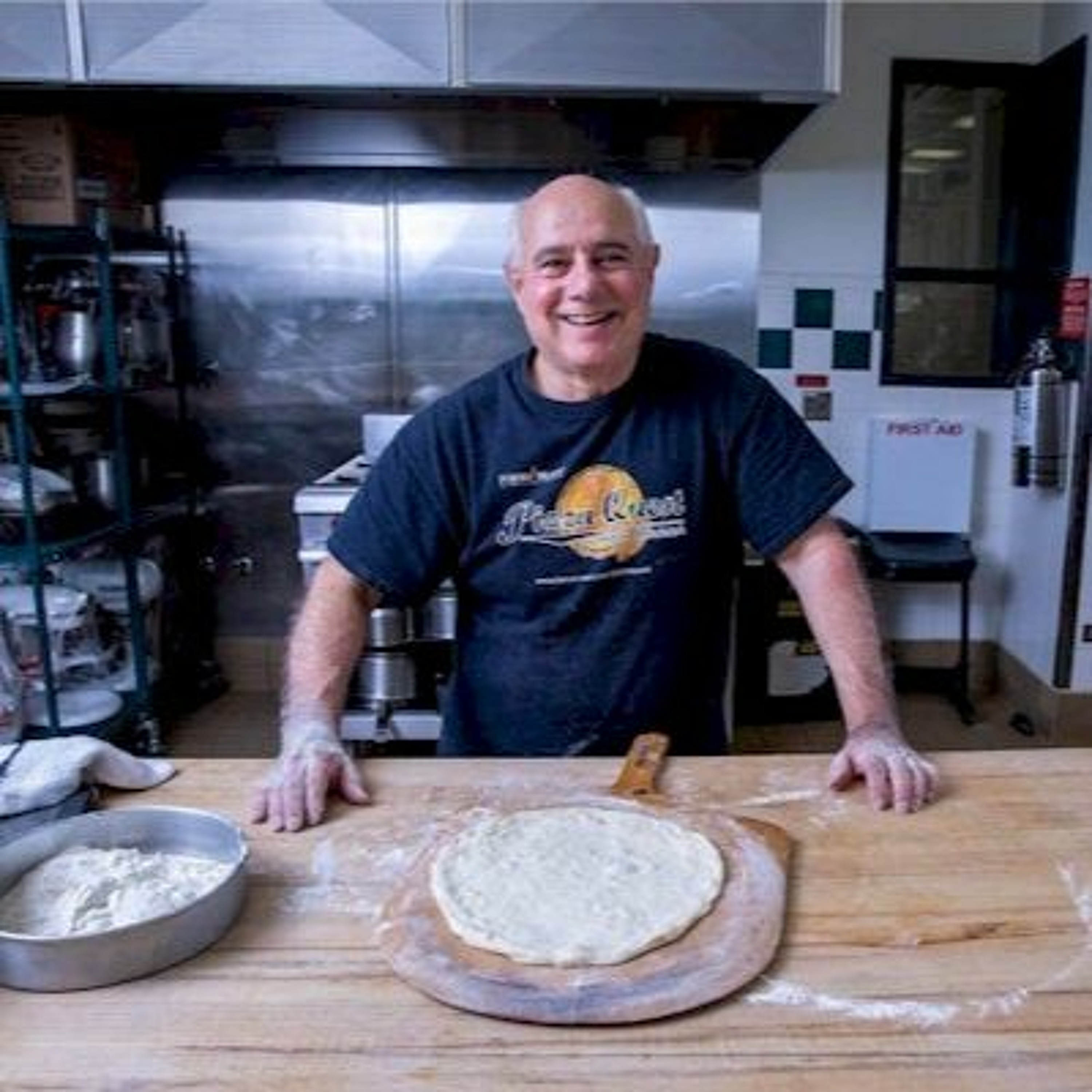 Culinary Historians of ChicagoThe Ten Commandments of Pizza with Peter ReinhartThe Ten Commandments of Pizza
Peter Reinhart
In celebration of his newest book, Pizza Quest: Peter Reinhart’s Never-Ending Search for the Perfect Pizza, the award-winning authority returns for his third visit to the Culinary Historians of Chicago. Peter will reveal his “Ten Commandments of Pizza,” and give an overview of the 35 featured pizza recipes inspired by many of the greatest pizza makers in America. (The book features creative variations on Neapolitan pizza, Detroit-style pan pizza, calzones, strombolis, focaccia, and Sicilian styles.)
Peter will also tell us about many of the pizza luminaries featured in the book, all of whom have a...2022-05-031h 47
Culinary Historians of ChicagoThe Ten Commandments of Pizza with Peter ReinhartThe Ten Commandments of Pizza
Peter Reinhart
In celebration of his newest book, Pizza Quest: Peter Reinhart’s Never-Ending Search for the Perfect Pizza, the award-winning authority returns for his third visit to the Culinary Historians of Chicago. Peter will reveal his “Ten Commandments of Pizza,” and give an overview of the 35 featured pizza recipes inspired by many of the greatest pizza makers in America. (The book features creative variations on Neapolitan pizza, Detroit-style pan pizza, calzones, strombolis, focaccia, and Sicilian styles.)
Peter will also tell us about many of the pizza luminaries featured in the book, all of whom have a...2022-05-031h 47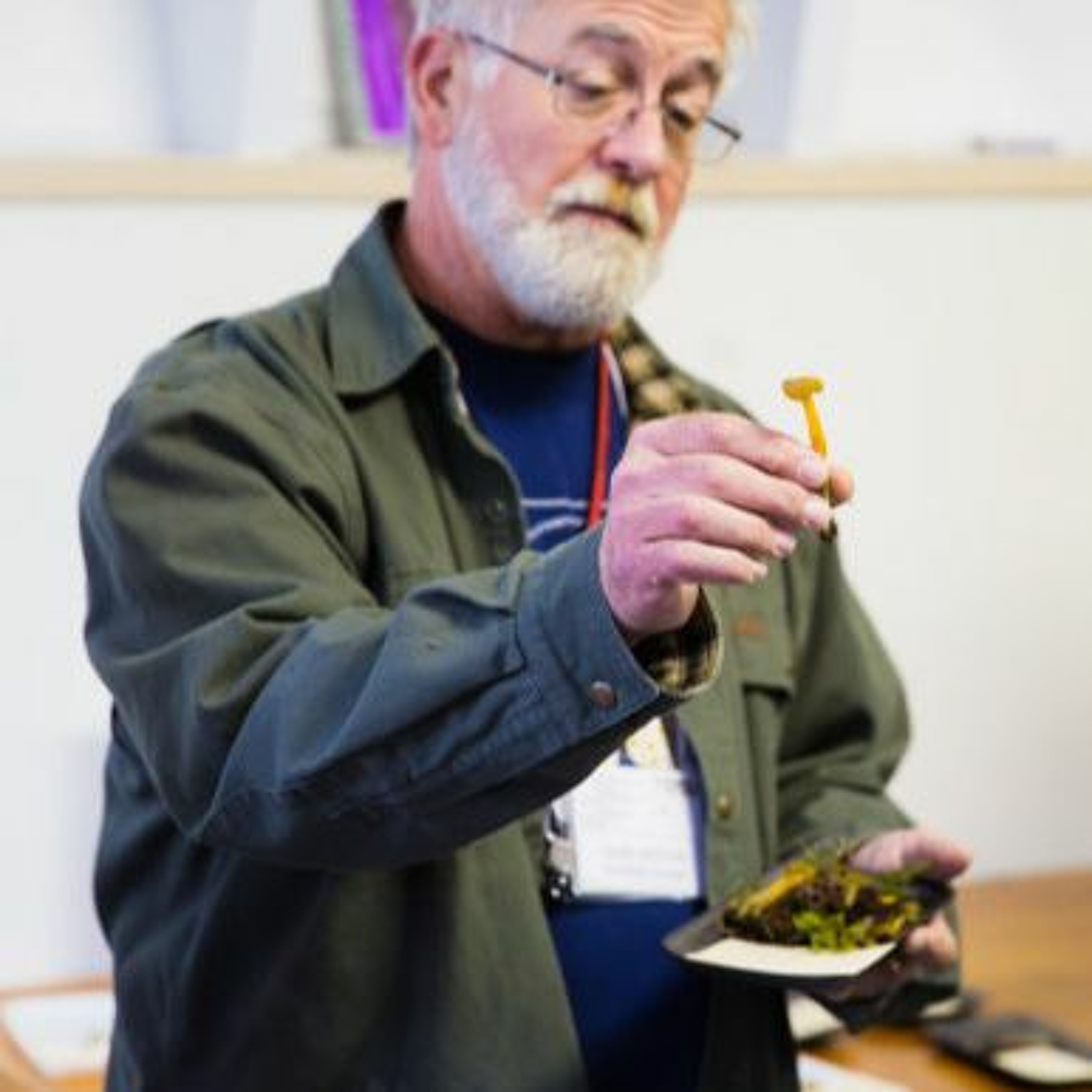 Culinary Historians of ChicagoOften Overlooked Spring Fungi with Andrew Methven, PhDAndrew S. Methven
Emeritus Professor of Biological Sciences
Eastern Illinois University
While most people are scouring the woods for morels in the Spring, there is a treasure trove of other fungi that are often overlooked or ignored in our haste to find food for the table. This talk will focus on some of the fungi, including morels and false morels, which are encountered in Midwestern forests in spring and early summer. You will see images of edible fungi, fascinating pathogens, and a number of fungi which are ecologically important or mycologically interesting.
Andrew Methven is emeritus professor of mycology and...2022-04-051h 17
Culinary Historians of ChicagoOften Overlooked Spring Fungi with Andrew Methven, PhDAndrew S. Methven
Emeritus Professor of Biological Sciences
Eastern Illinois University
While most people are scouring the woods for morels in the Spring, there is a treasure trove of other fungi that are often overlooked or ignored in our haste to find food for the table. This talk will focus on some of the fungi, including morels and false morels, which are encountered in Midwestern forests in spring and early summer. You will see images of edible fungi, fascinating pathogens, and a number of fungi which are ecologically important or mycologically interesting.
Andrew Methven is emeritus professor of mycology and...2022-04-051h 17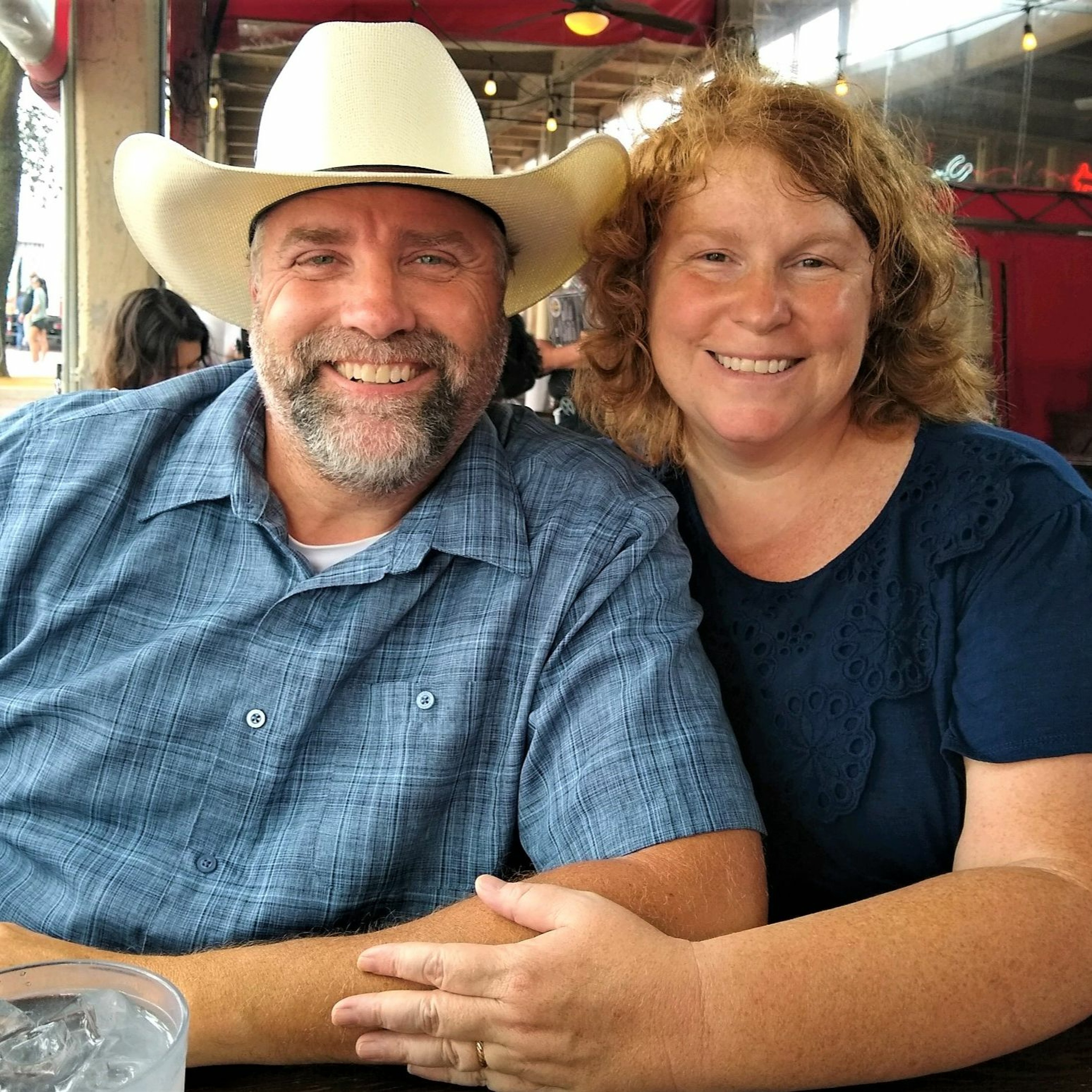 Culinary Historians of ChicagoThe Making of a Chicago Master Chef And Chicago’s Food EvolutionThe Making of a Chicago Master Chef And Chicago’s Food Evolution
Presented by Chef Michael Maddox
Former Chef/Partner Le Titi de Paris
Chef Instructor at College of DePage
What shapes a master chef, especially a chef who has been a key ingredient in Chicago’s evolution into a world class culinary destination? Come join us as Chef Michael Maddox dishes on the many culinary influences in his life, from growing up in a farming community in Illinois, to collaborating with celebrated Chicago chefs like Jean Banchet, Didier Durand, Pierre Pollin and Michael Lachowicz — not to mention his stints workin...2022-03-311h 33
Culinary Historians of ChicagoThe Making of a Chicago Master Chef And Chicago’s Food EvolutionThe Making of a Chicago Master Chef And Chicago’s Food Evolution
Presented by Chef Michael Maddox
Former Chef/Partner Le Titi de Paris
Chef Instructor at College of DePage
What shapes a master chef, especially a chef who has been a key ingredient in Chicago’s evolution into a world class culinary destination? Come join us as Chef Michael Maddox dishes on the many culinary influences in his life, from growing up in a farming community in Illinois, to collaborating with celebrated Chicago chefs like Jean Banchet, Didier Durand, Pierre Pollin and Michael Lachowicz — not to mention his stints workin...2022-03-311h 33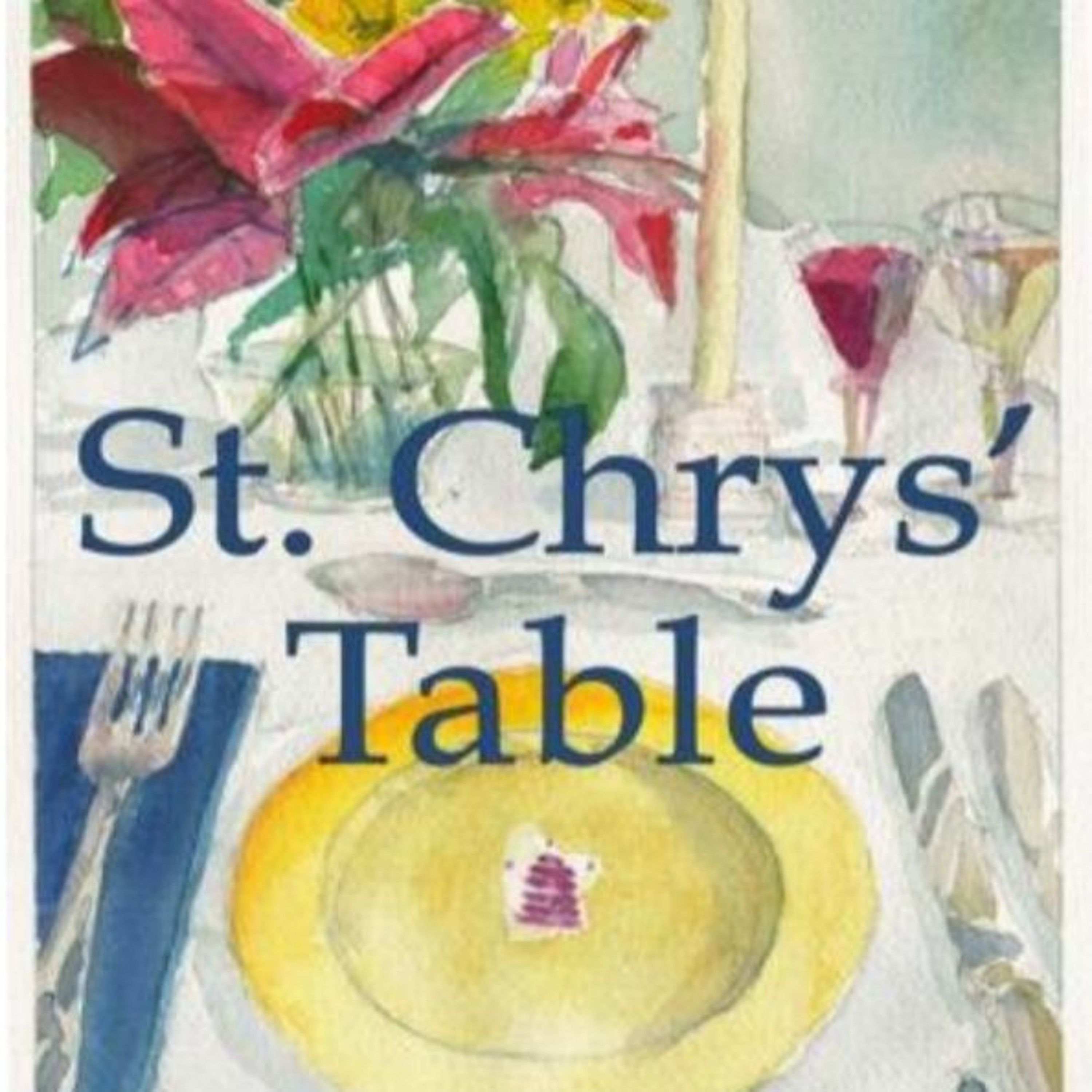 Culinary Historians of ChicagoSt. Chrys’ Table: Birth of a Community CookbookSt. Chrys’ Table: Birth of a Community Cookbook
Culinary Historians member Libbet Richter
will interview team members:
Jonathan Boyer, Isabel Carpenter, McLaurin Files, and Janet Russo
During the first summer of COVID-19, the Women of St. Chrysostom’s (WOSC), a fellowship group at an Episcopal church on Chicago’s north side, talked about ways to connect and build community. Creating a cookbook was decided to be the ideal pursuit.
Although there were many excellent cooks in the group, the process of making a cookbook was challenging. Culinary Historians member Libbet Richter will interview members of the team about what it took t...2022-03-1759 min
Culinary Historians of ChicagoSt. Chrys’ Table: Birth of a Community CookbookSt. Chrys’ Table: Birth of a Community Cookbook
Culinary Historians member Libbet Richter
will interview team members:
Jonathan Boyer, Isabel Carpenter, McLaurin Files, and Janet Russo
During the first summer of COVID-19, the Women of St. Chrysostom’s (WOSC), a fellowship group at an Episcopal church on Chicago’s north side, talked about ways to connect and build community. Creating a cookbook was decided to be the ideal pursuit.
Although there were many excellent cooks in the group, the process of making a cookbook was challenging. Culinary Historians member Libbet Richter will interview members of the team about what it took t...2022-03-1759 min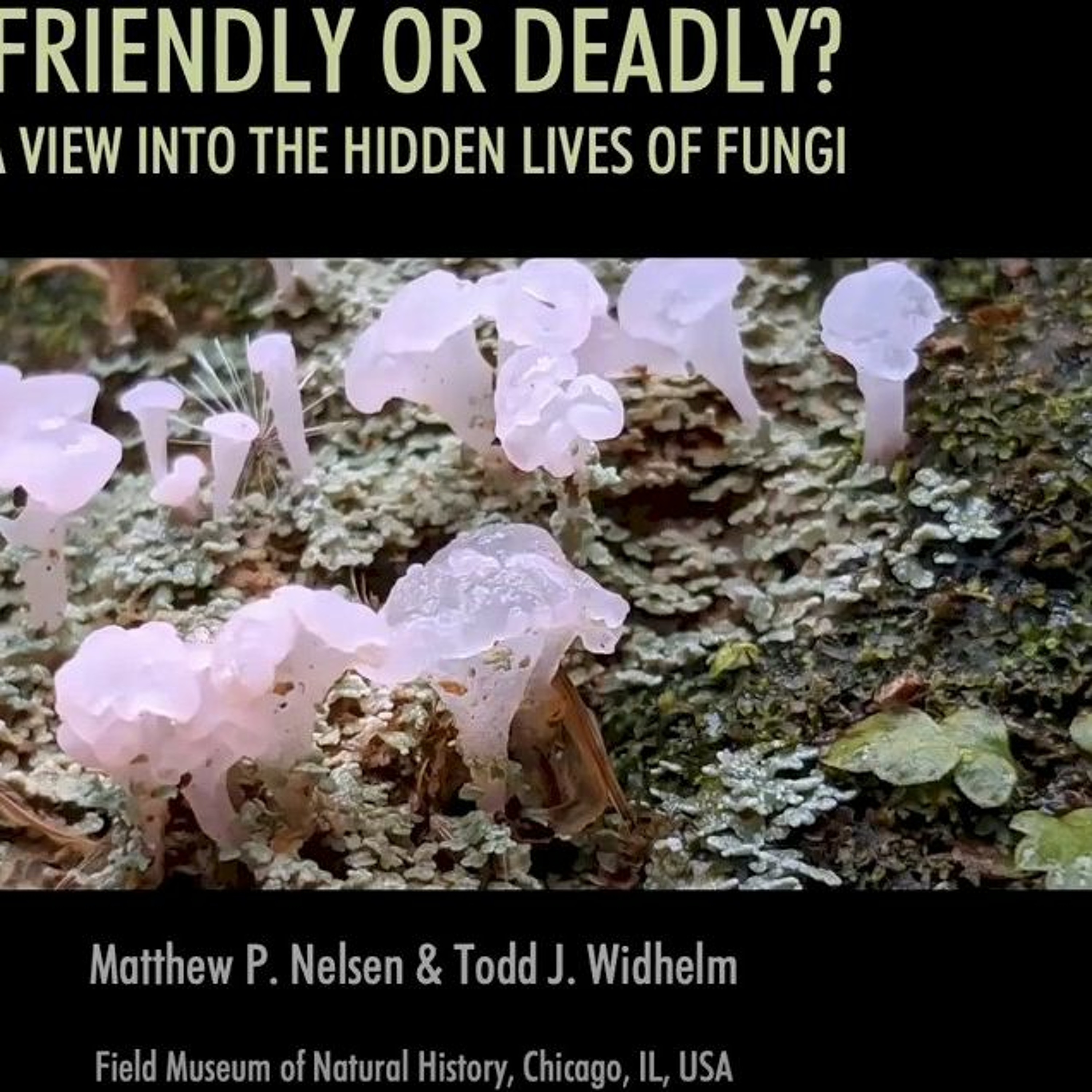 Culinary Historians of ChicagoFriendly or Deadly? A View Into the Hidden Lives of FungiFriendly or Deadly? A View Into the Hidden Lives of Fungi
Fungi are all bad, right? Well…not exactly. You might be surprised by how much you benefit from fungi in your everyday life. Learn what those mushrooms in the woods, or even on your pizza, are doing in nature and what those splotches of color you see on trees and rock are. By providing a window into the hidden lives of these fascinating and important organisms, we will highlight how fungi can be both friendly and deadly.
Presenters from the Field Museum include:
Matthew Nelsen - Research Scientist, Negaunee In...2022-03-0850 min
Culinary Historians of ChicagoFriendly or Deadly? A View Into the Hidden Lives of FungiFriendly or Deadly? A View Into the Hidden Lives of Fungi
Fungi are all bad, right? Well…not exactly. You might be surprised by how much you benefit from fungi in your everyday life. Learn what those mushrooms in the woods, or even on your pizza, are doing in nature and what those splotches of color you see on trees and rock are. By providing a window into the hidden lives of these fascinating and important organisms, we will highlight how fungi can be both friendly and deadly.
Presenters from the Field Museum include:
Matthew Nelsen - Research Scientist, Negaunee In...2022-03-0850 min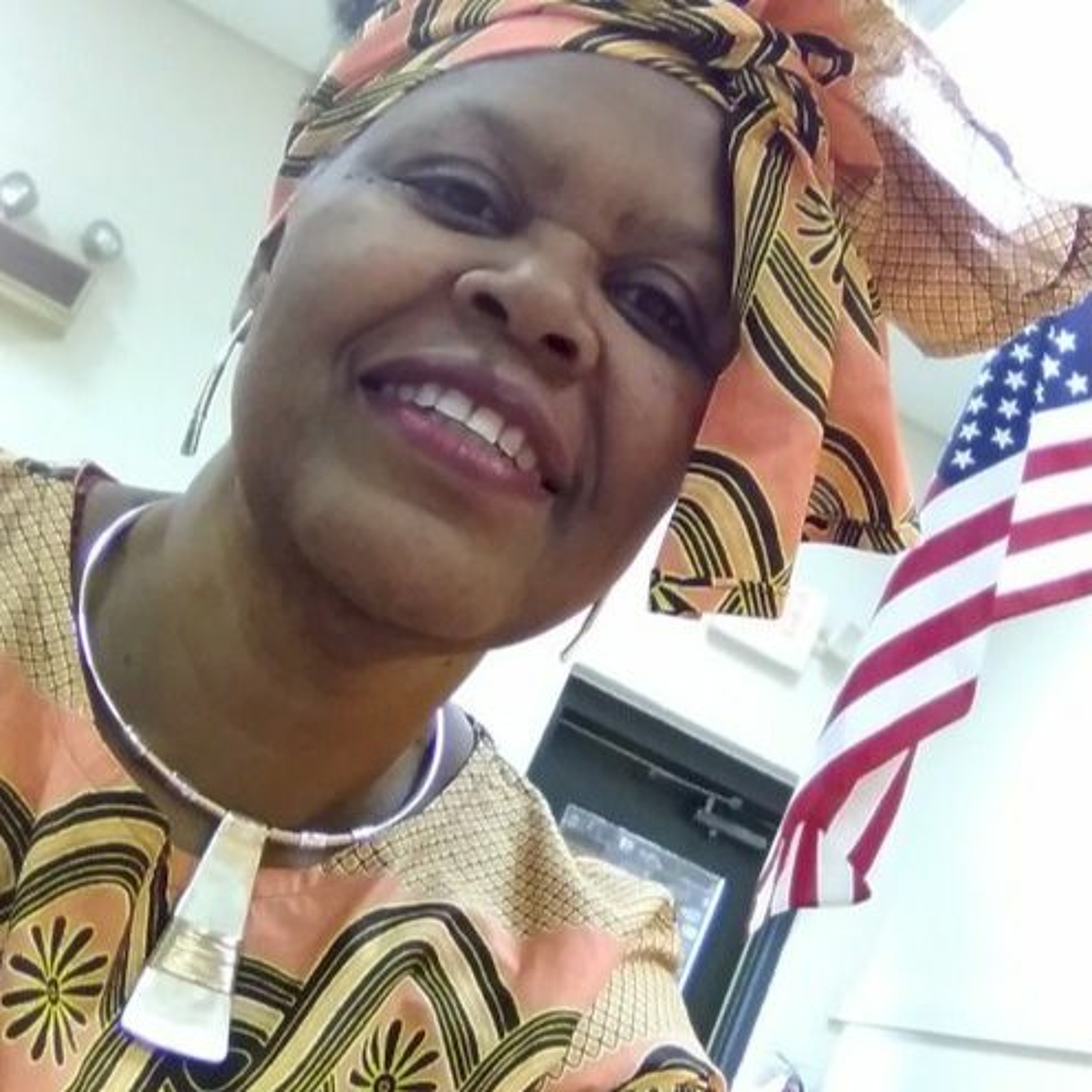 Culinary Historians of ChicagoBlack Women in the Kitchen with Sephira Bailey Shuttlesworth, PhDBlack Women in the Kitchen
Presented by Sephira Bailey Shuttlesworth PhD
A note from Scott Warner, President, Culinary Historians of Chicago:
This past fall I had the joy of attending the International Association of Culinary Professionals Annual Conference held in Birmingham, Alabama. The conference offered a buffet of glorious foodwriters and speakers, all accessible and sharing. Among the most moving talks I attended was one by Dr. Sephira Bailey Shuttlesworth who spoke poignantly and personally about ‘Black Women in the Kitchen,’ and what they have contributed to America’s table. She even belted out a spiritual that her grandmother often sang i...2022-02-1058 min
Culinary Historians of ChicagoBlack Women in the Kitchen with Sephira Bailey Shuttlesworth, PhDBlack Women in the Kitchen
Presented by Sephira Bailey Shuttlesworth PhD
A note from Scott Warner, President, Culinary Historians of Chicago:
This past fall I had the joy of attending the International Association of Culinary Professionals Annual Conference held in Birmingham, Alabama. The conference offered a buffet of glorious foodwriters and speakers, all accessible and sharing. Among the most moving talks I attended was one by Dr. Sephira Bailey Shuttlesworth who spoke poignantly and personally about ‘Black Women in the Kitchen,’ and what they have contributed to America’s table. She even belted out a spiritual that her grandmother often sang i...2022-02-1058 min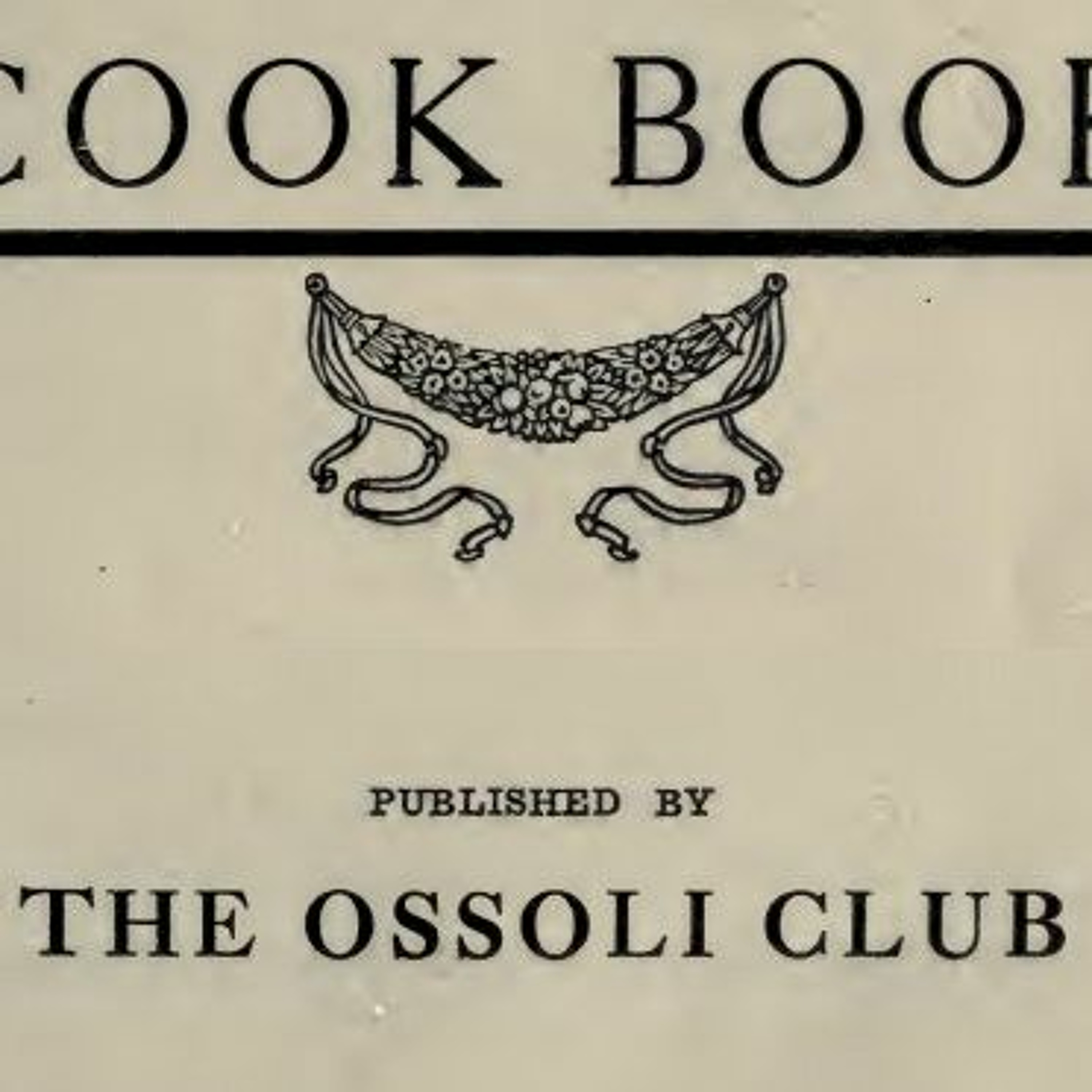 Culinary Historians of ChicagoWomen, Philanthropy, Recipes, and Social Progress: A Reexamination of Primary ResourcesWomen, Philanthropy, Recipes, and Social Progress: A Reexamination of Primary Resources
These presentations were made at the Illinois History Conference at the Abraham Lincoln Presidential Library and Museum in October, 2021. Since this is ongoing research, there will be additional information learned after this event.
“The Mary Ethel Crofton Cookbook,” circa 1895 and earlier, Nicole Stocker, Museum Educator, Lake County Forest Preserves, Bess Bower Dunn Museum
“Politics, Gender, and the Local Woman’s Club Records,” Nancy Webster, Archivist, Highland Park Historical Society
“Comparison and Contrast of The Ossoli Club community Cook Book, circa 1911, and Highland Park Woman’s Club Cook Book, circa 1925” Catherine Lambre...2022-01-141h 17
Culinary Historians of ChicagoWomen, Philanthropy, Recipes, and Social Progress: A Reexamination of Primary ResourcesWomen, Philanthropy, Recipes, and Social Progress: A Reexamination of Primary Resources
These presentations were made at the Illinois History Conference at the Abraham Lincoln Presidential Library and Museum in October, 2021. Since this is ongoing research, there will be additional information learned after this event.
“The Mary Ethel Crofton Cookbook,” circa 1895 and earlier, Nicole Stocker, Museum Educator, Lake County Forest Preserves, Bess Bower Dunn Museum
“Politics, Gender, and the Local Woman’s Club Records,” Nancy Webster, Archivist, Highland Park Historical Society
“Comparison and Contrast of The Ossoli Club community Cook Book, circa 1911, and Highland Park Woman’s Club Cook Book, circa 1925” Catherine Lambre...2022-01-141h 17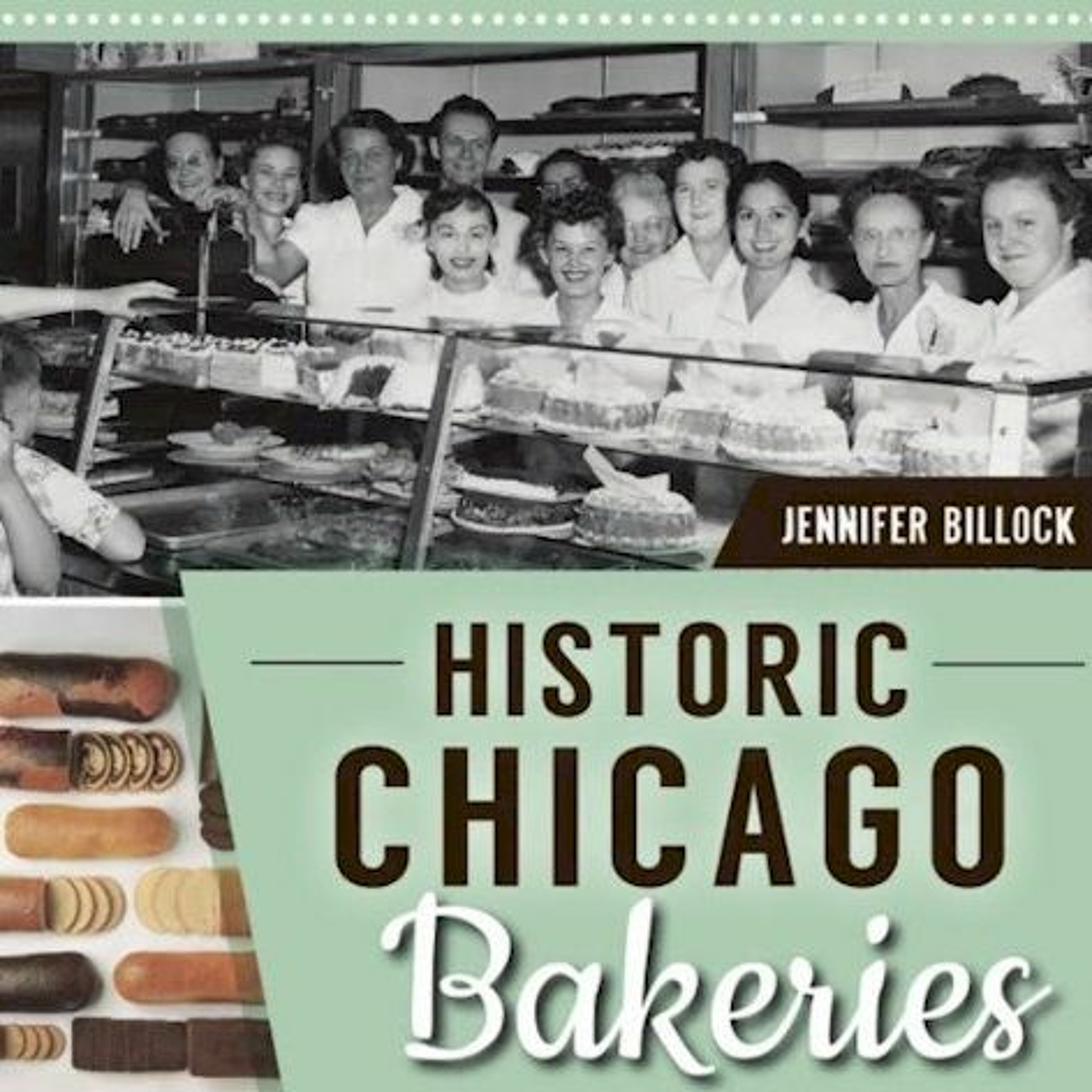 Culinary Historians of ChicagoHistoric Chicago BakeriesHistoric Chicago Bakeries
Come join us as author Jennifer Billock explores the sweet and doughy history of Chicago from pioneering bakers to today’s cake makers. At one time, more than 7,000 bakeries dotted Chicago’s streets. Today stalwarts like Dinkel’s, Roeser’s, Weber’s, Pticek, and Ferrara continue a legacy that shaped Chicago’s food traditions: a poppy seed bun for hotdogs, and paczki and zeppole for the holidays; an atomic cake for family celebrations, and bacon buns in the morning.
BIOGRAPHY Jennifer Billock is the author of the just-published “Historic Chicago Bakeries” (The History Press, $22). She is an award-winning wr...2022-01-1358 min
Culinary Historians of ChicagoHistoric Chicago BakeriesHistoric Chicago Bakeries
Come join us as author Jennifer Billock explores the sweet and doughy history of Chicago from pioneering bakers to today’s cake makers. At one time, more than 7,000 bakeries dotted Chicago’s streets. Today stalwarts like Dinkel’s, Roeser’s, Weber’s, Pticek, and Ferrara continue a legacy that shaped Chicago’s food traditions: a poppy seed bun for hotdogs, and paczki and zeppole for the holidays; an atomic cake for family celebrations, and bacon buns in the morning.
BIOGRAPHY Jennifer Billock is the author of the just-published “Historic Chicago Bakeries” (The History Press, $22). She is an award-winning wr...2022-01-1358 min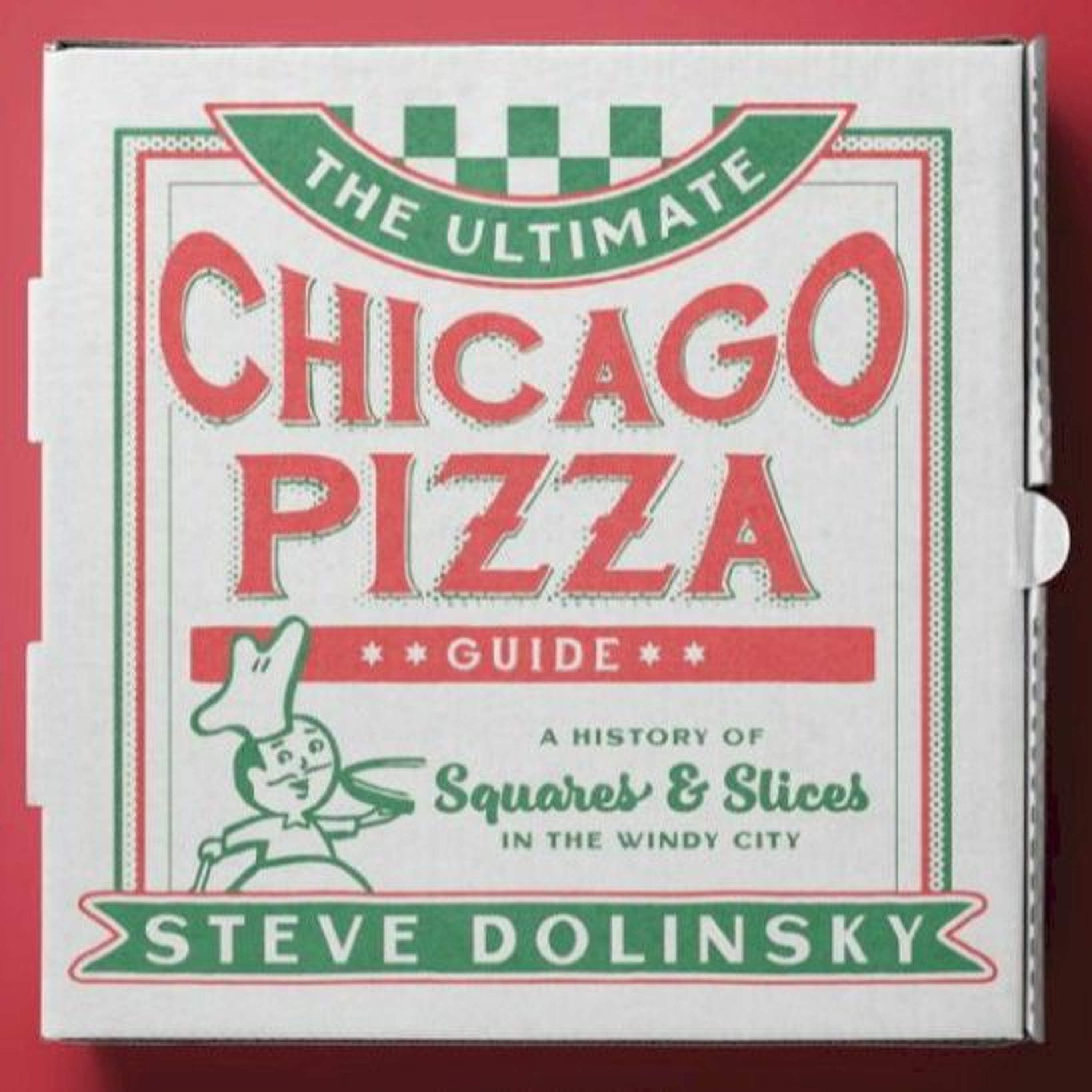 Culinary Historians of ChicagoSlicing into Chicago’s Pizza HistorySlicing into Chicago’s Pizza History
Steve Dolinsky
Doesn’t everybody love Pizza?
Well, even if you don’t, you might want to tune into our program when award-wining food reporter Steve Dolinsky delivers a luscious serving of pizza history. Here’s what’s on Steve’s menu:
- The three waves of pizza in Chicago – Post WWII, 1970s and then the pandemic.
- How oven technology helped shape the types of pizza that were made in Chicago.
- How one cook changed the shape (and height) of deep-dish, based on a Mississippi biscuit recipe.
- The 10 distinctive styles of pizza in Chica...2021-12-0958 min
Culinary Historians of ChicagoSlicing into Chicago’s Pizza HistorySlicing into Chicago’s Pizza History
Steve Dolinsky
Doesn’t everybody love Pizza?
Well, even if you don’t, you might want to tune into our program when award-wining food reporter Steve Dolinsky delivers a luscious serving of pizza history. Here’s what’s on Steve’s menu:
- The three waves of pizza in Chicago – Post WWII, 1970s and then the pandemic.
- How oven technology helped shape the types of pizza that were made in Chicago.
- How one cook changed the shape (and height) of deep-dish, based on a Mississippi biscuit recipe.
- The 10 distinctive styles of pizza in Chica...2021-12-0958 min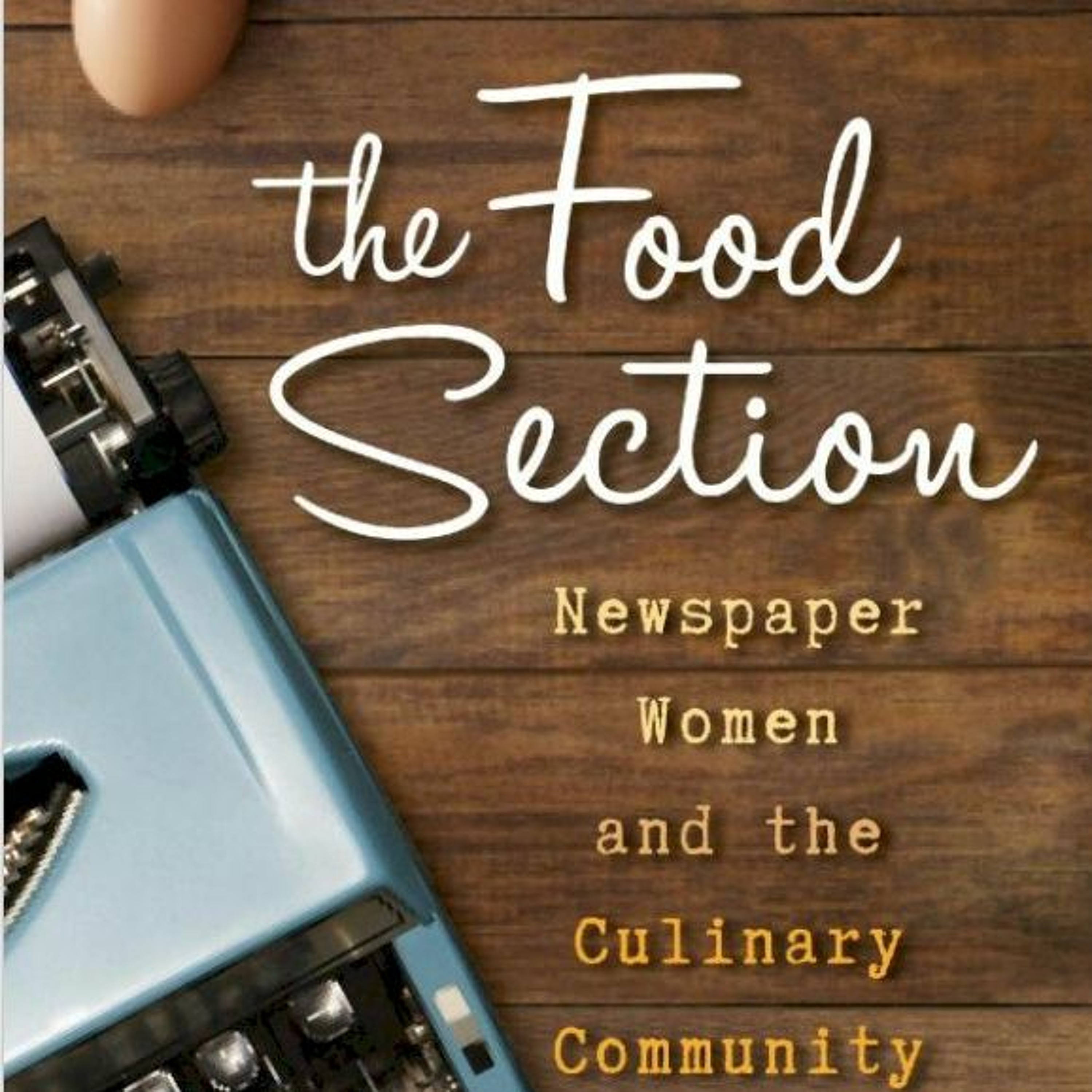 Culinary Historians of ChicagoA Tale of Two Food Journalists: ‘Jane Eddington,’ Chicago Tribune and Alma Lach, Chicago Sun-TimesA Tale of Two Food Journalists: ‘Jane Eddington’ of Chicago Tribune, 1910-1930 and Alma Lach of Chicago Sun-Times, 1957-1965
‘My Dear Miss Eddington’: Reader Letters and
Early Twentieth Century Food Media
Presented by Emily Martin, University of California, Berkeley
Reader letters to early twentieth century women’s print food media were quite common, though few such letters have survived. This paper investigates a collection of roughly 200 reader letters written to Caroline Maddocks Beard, food writer for the Chicago Tribune from 1910-1930, to consider the complexity and creativity of women’s interaction with food media. I suggest that readers viewed such women’s food...2021-11-191h 12
Culinary Historians of ChicagoA Tale of Two Food Journalists: ‘Jane Eddington,’ Chicago Tribune and Alma Lach, Chicago Sun-TimesA Tale of Two Food Journalists: ‘Jane Eddington’ of Chicago Tribune, 1910-1930 and Alma Lach of Chicago Sun-Times, 1957-1965
‘My Dear Miss Eddington’: Reader Letters and
Early Twentieth Century Food Media
Presented by Emily Martin, University of California, Berkeley
Reader letters to early twentieth century women’s print food media were quite common, though few such letters have survived. This paper investigates a collection of roughly 200 reader letters written to Caroline Maddocks Beard, food writer for the Chicago Tribune from 1910-1930, to consider the complexity and creativity of women’s interaction with food media. I suggest that readers viewed such women’s food...2021-11-191h 12 Culinary Historians of ChicagoLet’s Eat: Celebrating with Food: Thanksgiving and Korean ChuseokLet’s Eat: Celebrating with Food: Thanksgiving and Korean Chuseok
Let’s Eat! Celebrating with Food explores food, culture and history from the American and Korean viewpoints. Learn where people got their ingredients, how technology has changed food preparation, and explore how one ingredient, cabbage, can become very different dishes (sauerkraut and kimchi). We will compare how the harvest holidays of Thanksgiving and Chuseok are expressed in American and Korean culture.
Let’s Eat! Is a partnership between the Korean Cultural Center of Chicago and the Raupp Museum at the Buffalo Grove Park District. Representatives from the Korean Cultural Center will b...2021-11-1438 min
Culinary Historians of ChicagoLet’s Eat: Celebrating with Food: Thanksgiving and Korean ChuseokLet’s Eat: Celebrating with Food: Thanksgiving and Korean Chuseok
Let’s Eat! Celebrating with Food explores food, culture and history from the American and Korean viewpoints. Learn where people got their ingredients, how technology has changed food preparation, and explore how one ingredient, cabbage, can become very different dishes (sauerkraut and kimchi). We will compare how the harvest holidays of Thanksgiving and Chuseok are expressed in American and Korean culture.
Let’s Eat! Is a partnership between the Korean Cultural Center of Chicago and the Raupp Museum at the Buffalo Grove Park District. Representatives from the Korean Cultural Center will b...2021-11-1438 min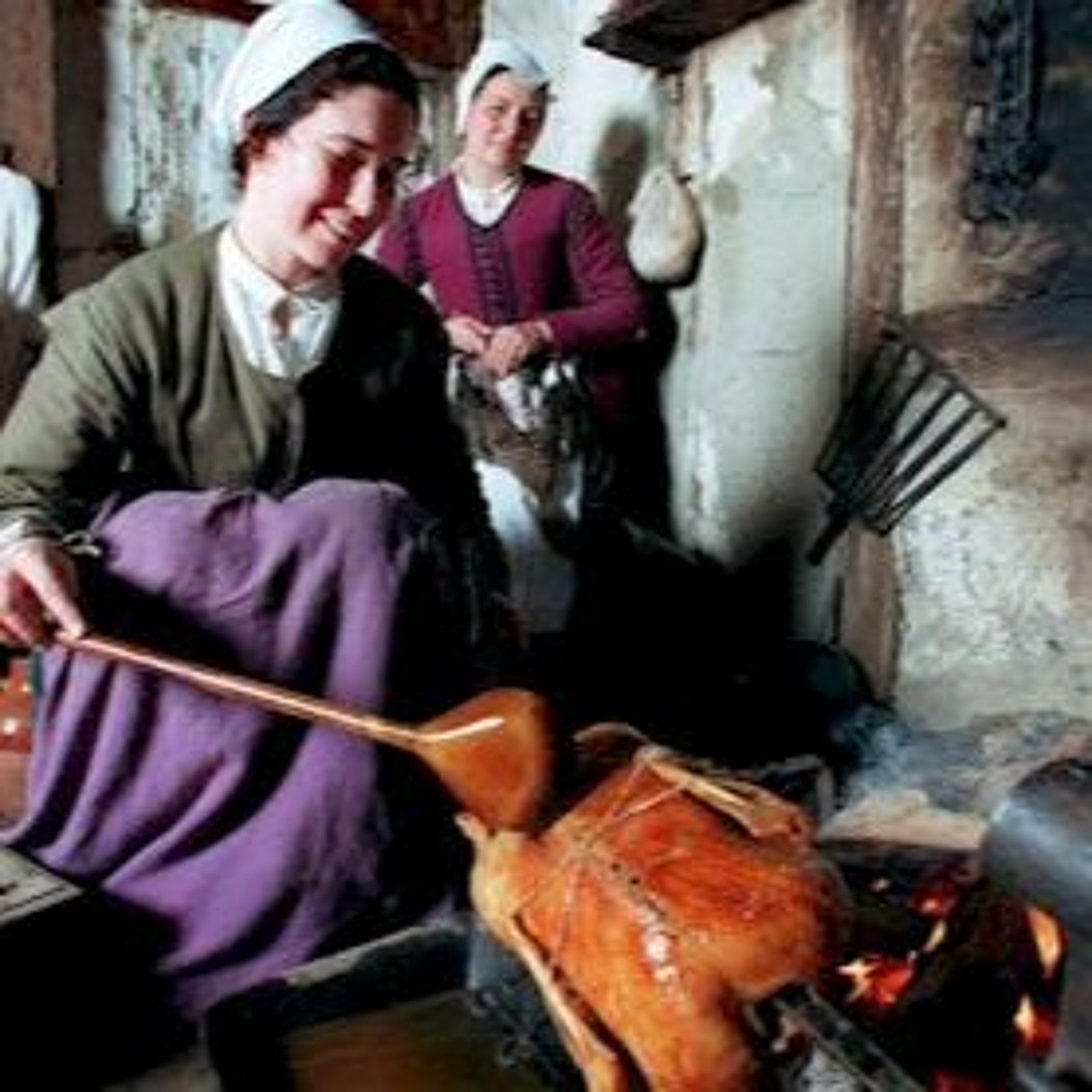 Culinary Historians of ChicagoThe Pilgrim Kitchen The Harvest Celebration of 1621: Plimoth Patuxet Museum, Plymouth MassachusettsThe Pilgrim Kitchen The Harvest Celebration of 1621: Plimoth Patuxet Museum, Plymouth Massachusetts
Presented by John Ota
As part of the research for his book, The Kitchen, John Ota travelled to Plymouth, Massachusetts where he cooked a meal over an open fire with Pilgrim Foodways historian Kathleen Wall. On the 400th anniversary of the Harvest Feast between the New England colonists and the Wampanoag people, John will share his experiences of the culinary history, architecture, cooking methods and the dishes from the first Thanksgiving of 1621. John’s presentation will include multiple images, 1621 recipes as well as truths and misconceptions about this fa...2021-11-101h 05
Culinary Historians of ChicagoThe Pilgrim Kitchen The Harvest Celebration of 1621: Plimoth Patuxet Museum, Plymouth MassachusettsThe Pilgrim Kitchen The Harvest Celebration of 1621: Plimoth Patuxet Museum, Plymouth Massachusetts
Presented by John Ota
As part of the research for his book, The Kitchen, John Ota travelled to Plymouth, Massachusetts where he cooked a meal over an open fire with Pilgrim Foodways historian Kathleen Wall. On the 400th anniversary of the Harvest Feast between the New England colonists and the Wampanoag people, John will share his experiences of the culinary history, architecture, cooking methods and the dishes from the first Thanksgiving of 1621. John’s presentation will include multiple images, 1621 recipes as well as truths and misconceptions about this fa...2021-11-101h 05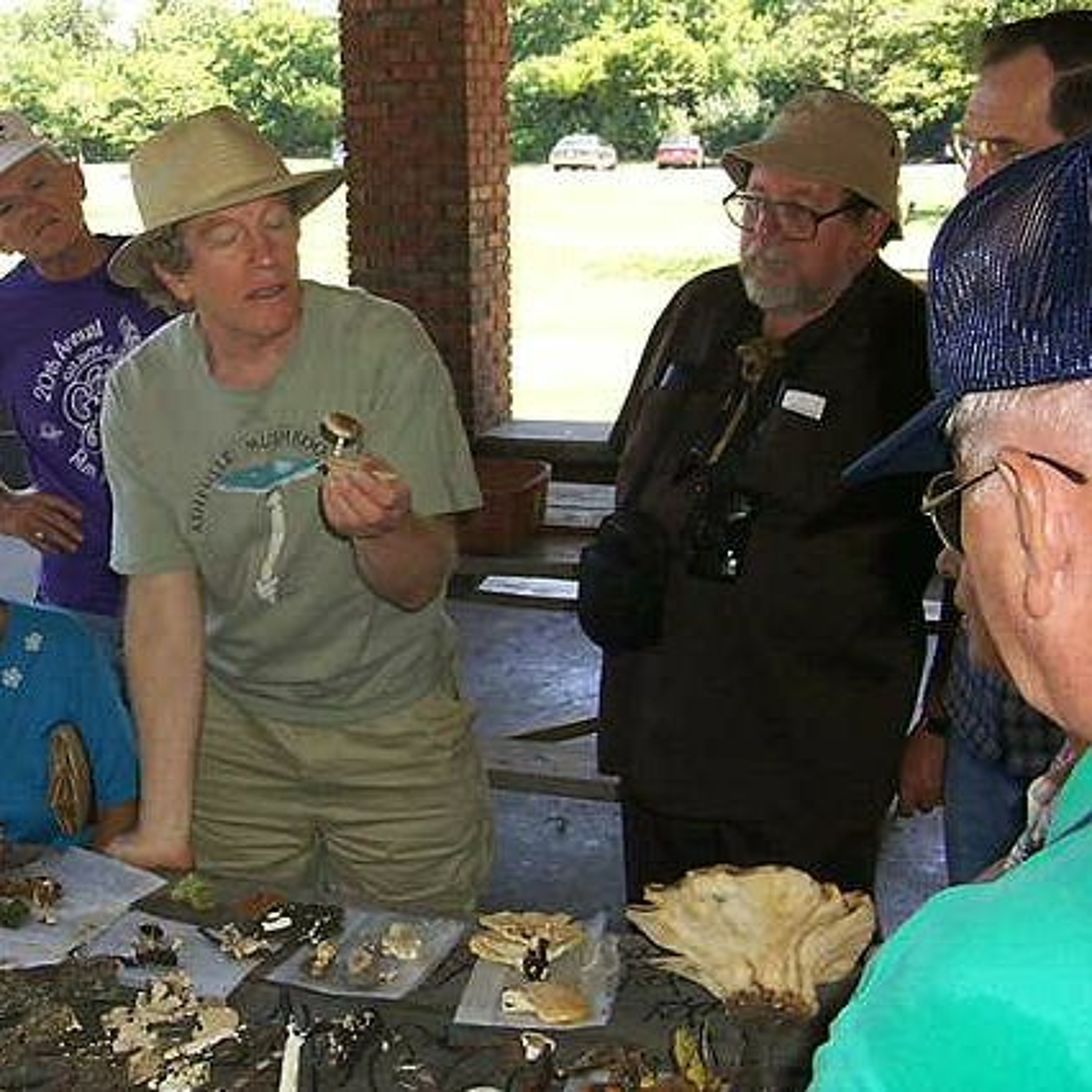 Culinary Historians of ChicagoThe Culture of Mushroomers: What Sparked Your Interest?The Culture of Mushroomers: What Sparked Your Interest?
What sparked your interest in fungi? There are as many different paths to mycology as there are mushrooms on this Earth.
Several members have been invited to talk about their paths to kick off the dialogue. Presenters were:
Stephanie Kowalyk
Greg Mueller
Patrick Leacock
Nicole Omiotek
Catherine Lambrecht
Susan Kayser
We will try to fit in as many as possible, though we have finite amount of time. If need be, we can carry this theme over to our holiday party in December.
No story you wish to share? Come anyway to enjoy...2021-11-021h 23
Culinary Historians of ChicagoThe Culture of Mushroomers: What Sparked Your Interest?The Culture of Mushroomers: What Sparked Your Interest?
What sparked your interest in fungi? There are as many different paths to mycology as there are mushrooms on this Earth.
Several members have been invited to talk about their paths to kick off the dialogue. Presenters were:
Stephanie Kowalyk
Greg Mueller
Patrick Leacock
Nicole Omiotek
Catherine Lambrecht
Susan Kayser
We will try to fit in as many as possible, though we have finite amount of time. If need be, we can carry this theme over to our holiday party in December.
No story you wish to share? Come anyway to enjoy...2021-11-021h 23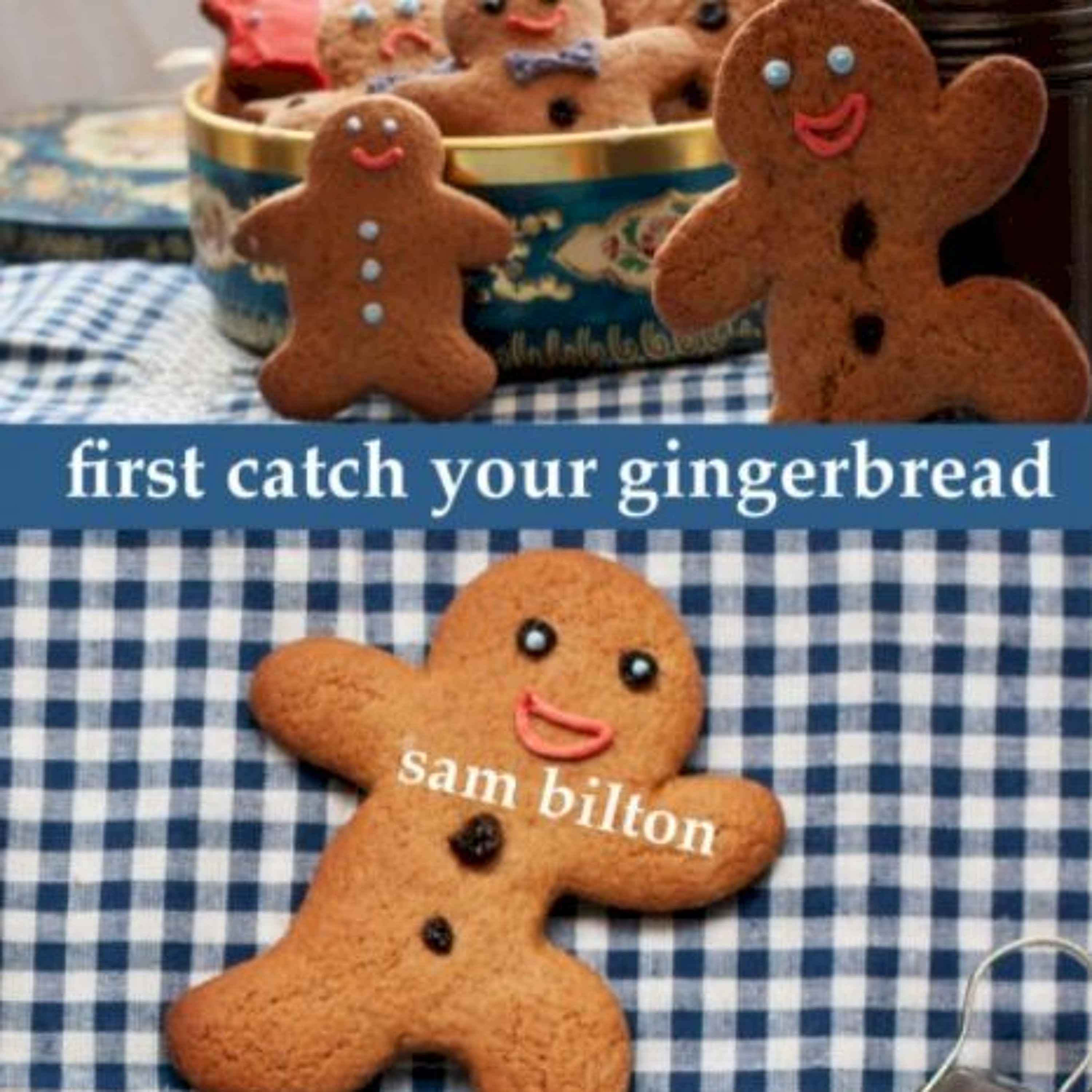 Culinary Historians of ChicagoFirst Catch Your Gingerbread! Plus UK Supper Clubs: What Are They?First Catch Your Gingerbread! Plus UK Supper Clubs: What Are They?
Sam Bilton, Food Historian and Restauranteur
Food historian and writer Sam Bilton is encouraging bakers to immerse themselves in the joy of making gingerbread.
Gingerbread is a lovely, squidgy treat which has played a part in almost everyone’s childhood. But do you know what gingerbread was made of when it first arrived on our plates? Was it flavoured with honey? When did treacle, dark, sticky, and fairly strong tasting, which adds moisture, depth of flavour and character to baking, first become available? Then there’s the question of when...2021-10-311h 20
Culinary Historians of ChicagoFirst Catch Your Gingerbread! Plus UK Supper Clubs: What Are They?First Catch Your Gingerbread! Plus UK Supper Clubs: What Are They?
Sam Bilton, Food Historian and Restauranteur
Food historian and writer Sam Bilton is encouraging bakers to immerse themselves in the joy of making gingerbread.
Gingerbread is a lovely, squidgy treat which has played a part in almost everyone’s childhood. But do you know what gingerbread was made of when it first arrived on our plates? Was it flavoured with honey? When did treacle, dark, sticky, and fairly strong tasting, which adds moisture, depth of flavour and character to baking, first become available? Then there’s the question of when...2021-10-311h 20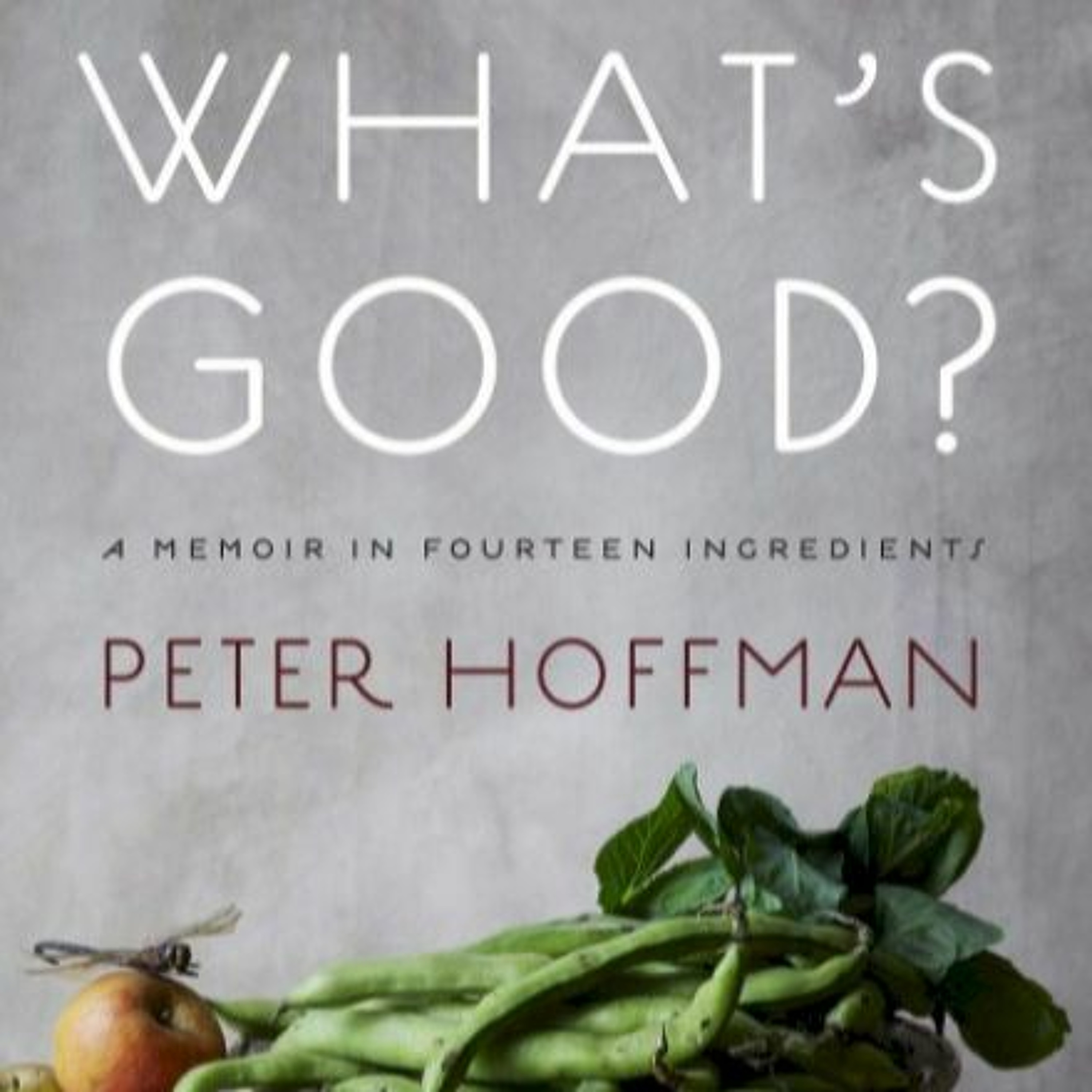 Culinary Historians of ChicagoHow Ingredients Shaped a ChefHow Ingredients Shaped a Chef
with Chef Peter Hoffman
Come join us as acclaimed New York chef Peter Hoffman, author of the recently published book “What’s Good?: A Memoir in Fourteen Ingredients”,reveals why he combined the story of his career with profiles of the favorite ingredients that he found at his favorite farmers market. Hoffman, founder of iconic Manhattan restaurants Savoy and Back Forty, describes his journey from line cook to chef/owner during New York’s culinary shift from French dominance to a more global and farm-to-table approach.
Chef Hoffman will also read an excerpt from his pepper c...2021-10-2157 min
Culinary Historians of ChicagoHow Ingredients Shaped a ChefHow Ingredients Shaped a Chef
with Chef Peter Hoffman
Come join us as acclaimed New York chef Peter Hoffman, author of the recently published book “What’s Good?: A Memoir in Fourteen Ingredients”,reveals why he combined the story of his career with profiles of the favorite ingredients that he found at his favorite farmers market. Hoffman, founder of iconic Manhattan restaurants Savoy and Back Forty, describes his journey from line cook to chef/owner during New York’s culinary shift from French dominance to a more global and farm-to-table approach.
Chef Hoffman will also read an excerpt from his pepper c...2021-10-2157 min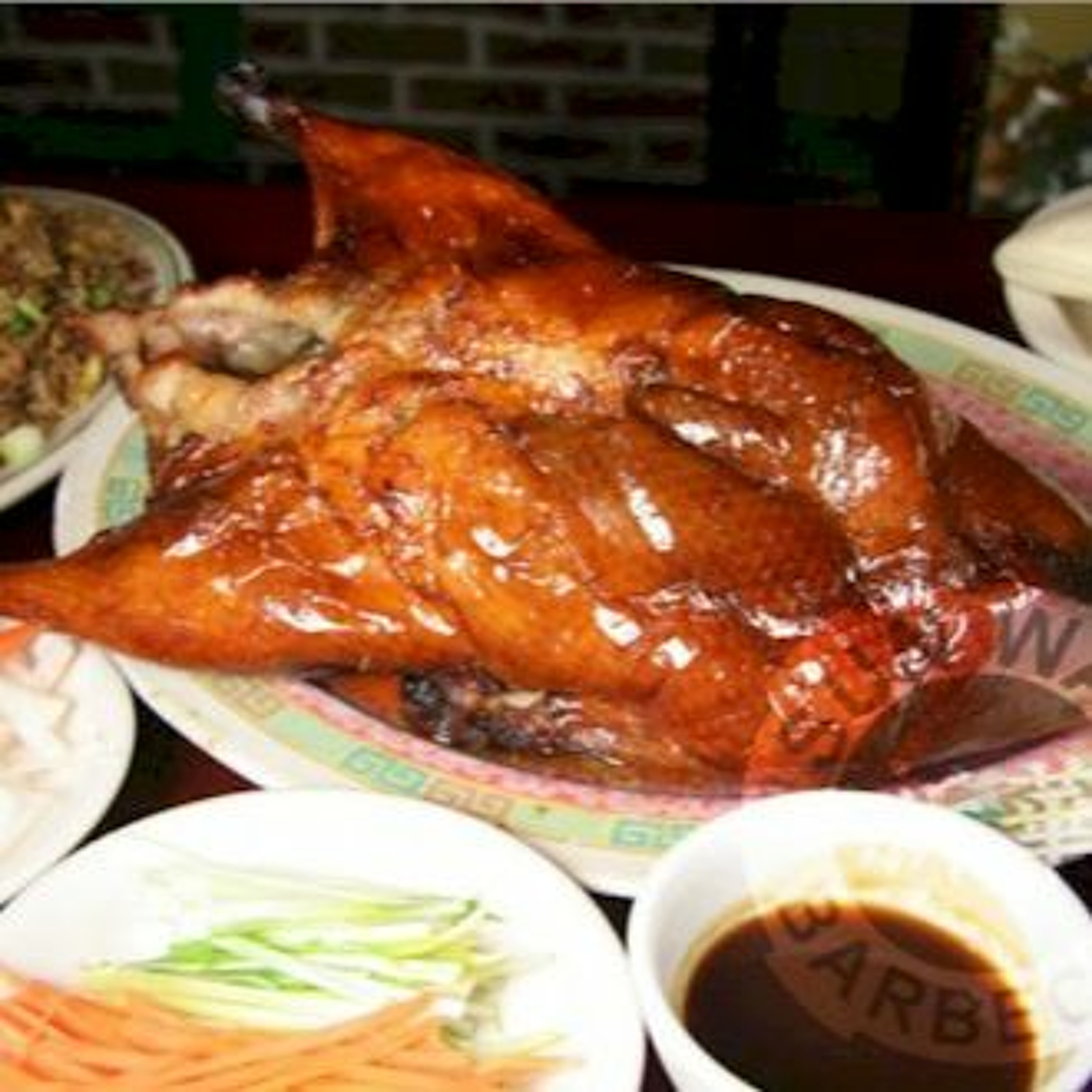 Culinary Historians of ChicagoBeijing Duck and the Pandemic: The story of Chicago’s iconic Sun Wah BBQBeijing Duck and the Pandemic: The story of Chicago’s iconic Sun Wah BBQ
with Kelly Cheng, General Manager
Times certainly have been challenging for our nation’s restaurants during these pandemic times. Come join us as Kelly Cheng tells her savory story of her family’s iconic restaurant and its place in Chicago’s culinary history. Kelly will also regale us with the story of Chinese barbecue and the secret of preparing Beijing duck. And she will share how she and her family and their business have struggled through and survived the pandemic.
A bit of history: Sun Wah BBQ star...2021-10-211h 09
Culinary Historians of ChicagoBeijing Duck and the Pandemic: The story of Chicago’s iconic Sun Wah BBQBeijing Duck and the Pandemic: The story of Chicago’s iconic Sun Wah BBQ
with Kelly Cheng, General Manager
Times certainly have been challenging for our nation’s restaurants during these pandemic times. Come join us as Kelly Cheng tells her savory story of her family’s iconic restaurant and its place in Chicago’s culinary history. Kelly will also regale us with the story of Chinese barbecue and the secret of preparing Beijing duck. And she will share how she and her family and their business have struggled through and survived the pandemic.
A bit of history: Sun Wah BBQ star...2021-10-211h 09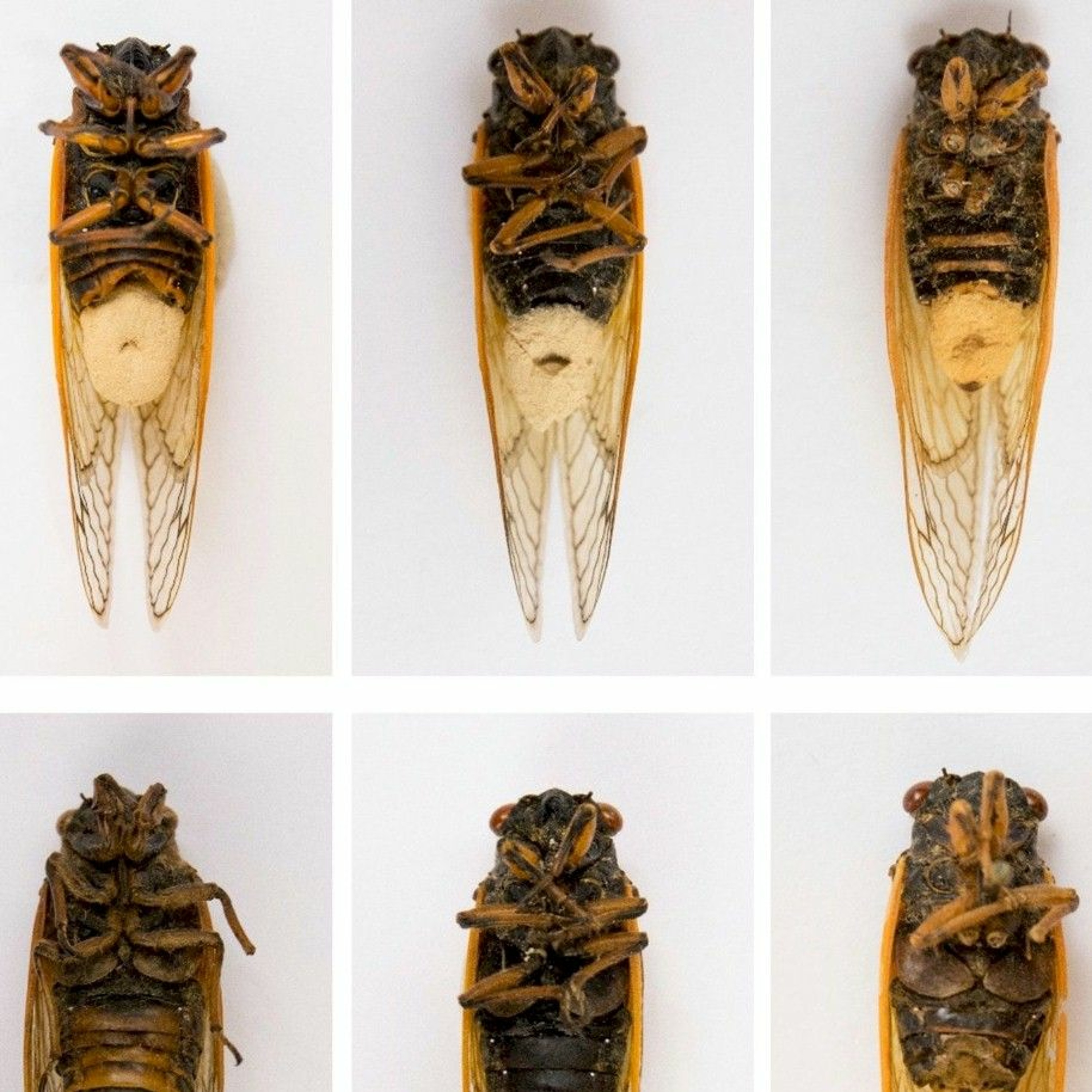 Culinary Historians of ChicagoCicada vs FungiCicada vs Fungi
Matthew Kasson, PhD
Chicago area is three years away from our next cicada invasion. Meanwhile, we can prepare to help scientists study cicada fungi!
Matt Kasson and his lab at West Virginia University are studying the Massospora fungus that infects cicadas. Kasson will be givin us the full story of how this fungi is distributed and how it affects these cicadas.
When you find one, save it (unused ziplock in freezer), and contact Matt @ mtkasson@mail.wvu.edu or on twitter https://twitter.com/kasson_wvu
Dr. Kasson received his Ph.D. in Plant Pathology from the...2021-09-161h 05
Culinary Historians of ChicagoCicada vs FungiCicada vs Fungi
Matthew Kasson, PhD
Chicago area is three years away from our next cicada invasion. Meanwhile, we can prepare to help scientists study cicada fungi!
Matt Kasson and his lab at West Virginia University are studying the Massospora fungus that infects cicadas. Kasson will be givin us the full story of how this fungi is distributed and how it affects these cicadas.
When you find one, save it (unused ziplock in freezer), and contact Matt @ mtkasson@mail.wvu.edu or on twitter https://twitter.com/kasson_wvu
Dr. Kasson received his Ph.D. in Plant Pathology from the...2021-09-161h 05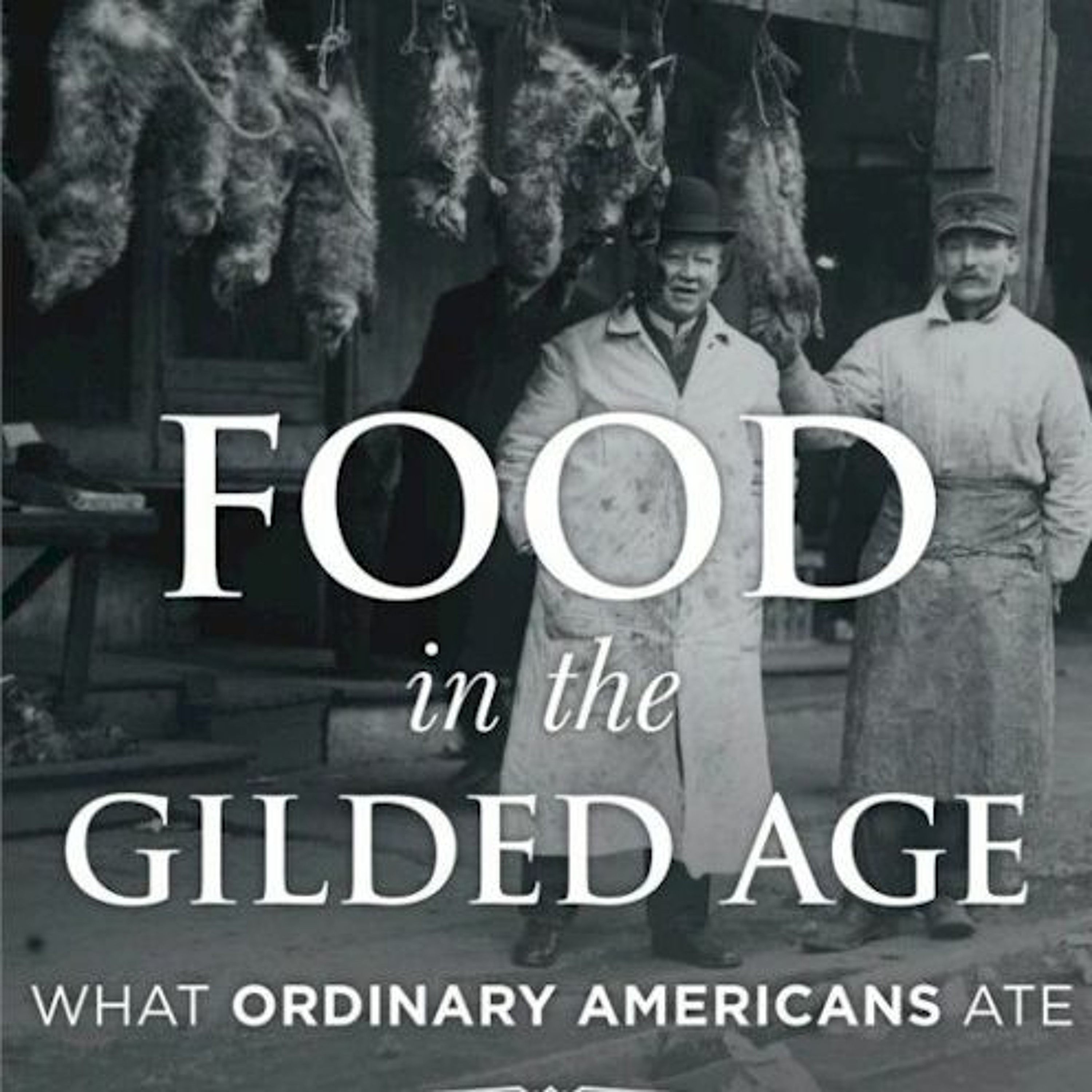 Culinary Historians of ChicagoFOOD IN THE GILDED AGE: What Ordinary Americans AteFOOD IN THE GILDED AGE: What Ordinary Americans Ate
with ROBERT DIRKS
Emeritus Professor of Anthropology
Illinois State University
America’s Gilded Age, the last quarter of the nineteenth century, is renowned for the excesses of robber barons and tycoons. The lavishness of their tables impressed contemporaries and historians alike. But what about the eating habits of ordinary people at the time? Robert Dirks, author of Food in the Gilded Age, poses that question and discovers some surprising answers by peering through the lens of what then was a newly emerging science of nutrition.
Robert Dirks, a member of Chicago Fo...2021-08-241h 23
Culinary Historians of ChicagoFOOD IN THE GILDED AGE: What Ordinary Americans AteFOOD IN THE GILDED AGE: What Ordinary Americans Ate
with ROBERT DIRKS
Emeritus Professor of Anthropology
Illinois State University
America’s Gilded Age, the last quarter of the nineteenth century, is renowned for the excesses of robber barons and tycoons. The lavishness of their tables impressed contemporaries and historians alike. But what about the eating habits of ordinary people at the time? Robert Dirks, author of Food in the Gilded Age, poses that question and discovers some surprising answers by peering through the lens of what then was a newly emerging science of nutrition.
Robert Dirks, a member of Chicago Fo...2021-08-241h 23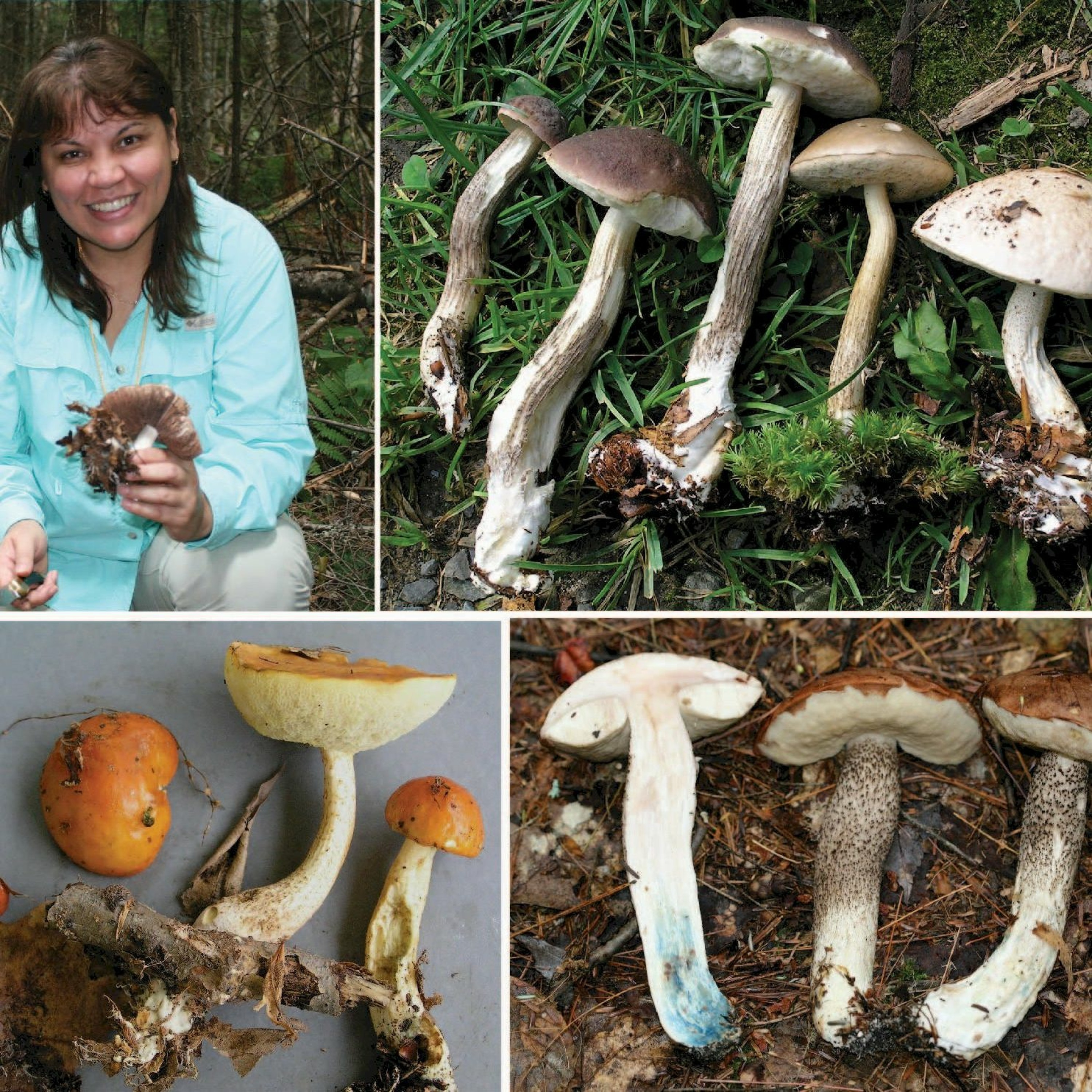 Culinary Historians of ChicagoAbout the genus Leccinum and other interesting boletesAbout the genus Leccinum and other interesting boletes
Presented by Beatriz Ortiz-Santana, PhD
Beatriz Ortiz-Santana is a Research Scientist and fungarium curator at the Center for Forest Mycology Research (- USDA, Forest Service, Northern Research Station) in Madison, Wisconsin. Ortiz-Santana received her PhD in Biology from the University of Puerto Rico - Rio Piedras. Her research focus is on the diversity and distribution of forest fungi in North America and the Caribbean Basin, in particular the biosystematics of basidiomycete fungi in the Boletales and the families Agaricaceae and Fomitopsidaceae. These fungi play significant roles in nutrient cycling and retention, basic...2021-08-031h 13
Culinary Historians of ChicagoAbout the genus Leccinum and other interesting boletesAbout the genus Leccinum and other interesting boletes
Presented by Beatriz Ortiz-Santana, PhD
Beatriz Ortiz-Santana is a Research Scientist and fungarium curator at the Center for Forest Mycology Research (- USDA, Forest Service, Northern Research Station) in Madison, Wisconsin. Ortiz-Santana received her PhD in Biology from the University of Puerto Rico - Rio Piedras. Her research focus is on the diversity and distribution of forest fungi in North America and the Caribbean Basin, in particular the biosystematics of basidiomycete fungi in the Boletales and the families Agaricaceae and Fomitopsidaceae. These fungi play significant roles in nutrient cycling and retention, basic...2021-08-031h 13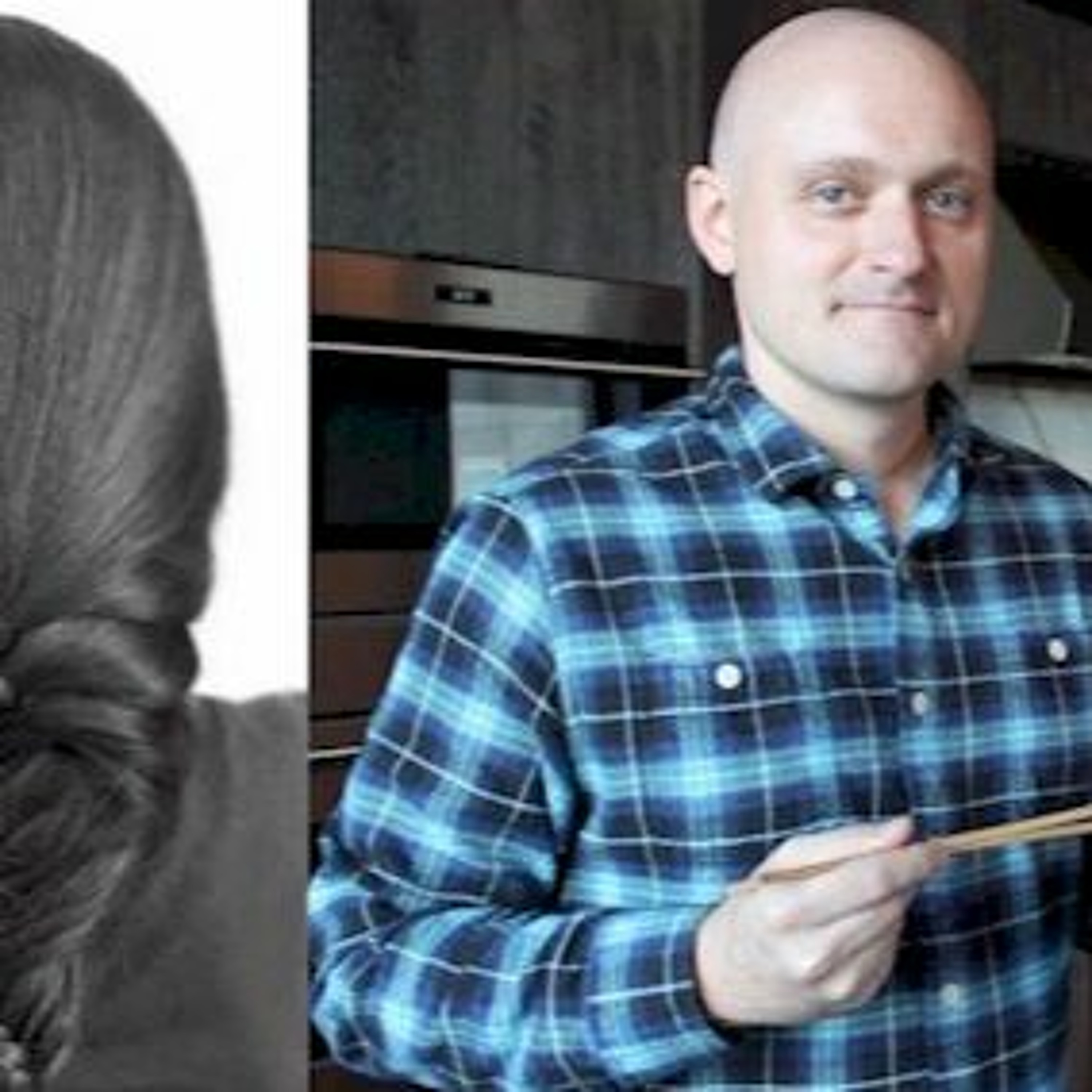 Culinary Historians of Chicago210728CHCTribuneDiningCritics.outputChicago Trib’s New Restaurant Critics Exposed!
Meet Louisa Chu and Nick Kindelsperger
Time was we could never get a Chicago food critic to speak to our group; they religiously refused to reveal their identities in public. That is until about three years ago when the Tribune’s esteemed food critic, Phil Vettel, published a story in the paper, complete with his photo, explaining that it was almost impossible for him to remain anonymous when reviewing restaurants. Canny restaurateurs often were able to figure out who he was, and Phil ultimately figured he could still accurately review the food as a fu...2021-07-301h 30
Culinary Historians of Chicago210728CHCTribuneDiningCritics.outputChicago Trib’s New Restaurant Critics Exposed!
Meet Louisa Chu and Nick Kindelsperger
Time was we could never get a Chicago food critic to speak to our group; they religiously refused to reveal their identities in public. That is until about three years ago when the Tribune’s esteemed food critic, Phil Vettel, published a story in the paper, complete with his photo, explaining that it was almost impossible for him to remain anonymous when reviewing restaurants. Canny restaurateurs often were able to figure out who he was, and Phil ultimately figured he could still accurately review the food as a fu...2021-07-301h 30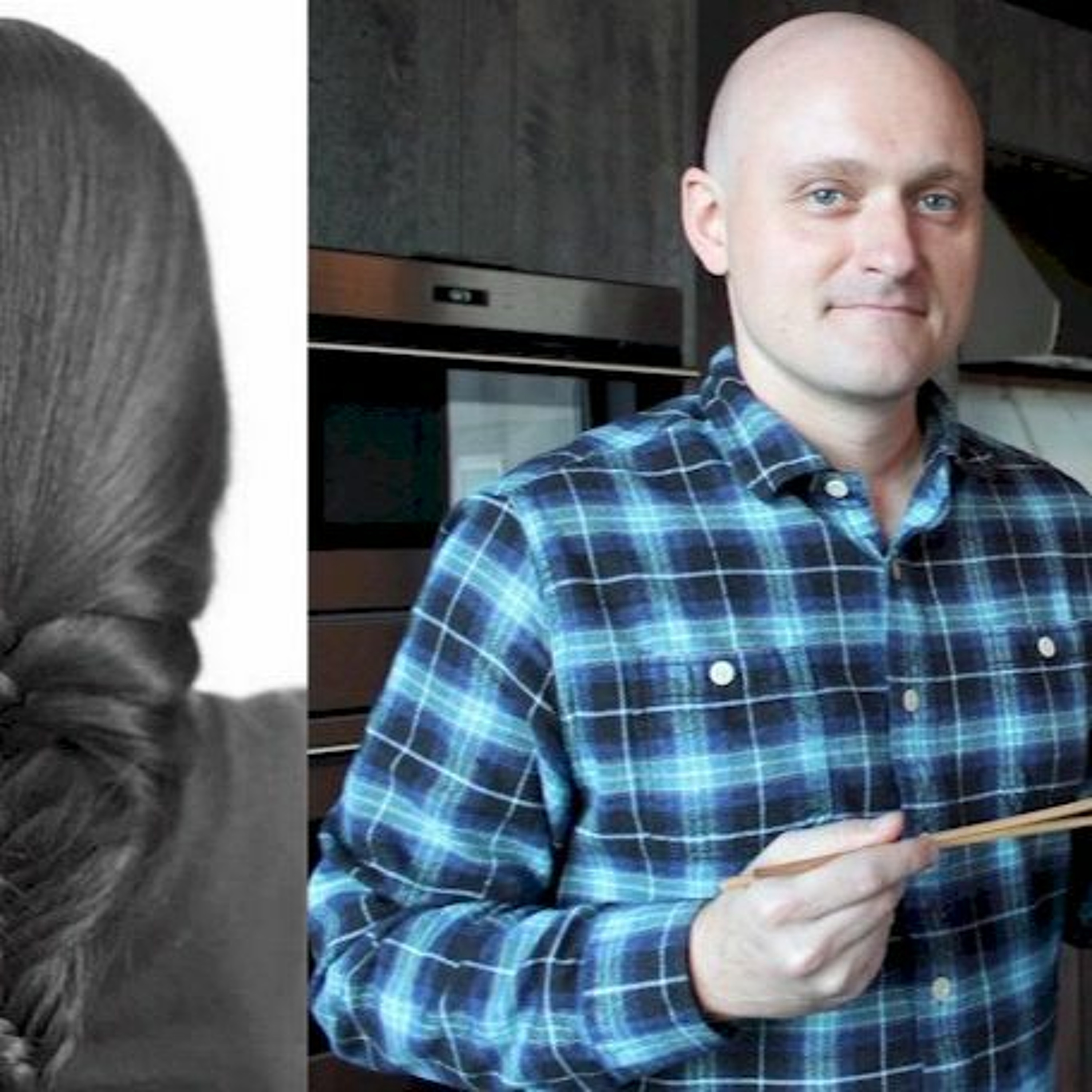 Culinary Historians of ChicagoChicago Trib’s New Restaurant Critics Exposed! Meet Louisa Chu and Nick KindelspergerChicago Trib’s New Restaurant Critics Exposed!
Meet Louisa Chu and Nick Kindelsperger
Time was we could never get a Chicago food critic to speak to our group; they religiously refused to reveal their identities in public. That is until about three years ago when the Tribune’s esteemed food critic, Phil Vettel, published a story in the paper, complete with his photo, explaining that it was almost impossible for him to remain anonymous when reviewing restaurants. Canny restaurateurs often were able to figure out who he was, and Phil ultimately figured he could still accurately review the food as a fu...2021-07-301h 30
Culinary Historians of ChicagoChicago Trib’s New Restaurant Critics Exposed! Meet Louisa Chu and Nick KindelspergerChicago Trib’s New Restaurant Critics Exposed!
Meet Louisa Chu and Nick Kindelsperger
Time was we could never get a Chicago food critic to speak to our group; they religiously refused to reveal their identities in public. That is until about three years ago when the Tribune’s esteemed food critic, Phil Vettel, published a story in the paper, complete with his photo, explaining that it was almost impossible for him to remain anonymous when reviewing restaurants. Canny restaurateurs often were able to figure out who he was, and Phil ultimately figured he could still accurately review the food as a fu...2021-07-301h 30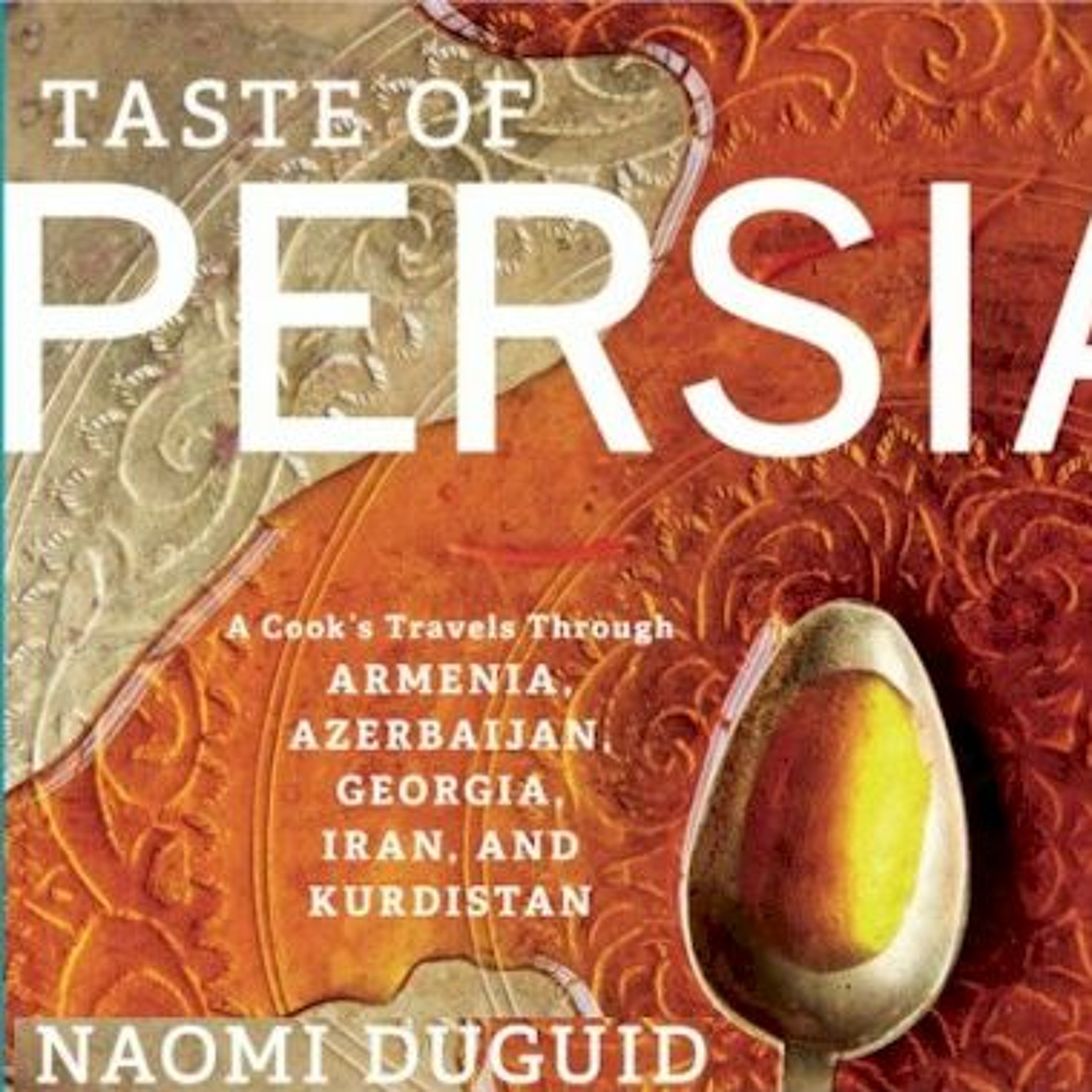 Culinary Historians of ChicagoPassion for Persia Showcasing a Dazzling Culinary HistoryPassion for Persia Showcasing a Dazzling Culinary History
Presented by Naomi Duguid
Traveler, writer, photographer, cook
Here in the west, though we may know a little about the great Persian empires of times past, we have been cut off from an appreciation of Persian culture by complicated geopolitics. And we’re not familiar with the old deep-rooted connections between the various peoples in Iran and neighboring countries.
In the travels of award-winning culinary scribe, Naomi Duguid, this acclaimed author has come to see Iran and the Caucasus countries, together with Kurdistan (in Iraq) as a fascinating culinary region. When Naomi fi...2021-07-291h 40
Culinary Historians of ChicagoPassion for Persia Showcasing a Dazzling Culinary HistoryPassion for Persia Showcasing a Dazzling Culinary History
Presented by Naomi Duguid
Traveler, writer, photographer, cook
Here in the west, though we may know a little about the great Persian empires of times past, we have been cut off from an appreciation of Persian culture by complicated geopolitics. And we’re not familiar with the old deep-rooted connections between the various peoples in Iran and neighboring countries.
In the travels of award-winning culinary scribe, Naomi Duguid, this acclaimed author has come to see Iran and the Caucasus countries, together with Kurdistan (in Iraq) as a fascinating culinary region. When Naomi fi...2021-07-291h 40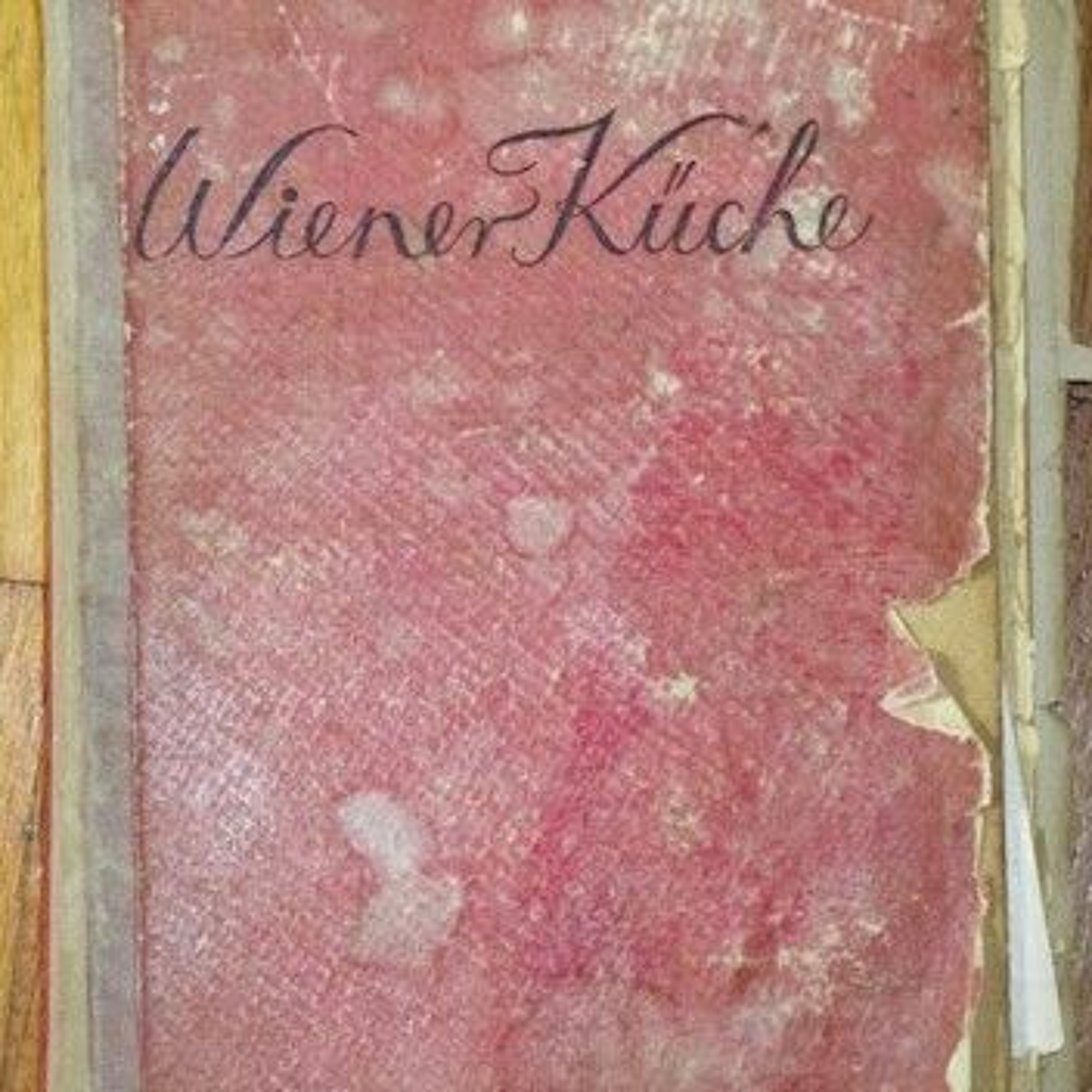 Culinary Historians of ChicagoViennese Cuisine Prior to 1938Viennese Cuisine Prior to 1938
Susanne Belovari, Archivist
The famous Wiener Küche had long been a collective culinary tradition of Jews and non-Jews alike. It was perhaps the perfect example, in an imperfect and Anti-Semitic city, of two formerly distinct groups moving towards each other and integrating while daily creating, cooking, and eating one cuisine. This is to be expected of people who lived so long and close to each other, when there still was an ‘us’ in Vienna before 1938, as fragile as it may have been. Any knowledge of this shared history was wiped out by genocide and mass fligh...2021-07-131h 07
Culinary Historians of ChicagoViennese Cuisine Prior to 1938Viennese Cuisine Prior to 1938
Susanne Belovari, Archivist
The famous Wiener Küche had long been a collective culinary tradition of Jews and non-Jews alike. It was perhaps the perfect example, in an imperfect and Anti-Semitic city, of two formerly distinct groups moving towards each other and integrating while daily creating, cooking, and eating one cuisine. This is to be expected of people who lived so long and close to each other, when there still was an ‘us’ in Vienna before 1938, as fragile as it may have been. Any knowledge of this shared history was wiped out by genocide and mass fligh...2021-07-131h 07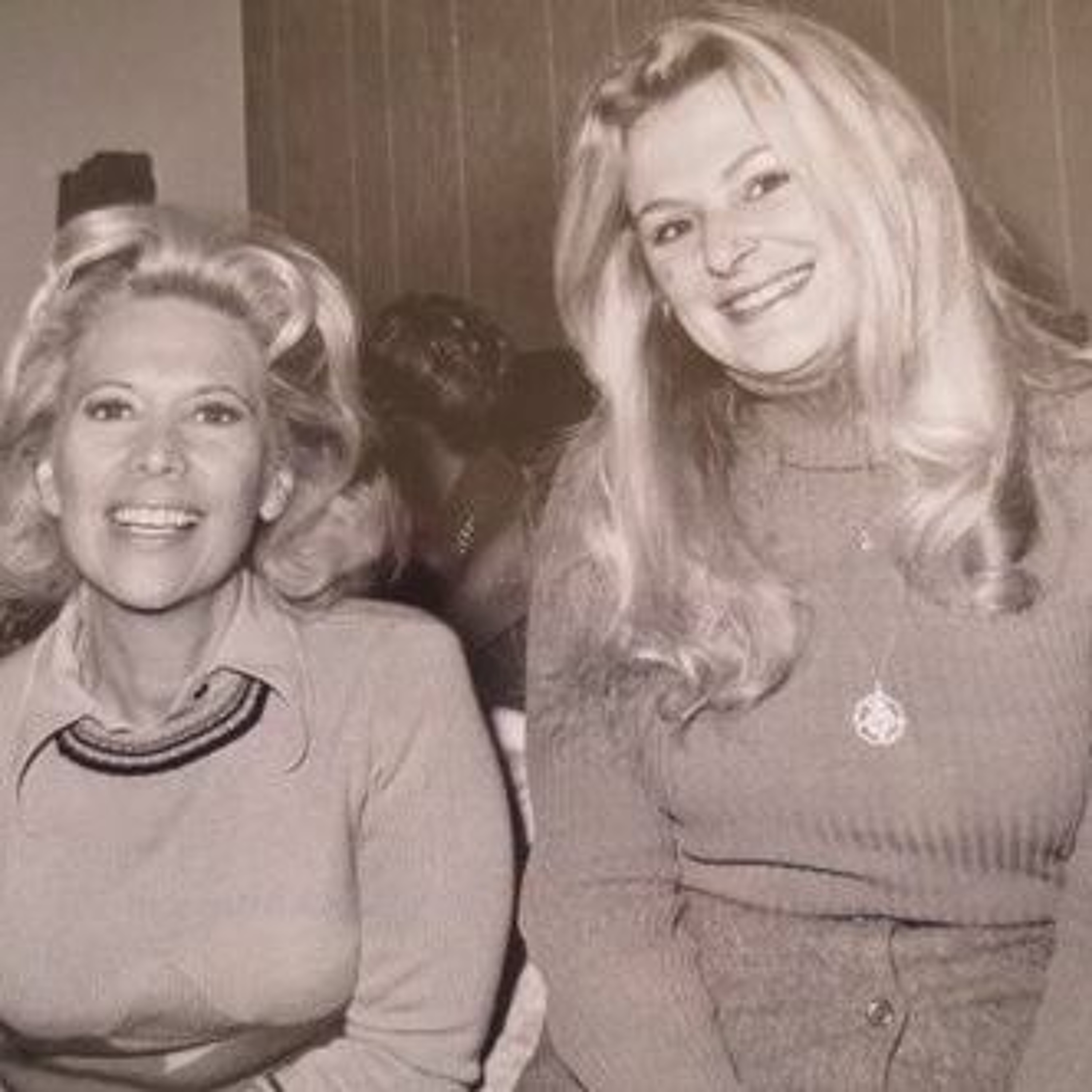 Culinary Historians of ChicagoSomeone's in the Kitchen with Dinah (Shore) with Flo SelfmanSomeone's in the Kitchen with Dinah (Shore) with Flo Selfman
Having been a top singing star, Dinah Shore became a pioneer television personality with “The Dinah Shore Chevy Show,” which showcased her distinctive voice and relaxed Southern charm from 1951 to 1963. In 1970, she returned to television as host of “Dinah’s Place,” an NBC morning show that covered homemaking, crafts, child-rearing, health and beauty—always with a song, of course, and usually a cooking segment, either by Dinah or her celebrity guests. Many leading chefs got their first national exposure on “Dinah’s Place.”
Shortly after the show went on the air, Flo Selfman w...2021-06-191h 07
Culinary Historians of ChicagoSomeone's in the Kitchen with Dinah (Shore) with Flo SelfmanSomeone's in the Kitchen with Dinah (Shore) with Flo Selfman
Having been a top singing star, Dinah Shore became a pioneer television personality with “The Dinah Shore Chevy Show,” which showcased her distinctive voice and relaxed Southern charm from 1951 to 1963. In 1970, she returned to television as host of “Dinah’s Place,” an NBC morning show that covered homemaking, crafts, child-rearing, health and beauty—always with a song, of course, and usually a cooking segment, either by Dinah or her celebrity guests. Many leading chefs got their first national exposure on “Dinah’s Place.”
Shortly after the show went on the air, Flo Selfman w...2021-06-191h 07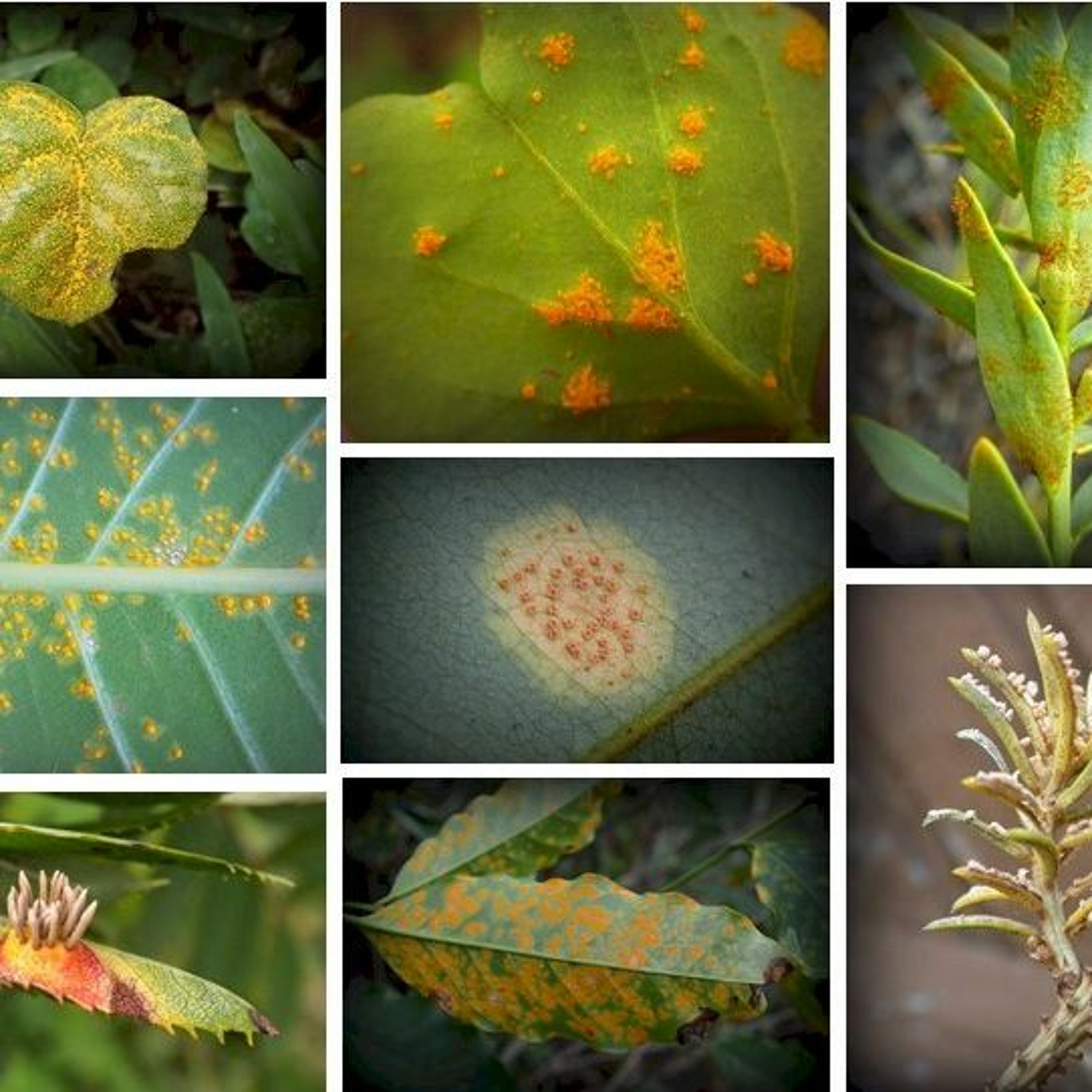 Culinary Historians of ChicagoThe Biology and Evolution of Rust FungiThe Biology and Evolution of Rust Fungi
M. Catherine Aime, PhD
In terms of species numbers the rust fungi (Pucciniales) are an incredibly successful lineage. Together, the more than 7000 described species form the largest known monophyletic group of plant pathogens. All are obligate parasites of vascular plants including agricultural, forest and ornamental crops resulting in billions of dollars of damage worldwide each year. An intriguing aspect of rust biology is that species display an alternation of generations, with many species also alternating hosts during development, termed heteroecious. Additionally, most rusts require five different developmental stages to complete their life cycle...2021-06-081h 33
Culinary Historians of ChicagoThe Biology and Evolution of Rust FungiThe Biology and Evolution of Rust Fungi
M. Catherine Aime, PhD
In terms of species numbers the rust fungi (Pucciniales) are an incredibly successful lineage. Together, the more than 7000 described species form the largest known monophyletic group of plant pathogens. All are obligate parasites of vascular plants including agricultural, forest and ornamental crops resulting in billions of dollars of damage worldwide each year. An intriguing aspect of rust biology is that species display an alternation of generations, with many species also alternating hosts during development, termed heteroecious. Additionally, most rusts require five different developmental stages to complete their life cycle...2021-06-081h 33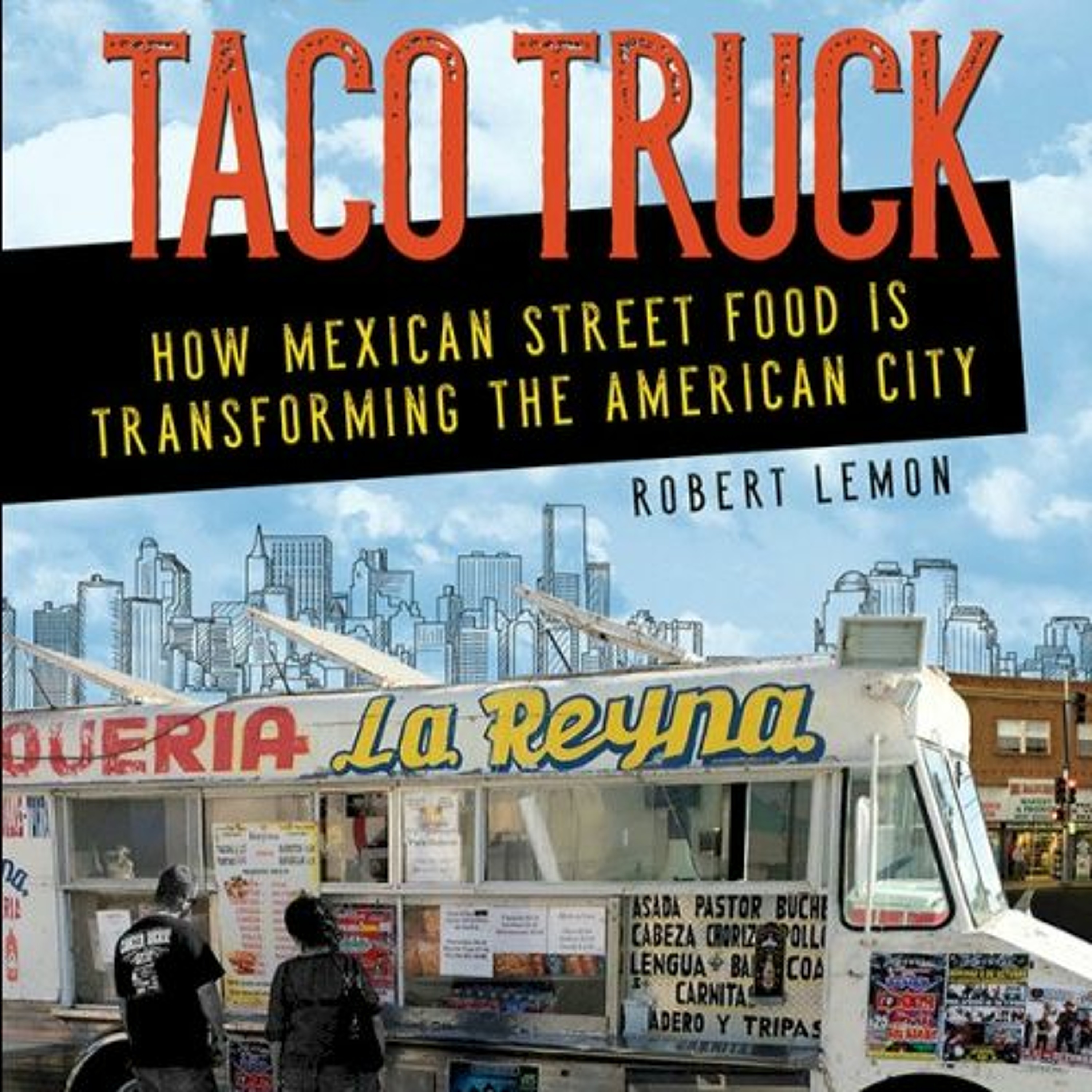 Culinary Historians of ChicagoThe Taco Truck: How Mexican Street Food Is Transforming the American CityThe Taco Truck: How Mexican Street Food Is Transforming the American City
Robert Lemon PhD
Author, Geographer, Documentary Film Maker
Icons of Mexican cultural identity and America’s melting pot ideal, taco trucks have transformed cityscapes from coast to coast. The taco truck radiates Mexican culture within non-Mexican spaces with a presence—sometimes desired, sometimes resented—that turns a public street corner into a bustling business.
Drawing on interviews with taco truck workers and his own skills as a geographer, Robert Lemon illuminates new truths about foodways, community, and the unexpected places where ethnicity, class, and culture meet. Lemon focuses on the...2021-06-041h 18
Culinary Historians of ChicagoThe Taco Truck: How Mexican Street Food Is Transforming the American CityThe Taco Truck: How Mexican Street Food Is Transforming the American City
Robert Lemon PhD
Author, Geographer, Documentary Film Maker
Icons of Mexican cultural identity and America’s melting pot ideal, taco trucks have transformed cityscapes from coast to coast. The taco truck radiates Mexican culture within non-Mexican spaces with a presence—sometimes desired, sometimes resented—that turns a public street corner into a bustling business.
Drawing on interviews with taco truck workers and his own skills as a geographer, Robert Lemon illuminates new truths about foodways, community, and the unexpected places where ethnicity, class, and culture meet. Lemon focuses on the...2021-06-041h 18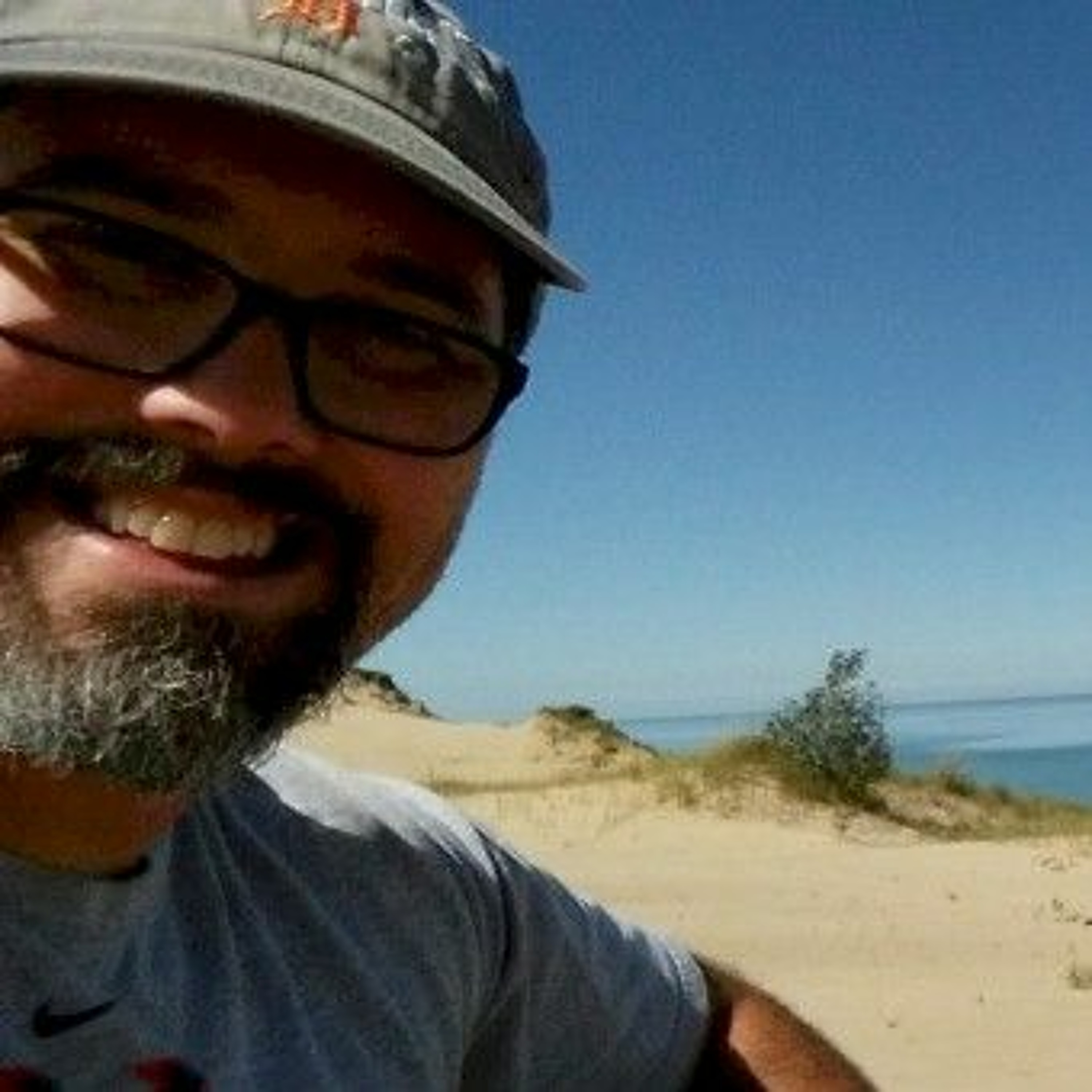 Culinary Historians of ChicagoThe Fungi Involved with Devil's Stovepipes at Mt. Baldy, Indiana Dunes National ParkThe Fungi Involved with Devil's Stovepipes at Mt. Baldy, Indiana Dunes National Park
Peter Avis, PhD from University of Maine
In 2013, a young boy fell in a hole at Mt. Baldy. Fortunately, he survived and the pursuit to understand the formation of these holes (aka Devil's Stovepipes) ensued. This presentation will cover an overview of the research colleagues and I have conducted to understand the role of fungi in the formation of these holes. The whole story is about the decomposition of wood conducted by fungi!
Peter Avis, PhD recently moved to accept a position at the University of Maine...2021-05-211h 11
Culinary Historians of ChicagoThe Fungi Involved with Devil's Stovepipes at Mt. Baldy, Indiana Dunes National ParkThe Fungi Involved with Devil's Stovepipes at Mt. Baldy, Indiana Dunes National Park
Peter Avis, PhD from University of Maine
In 2013, a young boy fell in a hole at Mt. Baldy. Fortunately, he survived and the pursuit to understand the formation of these holes (aka Devil's Stovepipes) ensued. This presentation will cover an overview of the research colleagues and I have conducted to understand the role of fungi in the formation of these holes. The whole story is about the decomposition of wood conducted by fungi!
Peter Avis, PhD recently moved to accept a position at the University of Maine...2021-05-211h 11 Culinary Historians of ChicagoBlack Smoke: African Americans and the United States of BarbecueBlack Smoke: African Americans and the United States of Barbecue
Presented by Adrian Miller
Food Writer, Attorney, Certified Barbecue Judge
Join us as James Beard Award-winning author Adrian Miller discusses the history of African American barbecue culture from his book, Black Smoke: African Americans and the United States of Barbecue. Black Smoke describes how African Americans inherited a type of cooking that fused Native American meat smoking and European grilling techniques that became known as “barbecue.”
By the early 1800s, African Americans were firmly established as barbecue’s “go to” cooks. Black Smoke further explores different aspects of African American barbecue c...2021-05-201h 26
Culinary Historians of ChicagoBlack Smoke: African Americans and the United States of BarbecueBlack Smoke: African Americans and the United States of Barbecue
Presented by Adrian Miller
Food Writer, Attorney, Certified Barbecue Judge
Join us as James Beard Award-winning author Adrian Miller discusses the history of African American barbecue culture from his book, Black Smoke: African Americans and the United States of Barbecue. Black Smoke describes how African Americans inherited a type of cooking that fused Native American meat smoking and European grilling techniques that became known as “barbecue.”
By the early 1800s, African Americans were firmly established as barbecue’s “go to” cooks. Black Smoke further explores different aspects of African American barbecue c...2021-05-201h 26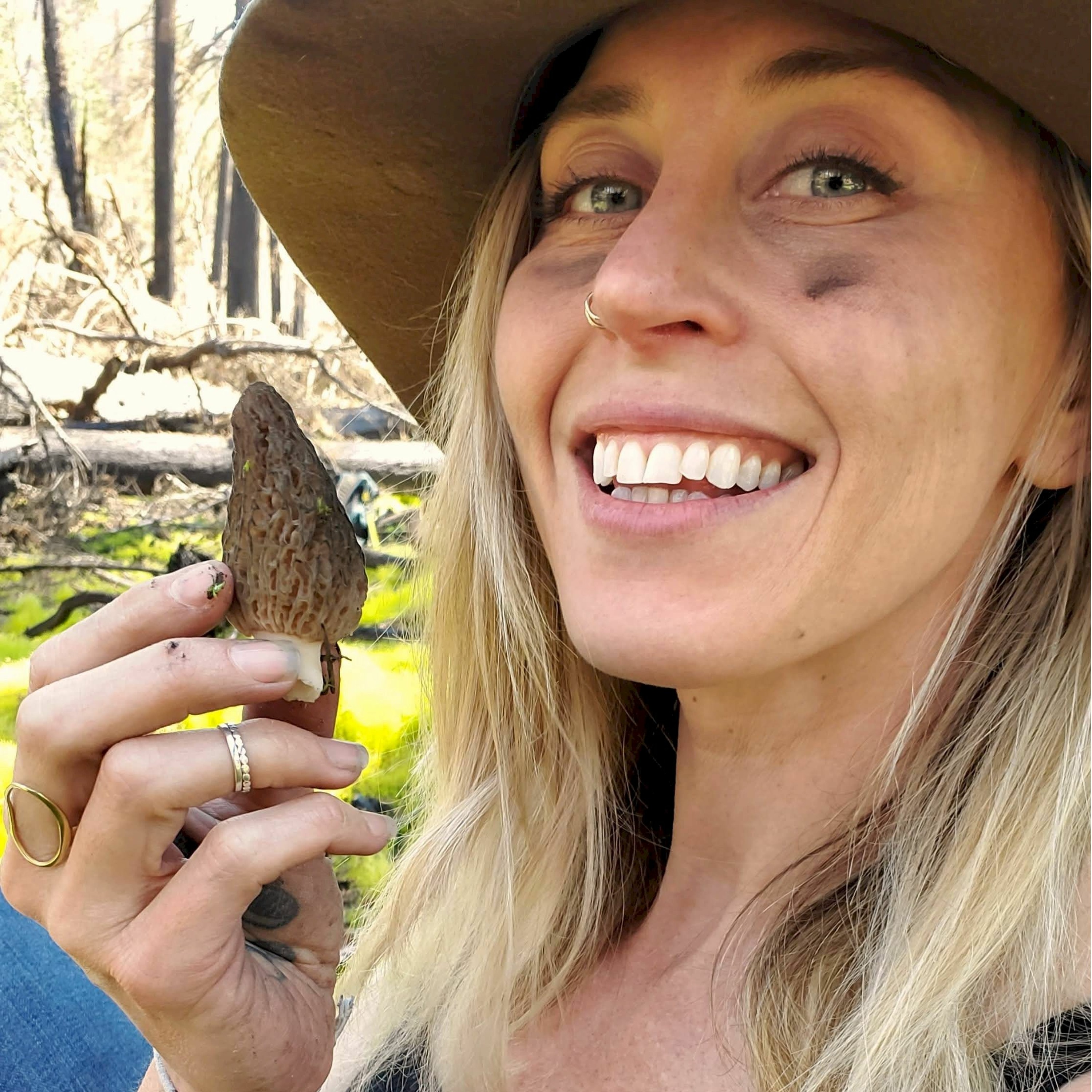 Culinary Historians of ChicagoWhat's in a Name? Mycology EtymologyWhat's in a Name? Mycology Etymology
Anna Henning
Many scientific names for fungi (known as binomial nomenclature) are difficult enough to pronounce, let alone understand. Have you ever wondered what Craterellus means, or why turkey tails are in the genus Trametes? Knoweledge can be challenging to retain if we don't have a framework for understanding it, but this talk will make it fun and easy to remember! Have you ever struggled to remember the scientific names for mushrooms or felt confused when looking through your mycology guide? Often the clues to remembering and understanding binomials are hidden in plain sight...2021-05-181h 09
Culinary Historians of ChicagoWhat's in a Name? Mycology EtymologyWhat's in a Name? Mycology Etymology
Anna Henning
Many scientific names for fungi (known as binomial nomenclature) are difficult enough to pronounce, let alone understand. Have you ever wondered what Craterellus means, or why turkey tails are in the genus Trametes? Knoweledge can be challenging to retain if we don't have a framework for understanding it, but this talk will make it fun and easy to remember! Have you ever struggled to remember the scientific names for mushrooms or felt confused when looking through your mycology guide? Often the clues to remembering and understanding binomials are hidden in plain sight...2021-05-181h 09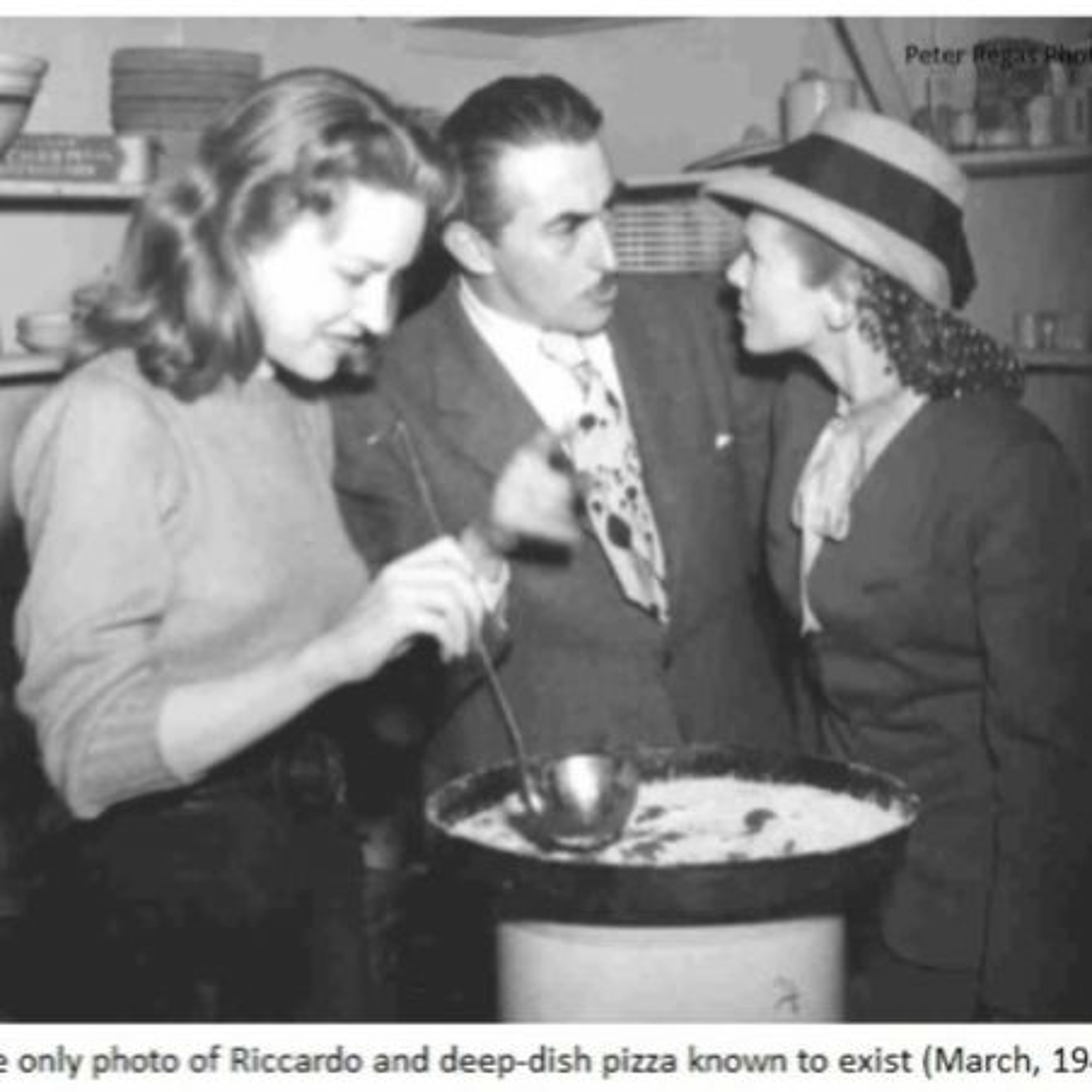 Culinary Historians of ChicagoPizzeria Uno and the Mysterious Origins of Deep-Dish PizzaPizzeria Uno and the Mysterious Origins of Deep-Dish Pizza
Peter Regas, PizzaHistoryBook.com
Who invented deep-dish pizza? Is there a more controversial question in Chicago food history? There’s little doubt the pizzeria at 29 East Ohio Street in Chicago- originally named “The Pizzeria” later renamed “Pizzeria Uno”- served the original deep-dish pizza. But despite decades of debate and speculation, no one has definitively identified who created the pizza style that now has a market niche worth hundreds of millions of dollars and that -rightly or wrongly- branded Chicago, as a deep-dish pizza town.
Based on twelve years of archival research...2021-05-142h 30
Culinary Historians of ChicagoPizzeria Uno and the Mysterious Origins of Deep-Dish PizzaPizzeria Uno and the Mysterious Origins of Deep-Dish Pizza
Peter Regas, PizzaHistoryBook.com
Who invented deep-dish pizza? Is there a more controversial question in Chicago food history? There’s little doubt the pizzeria at 29 East Ohio Street in Chicago- originally named “The Pizzeria” later renamed “Pizzeria Uno”- served the original deep-dish pizza. But despite decades of debate and speculation, no one has definitively identified who created the pizza style that now has a market niche worth hundreds of millions of dollars and that -rightly or wrongly- branded Chicago, as a deep-dish pizza town.
Based on twelve years of archival research...2021-05-142h 30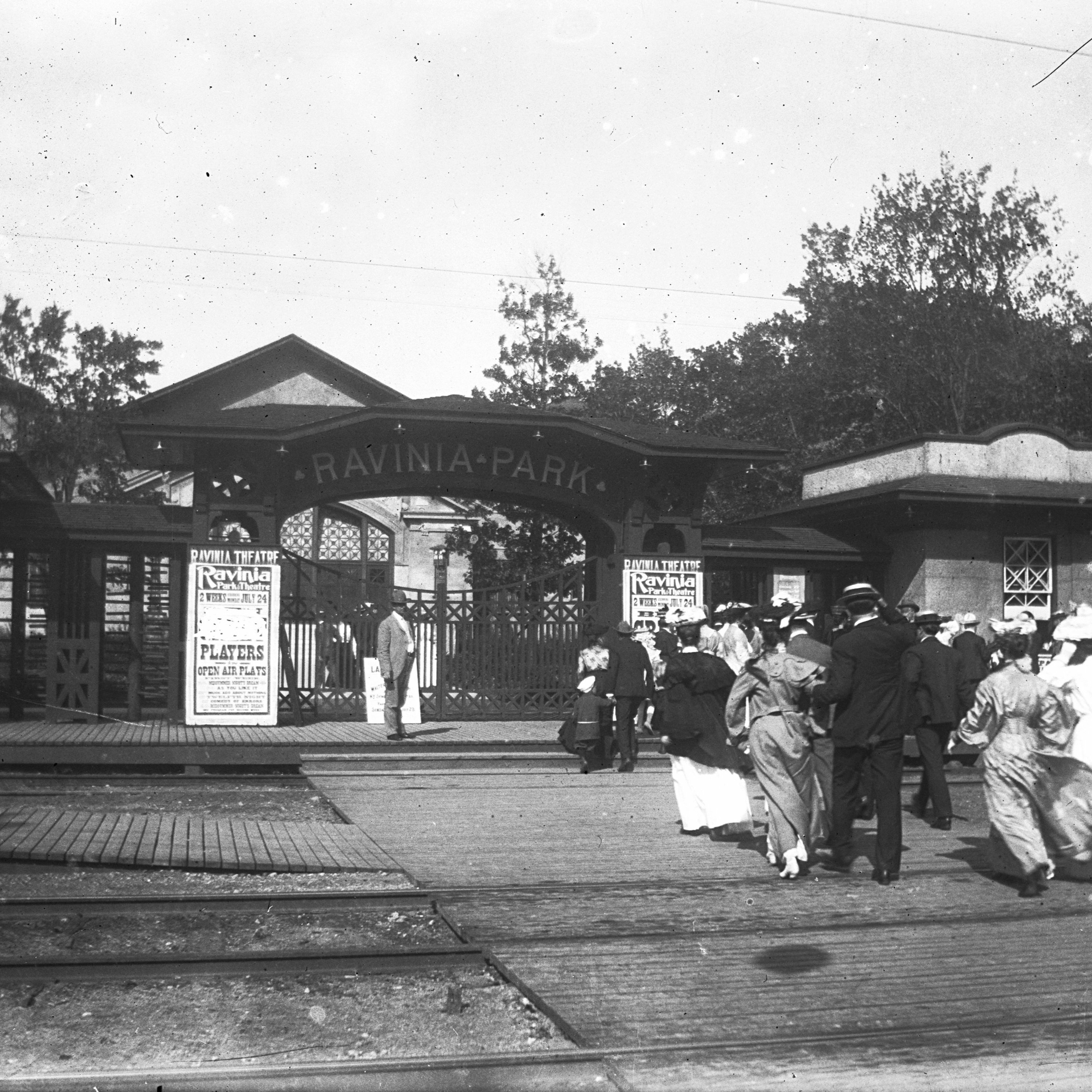 Culinary Historians of ChicagoRavinia Music Under the Stars Around the WorldRavinia Music Under the Stars Around the World
An Archives Access Project Courtesy of the Illinois Secretary of State
Presented by
Steve Gianni, Project Archivist for Ravinia Park Collections
Nancy Webster, Archivist of the Highland Park Archives and Local History Collections at the library
This project has been a journey of discovery through the basement, closets and file cabinets of an institution established in 1904. A hidden collection laid waiting for an archives program to claim it. We hope this is the beginning of a program that will fill in gaps in the Festival’s institutional memory and documentation.
Thankfully, the Hi...2021-04-231h 19
Culinary Historians of ChicagoRavinia Music Under the Stars Around the WorldRavinia Music Under the Stars Around the World
An Archives Access Project Courtesy of the Illinois Secretary of State
Presented by
Steve Gianni, Project Archivist for Ravinia Park Collections
Nancy Webster, Archivist of the Highland Park Archives and Local History Collections at the library
This project has been a journey of discovery through the basement, closets and file cabinets of an institution established in 1904. A hidden collection laid waiting for an archives program to claim it. We hope this is the beginning of a program that will fill in gaps in the Festival’s institutional memory and documentation.
Thankfully, the Hi...2021-04-231h 19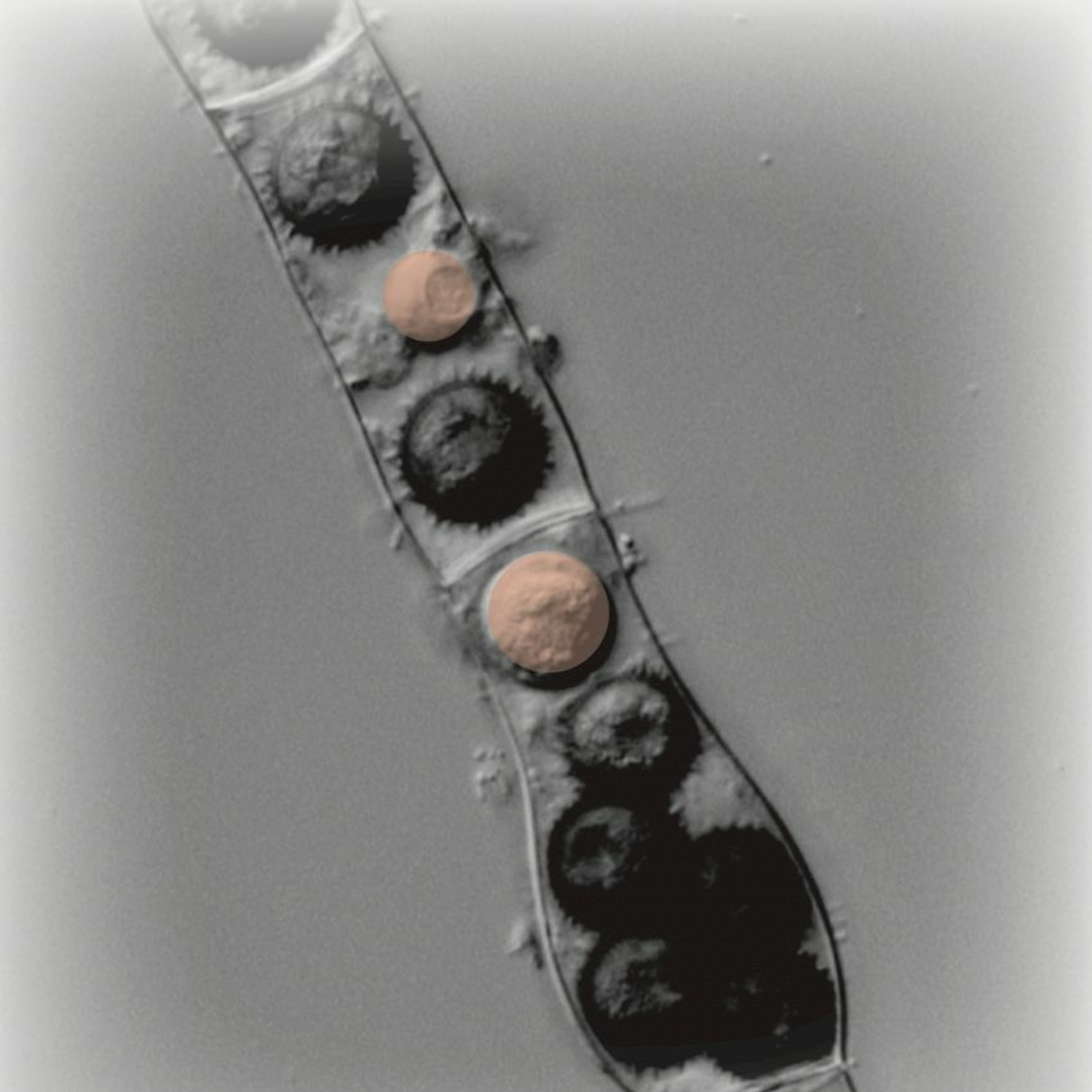 Culinary Historians of ChicagoLinking DNA to the microscopeLinking DNA to the microscope
Timothy James PhD
In the past twenty years the field of mycology has been revolutionized by studies that use DNA detected in the environment to reveal a hidden diversity that exceeds the diversity that has been formally described. In other words, what is present in the pages of journals and cabinets of herbaria is only the tip of the iceberg of a vast fungal species diversity. Unfortunately knowing something is there can only tell one so much. Timothy James will discuss some of the approaches we can use to infer the biology of these hidden...2021-04-201h 10
Culinary Historians of ChicagoLinking DNA to the microscopeLinking DNA to the microscope
Timothy James PhD
In the past twenty years the field of mycology has been revolutionized by studies that use DNA detected in the environment to reveal a hidden diversity that exceeds the diversity that has been formally described. In other words, what is present in the pages of journals and cabinets of herbaria is only the tip of the iceberg of a vast fungal species diversity. Unfortunately knowing something is there can only tell one so much. Timothy James will discuss some of the approaches we can use to infer the biology of these hidden...2021-04-201h 10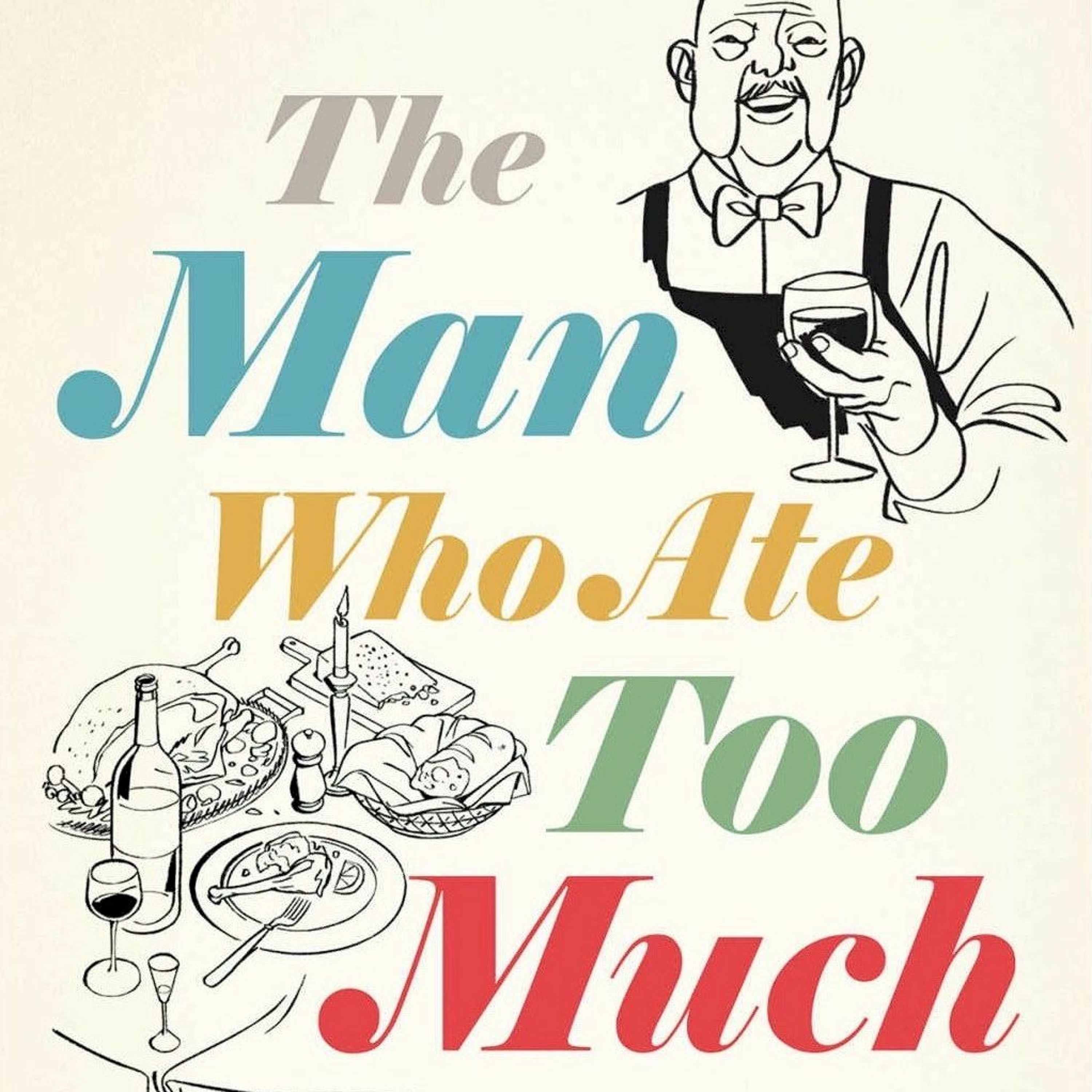 Culinary Historians of ChicagoThe Making of James Beard, An American LegendThe Making of James Beard, An American Legend
Presented by John Birdsall, Author,
The Man Who Ate Too Much
Food of the past that comes to us through recipes and cookbooks can appear to be fixed evidence of what generations before us ate, their tastes and preferences. John Birdsall says that his research for The Man Who Ate Too Much: The Life of James Beard (Norton, 2020) challenged all his assumptions about that. The author found that letters between Beard and his agent and publishers revealed that the backstories about how some of the most influential cookbooks published last century included...2021-04-151h 42
Culinary Historians of ChicagoThe Making of James Beard, An American LegendThe Making of James Beard, An American Legend
Presented by John Birdsall, Author,
The Man Who Ate Too Much
Food of the past that comes to us through recipes and cookbooks can appear to be fixed evidence of what generations before us ate, their tastes and preferences. John Birdsall says that his research for The Man Who Ate Too Much: The Life of James Beard (Norton, 2020) challenged all his assumptions about that. The author found that letters between Beard and his agent and publishers revealed that the backstories about how some of the most influential cookbooks published last century included...2021-04-151h 42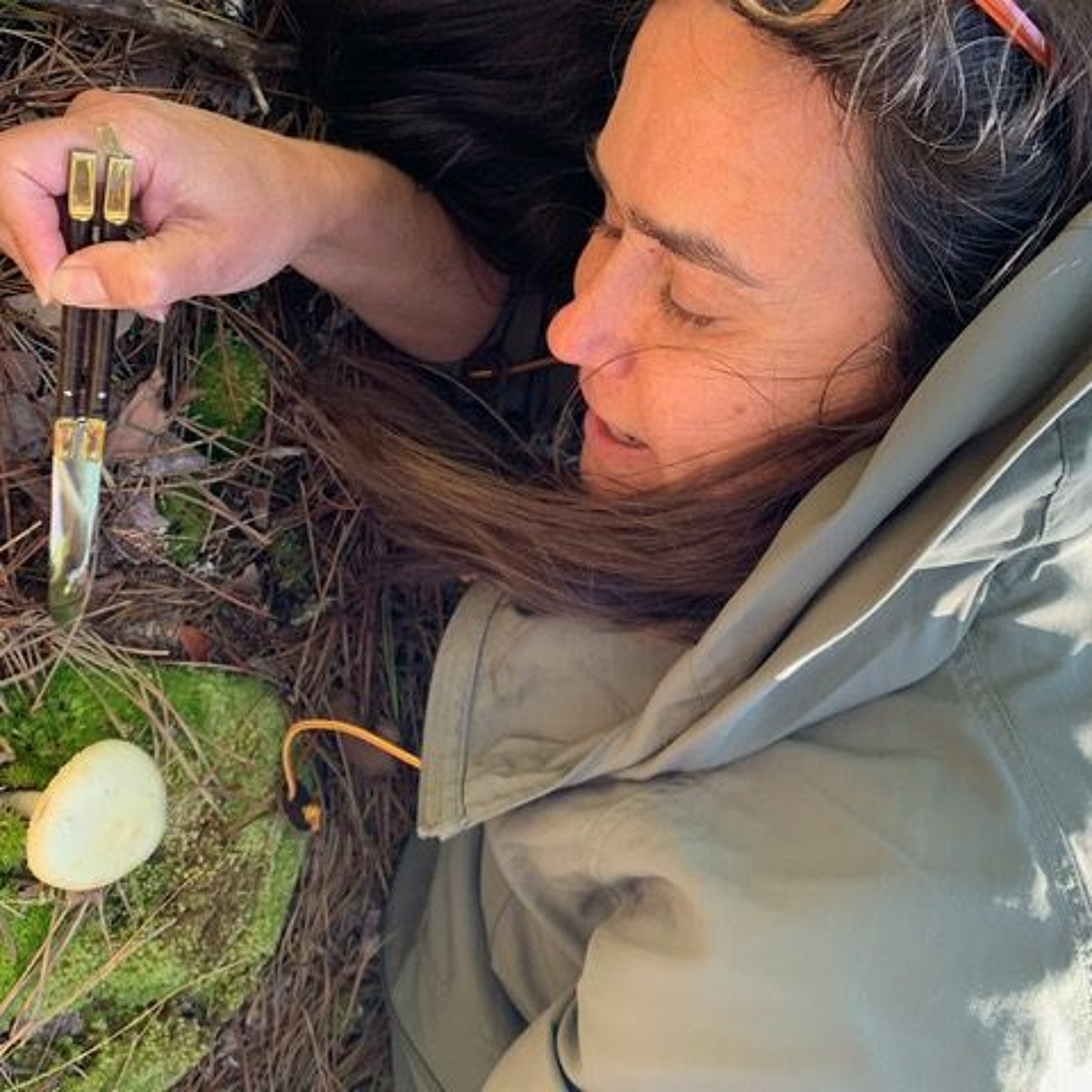 Culinary Historians of ChicagoShooting Spores: Understand the Physics of the Most Amazing Apparatuses on EarthShooting Spores:
Understand the Physics of the Most Amazing Apparatuses on Earth
Presented by Anne Pringle, PhD
Fungi use spores to move between habitats and spore dispersal is critical to their success. Fungi use an astonishing array of apparatuses and strategies to move their progeny: sacs filled with fluid that explode like water balloons, collapsing drops of liquid, and winds created by the cooperative release of hundreds of thousands of their spores. Fungi may even sense impending thunderstorms and use their updrafts to disperse longer distances. I’ll talk about all of this amazing biology and try and convince you th...2021-04-141h 09
Culinary Historians of ChicagoShooting Spores: Understand the Physics of the Most Amazing Apparatuses on EarthShooting Spores:
Understand the Physics of the Most Amazing Apparatuses on Earth
Presented by Anne Pringle, PhD
Fungi use spores to move between habitats and spore dispersal is critical to their success. Fungi use an astonishing array of apparatuses and strategies to move their progeny: sacs filled with fluid that explode like water balloons, collapsing drops of liquid, and winds created by the cooperative release of hundreds of thousands of their spores. Fungi may even sense impending thunderstorms and use their updrafts to disperse longer distances. I’ll talk about all of this amazing biology and try and convince you th...2021-04-141h 09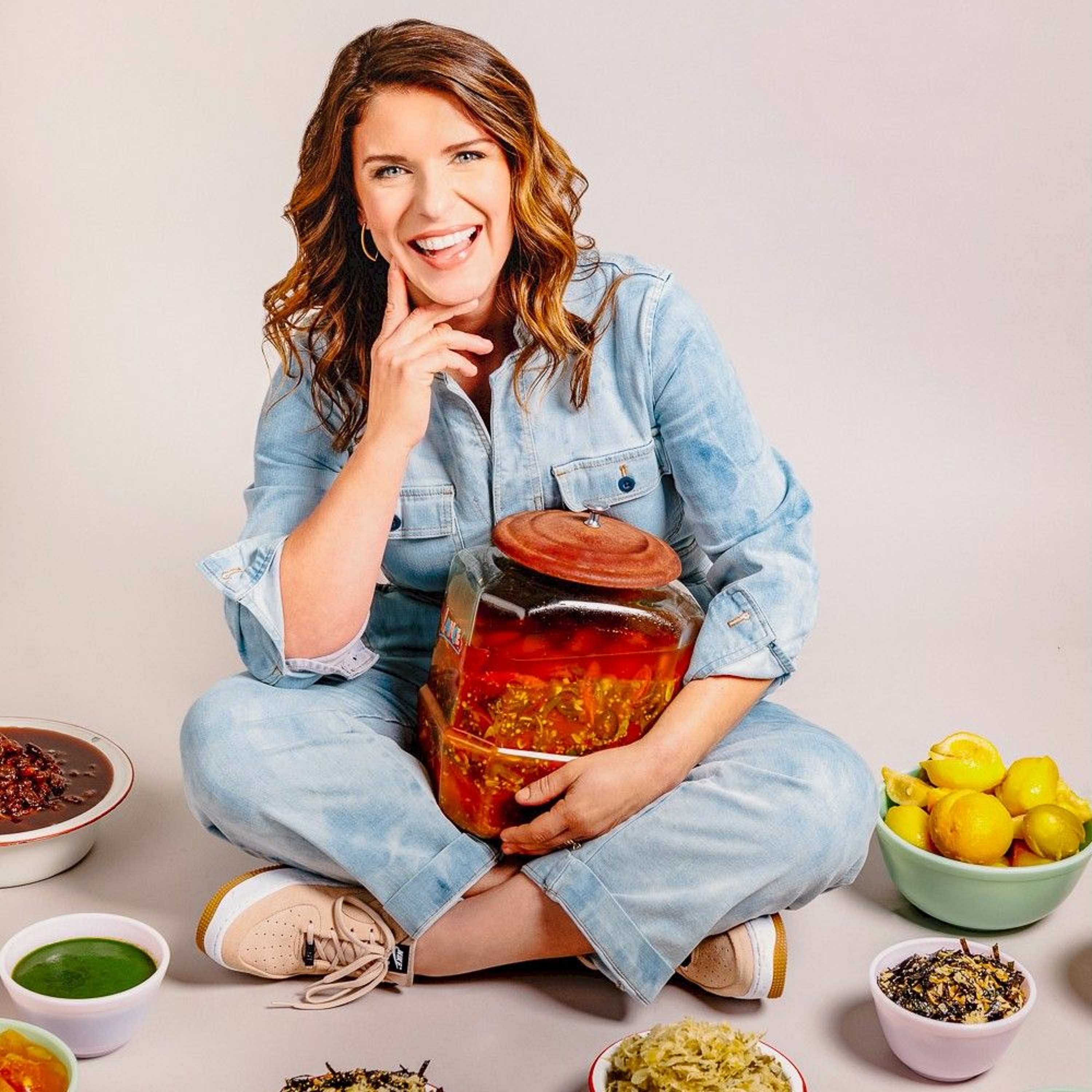 Culinary Historians of ChicagoHow the Frugality of Rural Foodways Reshaped this Nationally Acclaimed ChefHow the Frugality of Rural Foodways Reshaped this Nationally Acclaimed Chef
Presented by Vivian Howard
Chef, Author, PBS Host
Vivian Howard moved from New York back to her rural hometown to open a fine-dining restaurant that she hoped would reshape the palates of eastern North Carolina. But an encounter with collard kraut and a trip to “America’s largest pork display” ignited her interest in the traditional foods and culinary techniques unique to the Carolina coastal plain she calls home. So instead of changing the way her friends and neighbors eat, her community transformed Vivian’s culinary point of view and gave...2021-03-251h 08
Culinary Historians of ChicagoHow the Frugality of Rural Foodways Reshaped this Nationally Acclaimed ChefHow the Frugality of Rural Foodways Reshaped this Nationally Acclaimed Chef
Presented by Vivian Howard
Chef, Author, PBS Host
Vivian Howard moved from New York back to her rural hometown to open a fine-dining restaurant that she hoped would reshape the palates of eastern North Carolina. But an encounter with collard kraut and a trip to “America’s largest pork display” ignited her interest in the traditional foods and culinary techniques unique to the Carolina coastal plain she calls home. So instead of changing the way her friends and neighbors eat, her community transformed Vivian’s culinary point of view and gave...2021-03-251h 08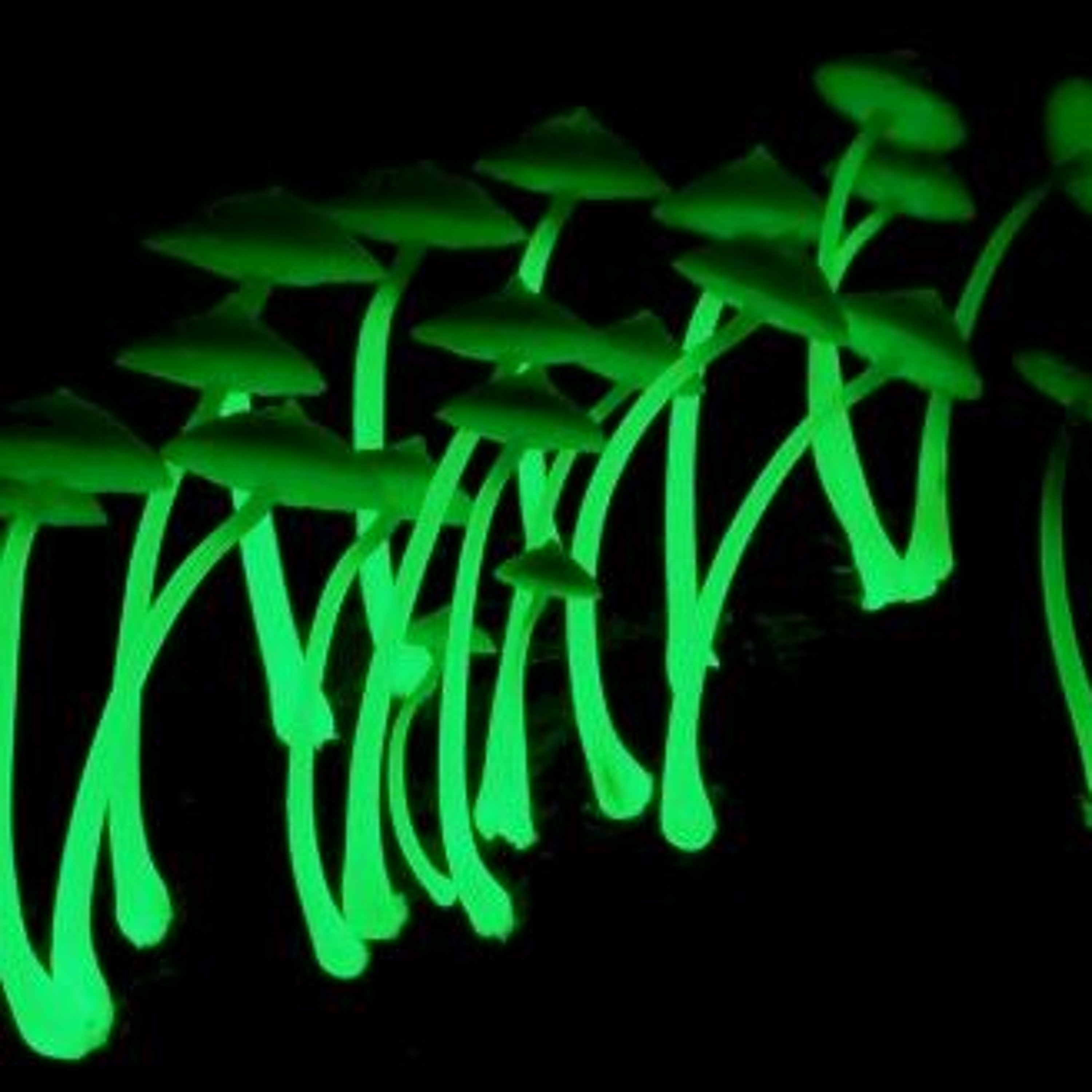 Culinary Historians of ChicagoIlluminating Fungi: the Science of Fungal BioluminescenceIlluminating Fungi: the Science of Fungal Bioluminescence
with Brian Perry PhD
Fungal bioluminescence was first described by Aristotle (384-322 B.C.E.), and continues to fascinate and puzzle scientists today. While over 100 species of fungi are known to produce luminescent mushrooms or mycelium, the chemical and genetic basis of the light-producing reaction was only recently discovered, and the reason these fungi glow remains somewhat of a mystery. Come learn about our current understanding of the evolution, ecology and biochemistry of this phenomenon. And yes, there will be lots of pictures of glowing mushrooms!
Bio: "Brian Perry is an Associate Professor...2021-03-241h 19
Culinary Historians of ChicagoIlluminating Fungi: the Science of Fungal BioluminescenceIlluminating Fungi: the Science of Fungal Bioluminescence
with Brian Perry PhD
Fungal bioluminescence was first described by Aristotle (384-322 B.C.E.), and continues to fascinate and puzzle scientists today. While over 100 species of fungi are known to produce luminescent mushrooms or mycelium, the chemical and genetic basis of the light-producing reaction was only recently discovered, and the reason these fungi glow remains somewhat of a mystery. Come learn about our current understanding of the evolution, ecology and biochemistry of this phenomenon. And yes, there will be lots of pictures of glowing mushrooms!
Bio: "Brian Perry is an Associate Professor...2021-03-241h 19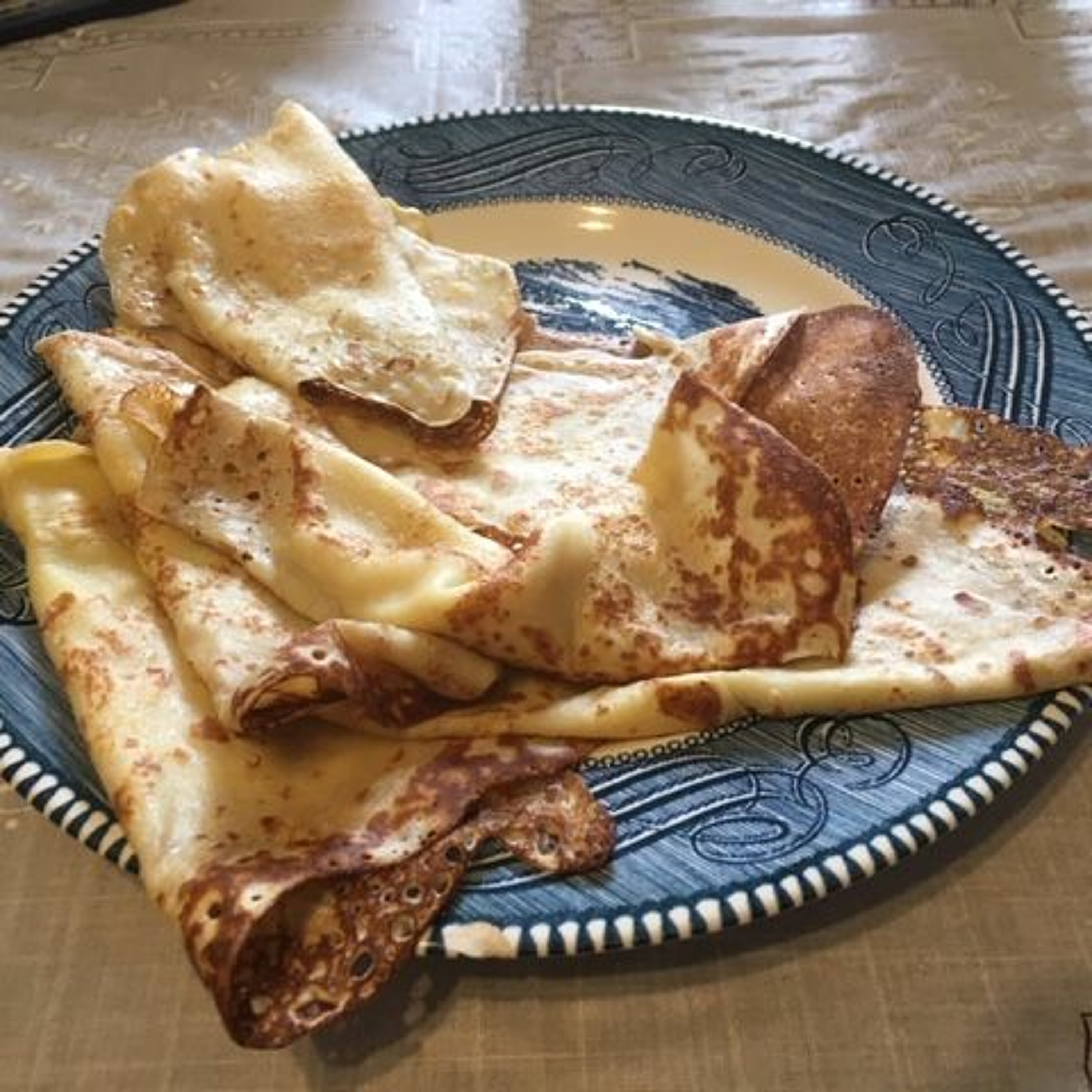 Culinary Historians of ChicagoSwedish Pancakes for Breakfast?Swedish Pancakes for Breakfast?
Presented by B. Marcus L. Cederström
Folklorist
Why do we eat the things we eat? And how do those things change due to migration?
This talk explores what the foods we eat can tell us about immigration, identity, and Nordic-American life in the Upper Midwest, by focusing on coffee, lutefisk, and, of course, Swedish pancakes.
Marcus Cederström earned his B.A. from the University of Oregon in Sports, Business, History, and Scandinavian Studies, and his M.A. and Ph.D. in Scandinavian Studies from the University of Wisconsin–Madison. It is there that he work...2021-03-241h 03
Culinary Historians of ChicagoSwedish Pancakes for Breakfast?Swedish Pancakes for Breakfast?
Presented by B. Marcus L. Cederström
Folklorist
Why do we eat the things we eat? And how do those things change due to migration?
This talk explores what the foods we eat can tell us about immigration, identity, and Nordic-American life in the Upper Midwest, by focusing on coffee, lutefisk, and, of course, Swedish pancakes.
Marcus Cederström earned his B.A. from the University of Oregon in Sports, Business, History, and Scandinavian Studies, and his M.A. and Ph.D. in Scandinavian Studies from the University of Wisconsin–Madison. It is there that he work...2021-03-241h 03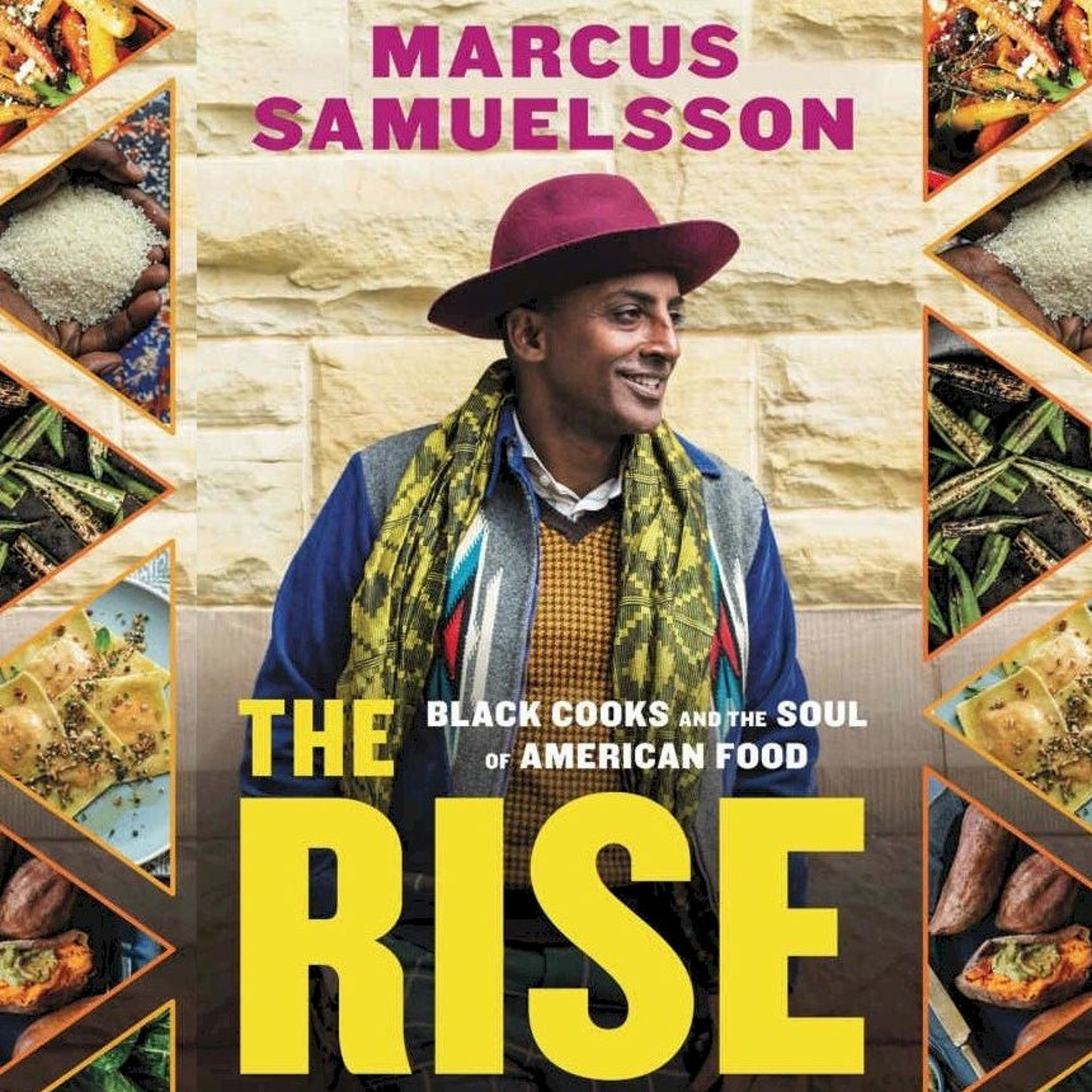 Culinary Historians of ChicagoThe Rise: Black Cooks and the Soul of American FoodThe Rise: Black Cooks and the Soul of American Food
An interview with Chef Marcus Samuelsson
Conducted by culinary historian and food writer Donna Pierce
Black cooking has always been more than “soul food,” with flavors tracing to the African continent, to the Caribbean, all over the United States, and beyond.
Join us as internationally acclaimed chef Marcus Samuelsson highlights the diverse deliciousness of Black cooking today. Driven by a desire to fight against bias, reclaim Black culinary traditions, and energize a new generation of cooks, Chef Samuellson will share his own journey and that of other top chefs, writers, and...2021-02-1656 min
Culinary Historians of ChicagoThe Rise: Black Cooks and the Soul of American FoodThe Rise: Black Cooks and the Soul of American Food
An interview with Chef Marcus Samuelsson
Conducted by culinary historian and food writer Donna Pierce
Black cooking has always been more than “soul food,” with flavors tracing to the African continent, to the Caribbean, all over the United States, and beyond.
Join us as internationally acclaimed chef Marcus Samuelsson highlights the diverse deliciousness of Black cooking today. Driven by a desire to fight against bias, reclaim Black culinary traditions, and energize a new generation of cooks, Chef Samuellson will share his own journey and that of other top chefs, writers, and...2021-02-1656 min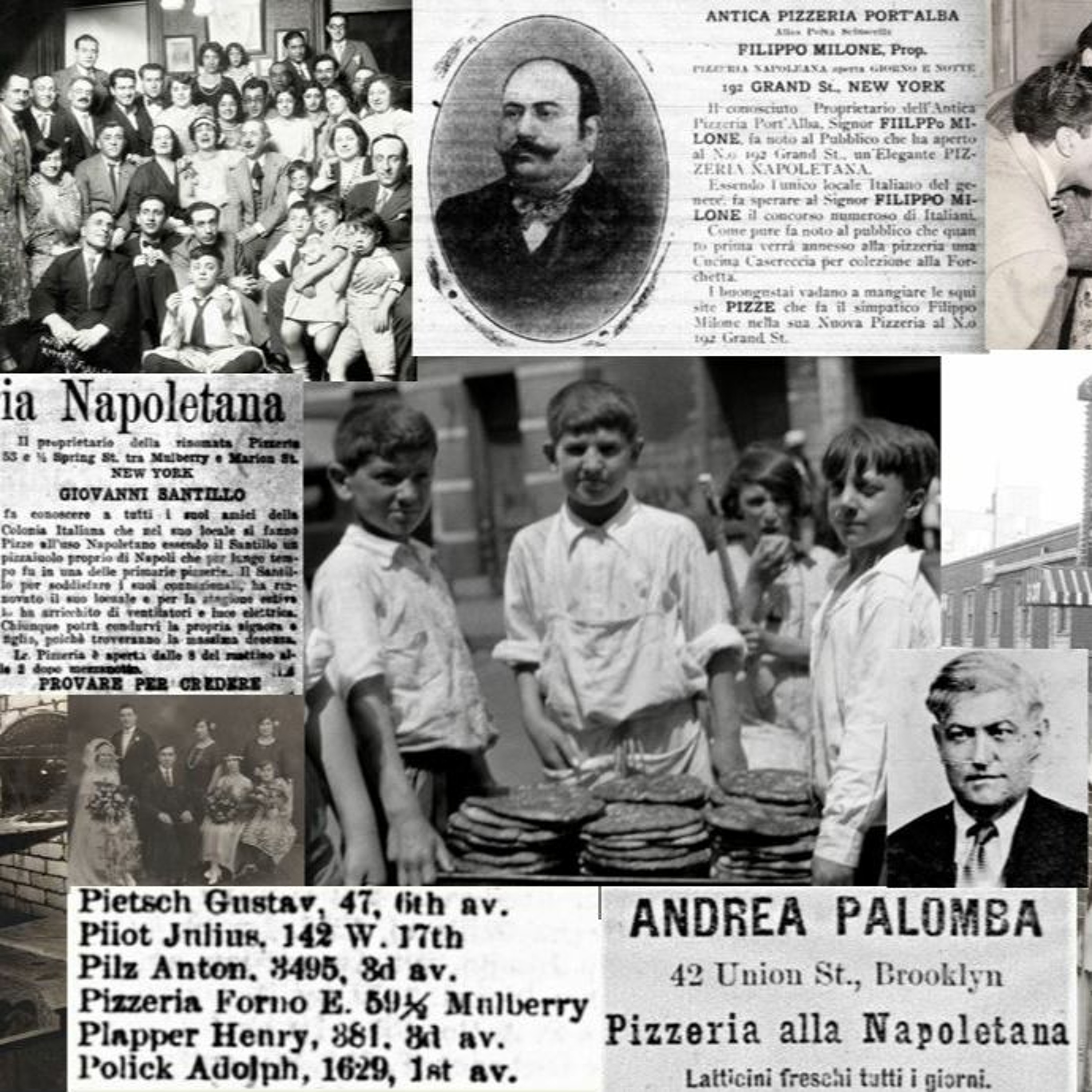 Culinary Historians of ChicagoThoughts on the Origins of Pizzerias in America and ChicagoThoughts on the Origins of Pizzerias in America and Chicago
with Peter Regas
PizzaHistoryBook.com
In the past, the historical consensus was the first licensed pizzeria in America was opened in 1905 at 53 Spring St. in New York City by a young Italian immigrant named Gennaro Lombardi. However, in 2019 at the U.S. Pizza Museum in Chicago, Peter Regas challenged that consensus with a talk titled “Filippo Milone and the Forgotten Pizza Makers of New York City.”
Based on more than ten years of archival research, Regas makes the following claims. There’s no primary source evidence a then eighteen-year-old Gennaro Lombar...2021-02-162h 11
Culinary Historians of ChicagoThoughts on the Origins of Pizzerias in America and ChicagoThoughts on the Origins of Pizzerias in America and Chicago
with Peter Regas
PizzaHistoryBook.com
In the past, the historical consensus was the first licensed pizzeria in America was opened in 1905 at 53 Spring St. in New York City by a young Italian immigrant named Gennaro Lombardi. However, in 2019 at the U.S. Pizza Museum in Chicago, Peter Regas challenged that consensus with a talk titled “Filippo Milone and the Forgotten Pizza Makers of New York City.”
Based on more than ten years of archival research, Regas makes the following claims. There’s no primary source evidence a then eighteen-year-old Gennaro Lombar...2021-02-162h 11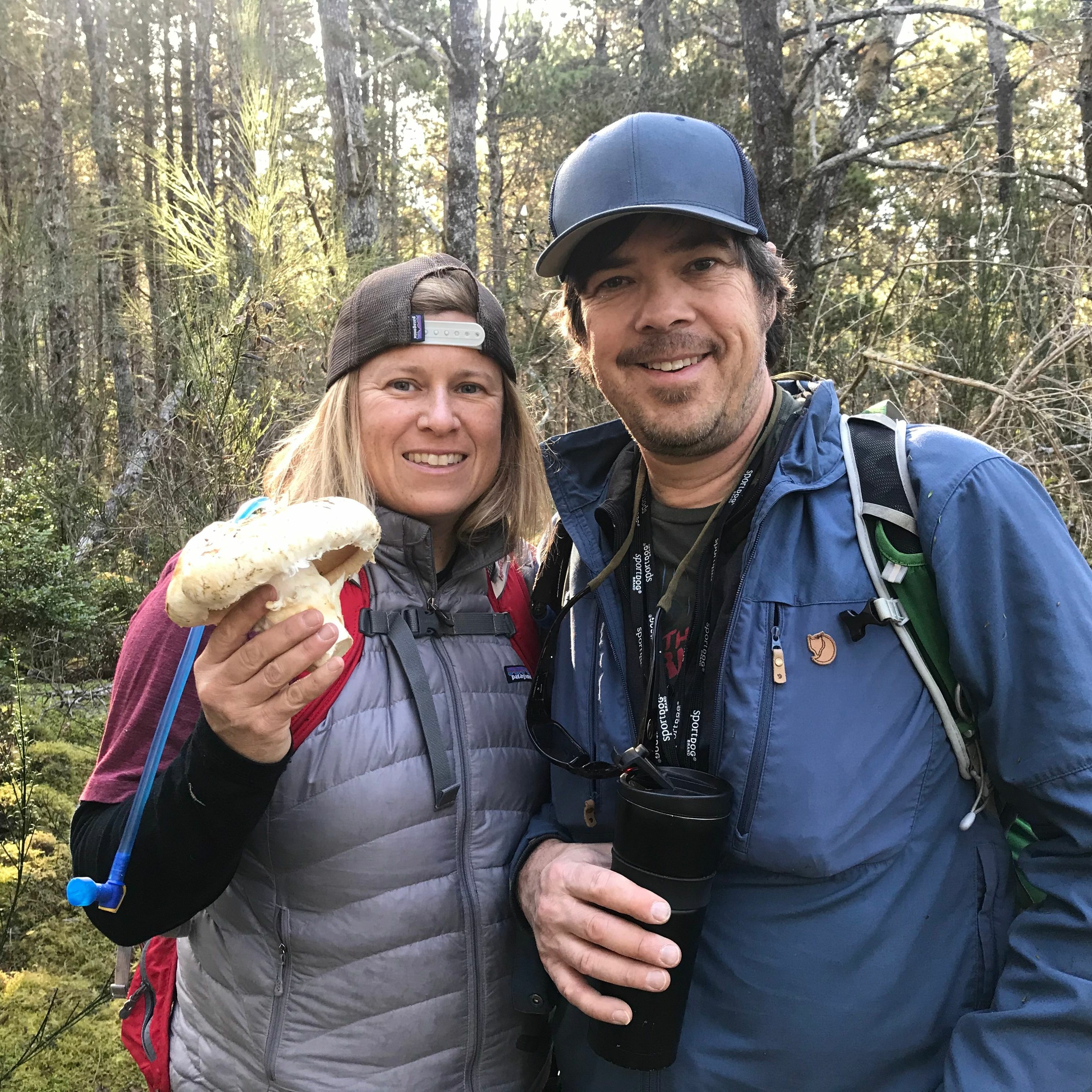 Culinary Historians of ChicagoMushroom Preservation: How to preserve, store and enjoy your foraged bounty for year-round useMushroom Preservation:
How to preserve, store and enjoy your
foraged bounty for year-round use
with Trent and Kristen Blizzard
When the rains come the mushrooms often come out in abundance. If you do not want all those fresh mushrooms to go to waste, what can you do with them? Learn tips & techniques to preserve your fresh mushrooms from Trent and Kristen. Once preserved, you can enjoy them in the coming year, or give them as gifts to friends and family.
Self proclaimed “modern foragers” Trent and Kristen Blizzard reside in Glenwood Springs, Colorado. They have been trekking the forests of Colo...2021-02-061h 38
Culinary Historians of ChicagoMushroom Preservation: How to preserve, store and enjoy your foraged bounty for year-round useMushroom Preservation:
How to preserve, store and enjoy your
foraged bounty for year-round use
with Trent and Kristen Blizzard
When the rains come the mushrooms often come out in abundance. If you do not want all those fresh mushrooms to go to waste, what can you do with them? Learn tips & techniques to preserve your fresh mushrooms from Trent and Kristen. Once preserved, you can enjoy them in the coming year, or give them as gifts to friends and family.
Self proclaimed “modern foragers” Trent and Kristen Blizzard reside in Glenwood Springs, Colorado. They have been trekking the forests of Colo...2021-02-061h 38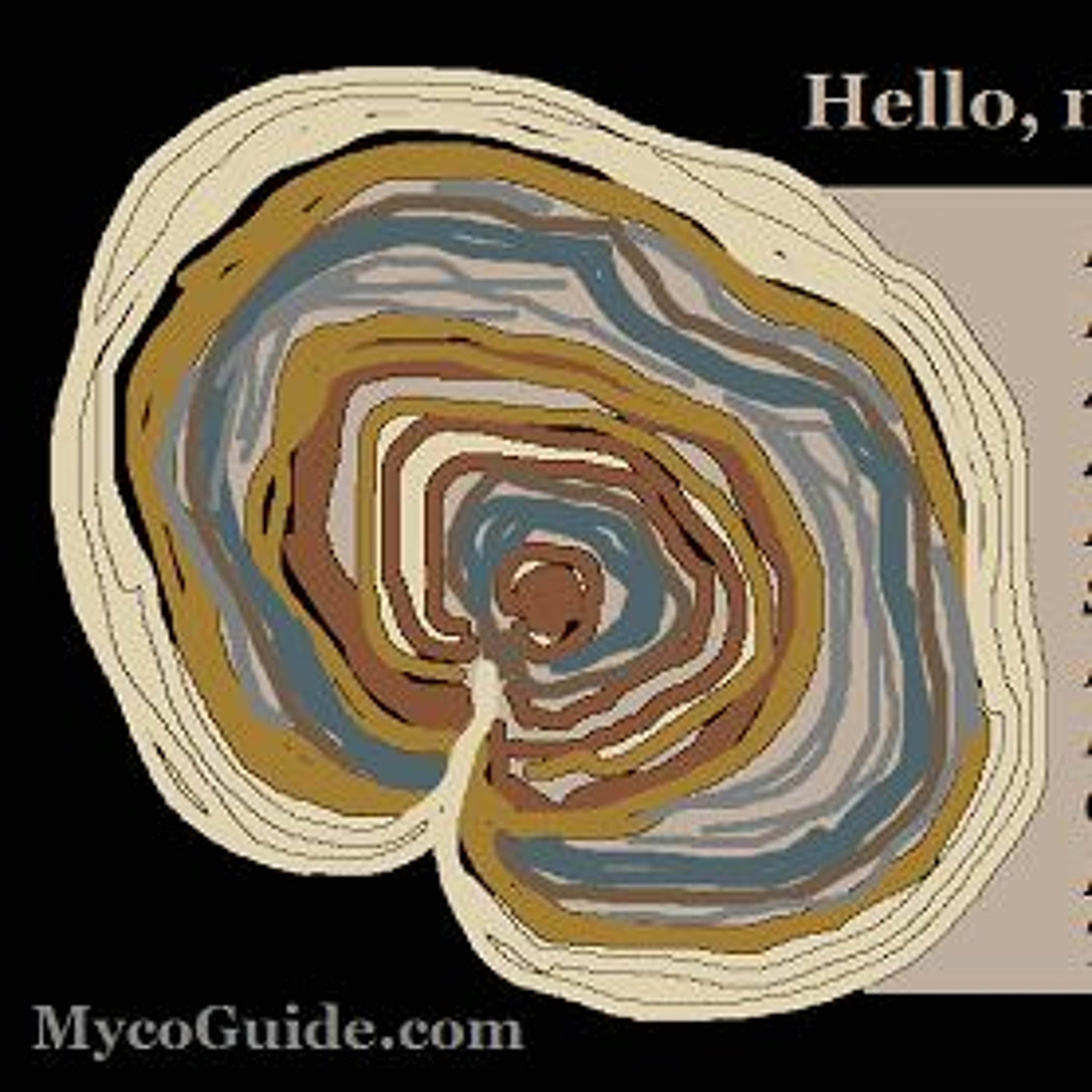 Culinary Historians of ChicagoWhat's in a Name? Understanding nomenclature and name changesWhat's in a Name? Understanding nomenclature and name changes
Presented by Patrick Leacock, PhD
Our current system of naming started 267 years ago with Carl Linnaeus. He gave us Agaricus (gilled fungi) and Boletus (pored fungi) and nine other genus names for 89 species of fungi. Later Fries and Persoon and others published lots more scientific names. The proliferation of names got messy. So 177 years ago folks started developing rules for using names that became a code for nomenclature. Today we have about 100,000 species with more named every year. We will look at scientific names and the basic requirements for their publication...2021-01-221h 24
Culinary Historians of ChicagoWhat's in a Name? Understanding nomenclature and name changesWhat's in a Name? Understanding nomenclature and name changes
Presented by Patrick Leacock, PhD
Our current system of naming started 267 years ago with Carl Linnaeus. He gave us Agaricus (gilled fungi) and Boletus (pored fungi) and nine other genus names for 89 species of fungi. Later Fries and Persoon and others published lots more scientific names. The proliferation of names got messy. So 177 years ago folks started developing rules for using names that became a code for nomenclature. Today we have about 100,000 species with more named every year. We will look at scientific names and the basic requirements for their publication...2021-01-221h 24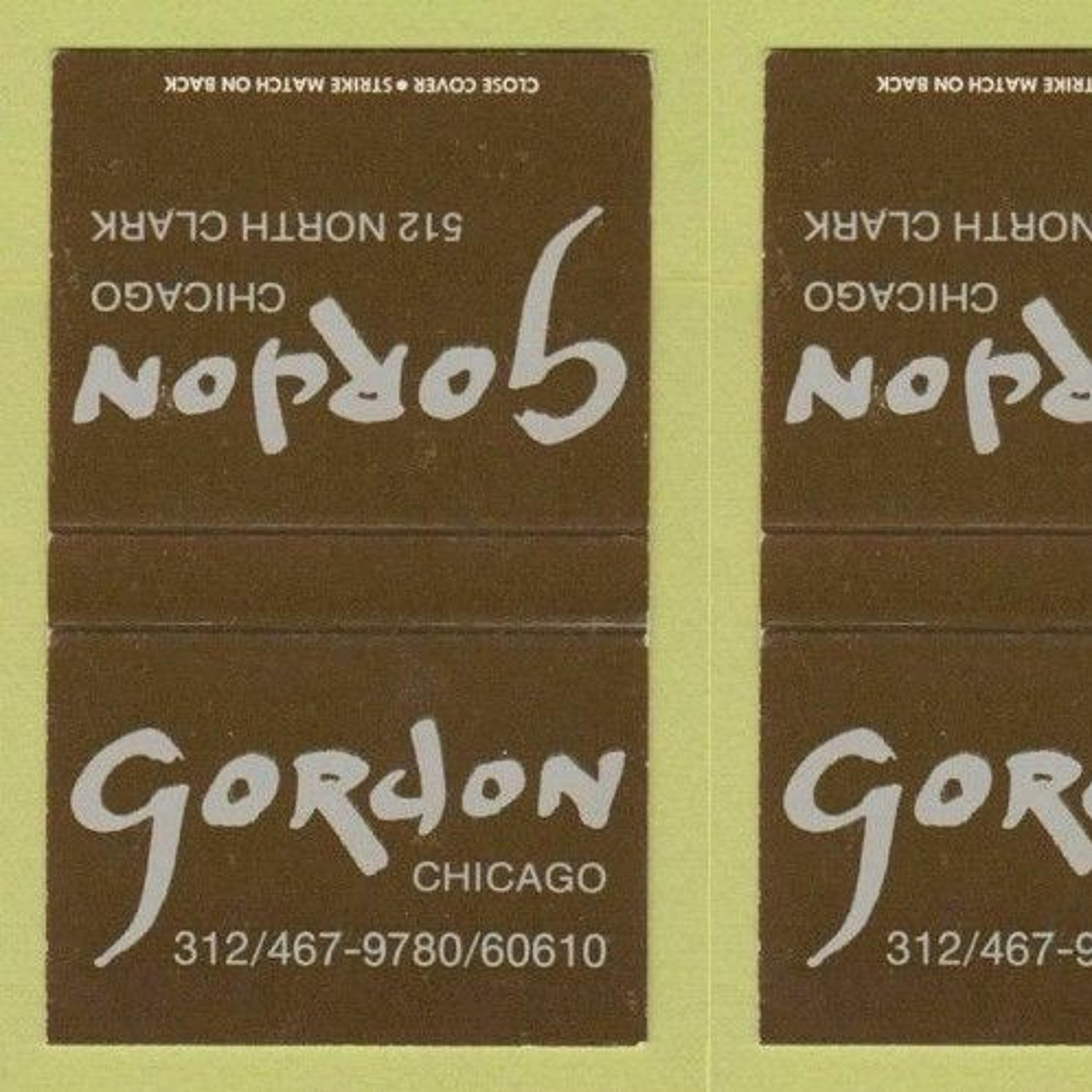 Culinary Historians of ChicagoGordon Sinclair, Live!Gordon Sinclair, Live!
An interview with the Chicago culinary icon
conducted by award-winning food writer and publisher
Michael Gebert
The following information appeared in The Chicago Food Encyclopedia, University of Illinois Press, 2017, and was authored by Barbara Revsine.
Gordon Sinclair was working in public relations when a psychic predicted he would become a famous restaurateur. After working part-time as a maître d’ to see whether he liked it, he opened his flagship restaurant Gordon in 1976. While Sinclair’s forte was the front of the house, he was a keen judge of culinary talent. Every chef who ever worked for him...2021-01-151h 11
Culinary Historians of ChicagoGordon Sinclair, Live!Gordon Sinclair, Live!
An interview with the Chicago culinary icon
conducted by award-winning food writer and publisher
Michael Gebert
The following information appeared in The Chicago Food Encyclopedia, University of Illinois Press, 2017, and was authored by Barbara Revsine.
Gordon Sinclair was working in public relations when a psychic predicted he would become a famous restaurateur. After working part-time as a maître d’ to see whether he liked it, he opened his flagship restaurant Gordon in 1976. While Sinclair’s forte was the front of the house, he was a keen judge of culinary talent. Every chef who ever worked for him...2021-01-151h 11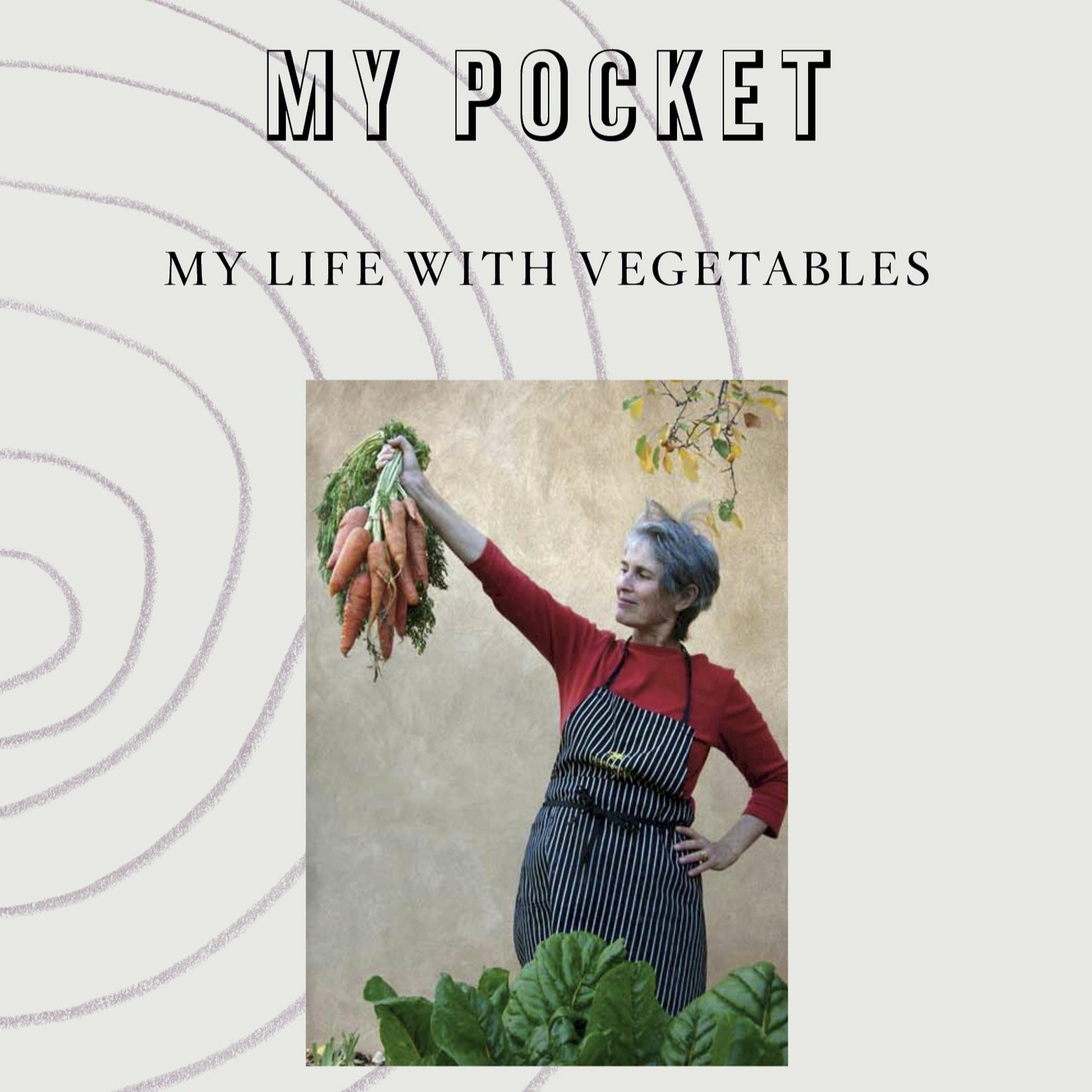 Culinary Historians of ChicagoAn Onion in My Pocket, My Life with VegetablesAn Onion in My Pocket, My Life with Vegetables
Presented by Deborah Madison
Thanks to her beloved cookbooks and groundbreaking work as the chef at Greens Restaurant in San Francisco, Deborah Madison, though not a vegetarian herself, has long been revered as this country’s leading authority on vegetables. She profoundly changed the way generations of Americans think about cooking with vegetables, helping to transform “vegetarian” from a dirty word into a mainstream way of eating. But before she became a household name, Madison spent almost twenty years as an ordained Buddhist priest, coming of age in the midst of counte...2020-12-1055 min
Culinary Historians of ChicagoAn Onion in My Pocket, My Life with VegetablesAn Onion in My Pocket, My Life with Vegetables
Presented by Deborah Madison
Thanks to her beloved cookbooks and groundbreaking work as the chef at Greens Restaurant in San Francisco, Deborah Madison, though not a vegetarian herself, has long been revered as this country’s leading authority on vegetables. She profoundly changed the way generations of Americans think about cooking with vegetables, helping to transform “vegetarian” from a dirty word into a mainstream way of eating. But before she became a household name, Madison spent almost twenty years as an ordained Buddhist priest, coming of age in the midst of counte...2020-12-1055 min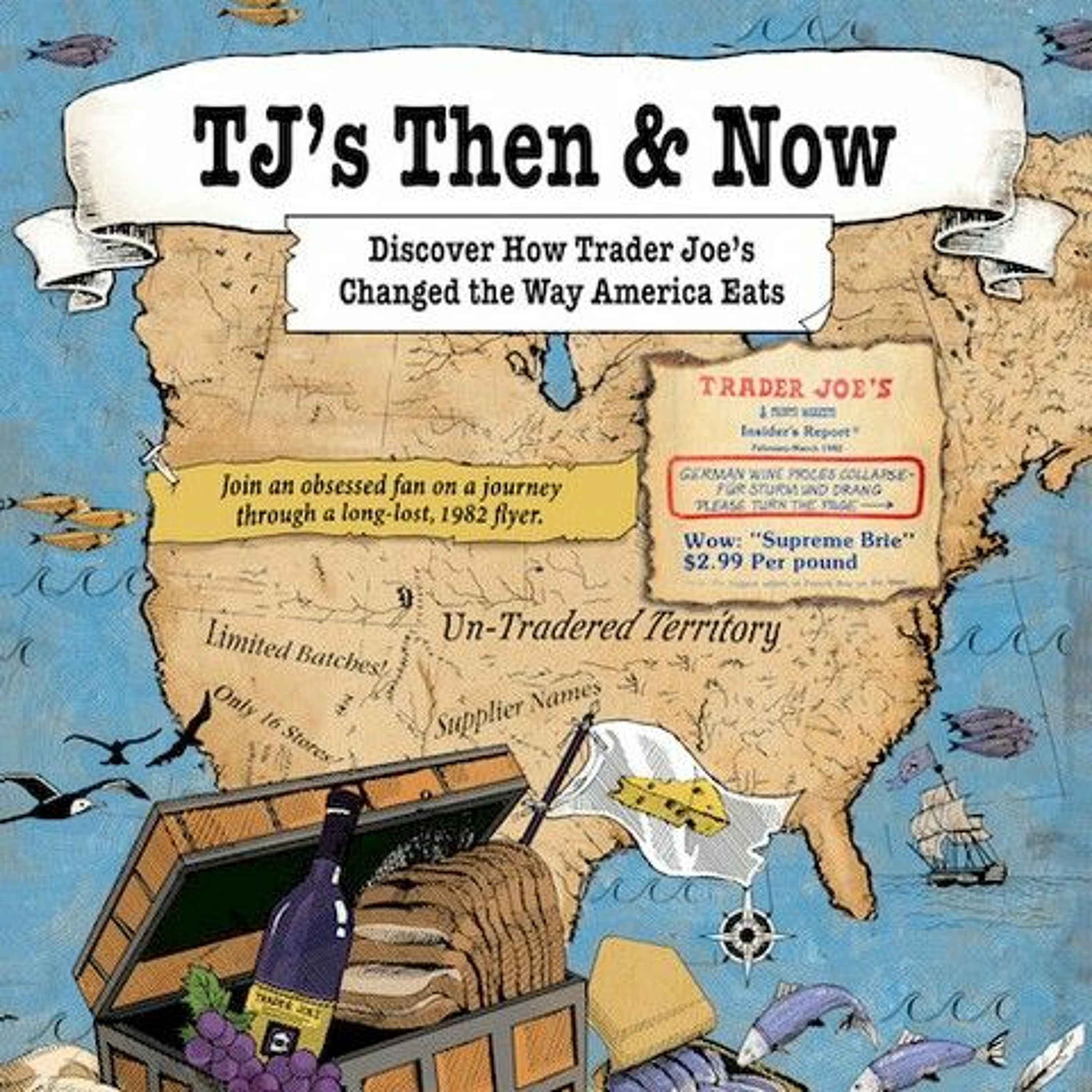 Culinary Historians of ChicagoHow Trader Joe’s Changed the Way America EatsHow Trader Joe’s Changed the Way America Eats
Presented by Susie Wyshak
Discover Trader Joe’s key role in introducing fun and unusual foods into the American diet decades ago, when the company was already encouraging the non-health food store shopper to try “better for you” versions of already-popular foods. Wyshak compares items featured in a 1982 flyer to how we eat now to show TJ’s importance in creating a nation of adventurous food lovers. This is not a “history of Trader Joe’s” but rather a fascinating snapshot of a turning point in American food history. At her interactive talk...2020-12-0454 min
Culinary Historians of ChicagoHow Trader Joe’s Changed the Way America EatsHow Trader Joe’s Changed the Way America Eats
Presented by Susie Wyshak
Discover Trader Joe’s key role in introducing fun and unusual foods into the American diet decades ago, when the company was already encouraging the non-health food store shopper to try “better for you” versions of already-popular foods. Wyshak compares items featured in a 1982 flyer to how we eat now to show TJ’s importance in creating a nation of adventurous food lovers. This is not a “history of Trader Joe’s” but rather a fascinating snapshot of a turning point in American food history. At her interactive talk...2020-12-0454 min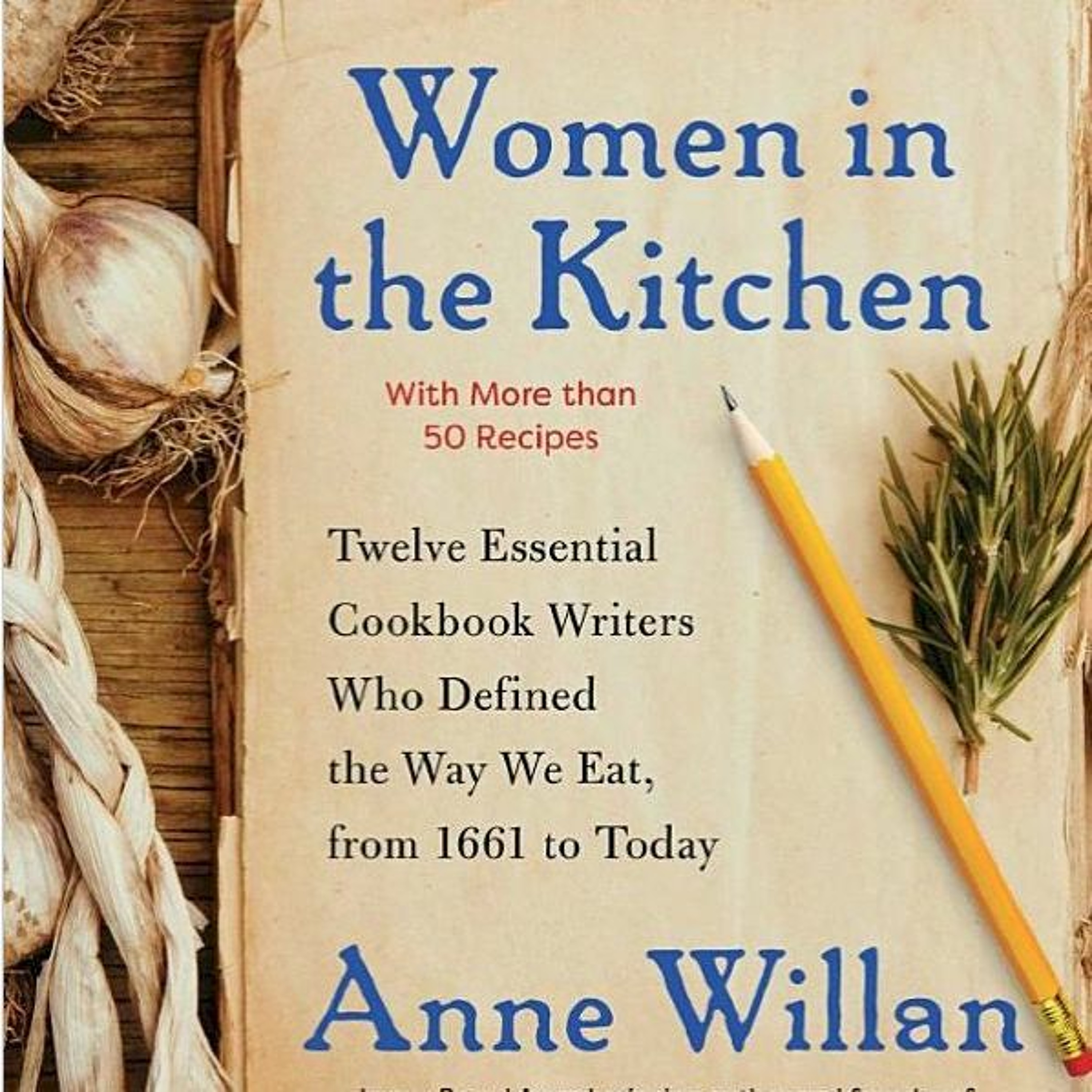 Culinary Historians of ChicagoWomen in the Kitchen, 12 Essential Cookbook Writers Who Defined the Way We EatWomen in the Kitchen, 12 Essential Cookbook Writers Who Defined the Way We Eat
Anne Willan
Women cookbook writers have had an enormous influence on the way we eat today. In her latest book, Women in the Kitchen: Twelve Essential Cookbook Writers Who Defined the Way We Eat, from 1661 to Today, Anne Willan profiles twelve of these women–from Hannah Woolley in the mid-1600s to Fannie Farmer, Edna Lewis, Alice Waters, and her dear friend, Julia Child. From her home in London, via Zoom, Anne will discuss the lives and works of these women, whose landmark books have defined cooking ov...2020-11-291h 21
Culinary Historians of ChicagoWomen in the Kitchen, 12 Essential Cookbook Writers Who Defined the Way We EatWomen in the Kitchen, 12 Essential Cookbook Writers Who Defined the Way We Eat
Anne Willan
Women cookbook writers have had an enormous influence on the way we eat today. In her latest book, Women in the Kitchen: Twelve Essential Cookbook Writers Who Defined the Way We Eat, from 1661 to Today, Anne Willan profiles twelve of these women–from Hannah Woolley in the mid-1600s to Fannie Farmer, Edna Lewis, Alice Waters, and her dear friend, Julia Child. From her home in London, via Zoom, Anne will discuss the lives and works of these women, whose landmark books have defined cooking ov...2020-11-291h 21 Culinary Historians of ChicagoSweet Greeks: First Generation Immigrant Confectioners in the HeartlandSweet Greeks: First Generation Immigrant Confectioners in the Heartland
Presented by Ann Flesor Beck
Gus Flesor came to the United States from Greece in 1901. His journey led him to Tuscola, Illinois, where he learned the confectioner's trade and opened a business that still stands on Main Street. Sweet Greeks sets the story of Gus Flesor's life as an immigrant in a small town within the larger history of Greek migration to the Midwest.
Ann re-creates the atmosphere of her grandfather's candy kitchen with its odors of chocolate and popcorn and the comings-and-goings of family members. "The Store" represented success while...2020-11-111h 07
Culinary Historians of ChicagoSweet Greeks: First Generation Immigrant Confectioners in the HeartlandSweet Greeks: First Generation Immigrant Confectioners in the Heartland
Presented by Ann Flesor Beck
Gus Flesor came to the United States from Greece in 1901. His journey led him to Tuscola, Illinois, where he learned the confectioner's trade and opened a business that still stands on Main Street. Sweet Greeks sets the story of Gus Flesor's life as an immigrant in a small town within the larger history of Greek migration to the Midwest.
Ann re-creates the atmosphere of her grandfather's candy kitchen with its odors of chocolate and popcorn and the comings-and-goings of family members. "The Store" represented success while...2020-11-111h 07 Culinary Historians of ChicagoCommercial Cordyceps BreedingCommercial Cordyceps Breeding
Presented by William Padilla-Brown
Over the past 2 years a select handful of individuals have been developing breeding techniques for commercial Cordyceps militaris strains. Follow each step from the forest to the lab and cultivate an understanding of the breeding process for this beloved fungi.
WILLIAM PADILLA-BROWN
Founder of MycoSymbiotics, William Padilla-Brown is a social entrepreneur, citizen scientist, mycologist, amateur 'phychologist', urban shaman, writer, you-tube vlogger, contributing editor for Fungi mag, researcher, poet, and father. William holds Permaculture Design Certificates acquired through Susquehanna Permaculture and NGOZI. William is leading the country in the field of Cordyceps cultivation. William...2020-11-1053 min
Culinary Historians of ChicagoCommercial Cordyceps BreedingCommercial Cordyceps Breeding
Presented by William Padilla-Brown
Over the past 2 years a select handful of individuals have been developing breeding techniques for commercial Cordyceps militaris strains. Follow each step from the forest to the lab and cultivate an understanding of the breeding process for this beloved fungi.
WILLIAM PADILLA-BROWN
Founder of MycoSymbiotics, William Padilla-Brown is a social entrepreneur, citizen scientist, mycologist, amateur 'phychologist', urban shaman, writer, you-tube vlogger, contributing editor for Fungi mag, researcher, poet, and father. William holds Permaculture Design Certificates acquired through Susquehanna Permaculture and NGOZI. William is leading the country in the field of Cordyceps cultivation. William...2020-11-1053 min Culinary Historians of ChicagoNo Ketchup! Why Dennis Foley Ate 50 Hot Dogs in 50 DaysNo Ketchup! Why Dennis Foley Ate 50 Hot Dogs in 50 Days
Presented by Dennis Foley
“The basic Chicago dog has its own ingredients,” said Dennis Foley about the “Magnificent Seven” of mustard, onions, relish, tomatoes, pickle (or cucumber), sport peppers and celery salt that should top a dog with snap in a steamed bun.
The Chicago-style Hot Dog is fit for kings and commoners alike. In Dennis Foley’s No Ketchup, you'll find Chicago's Top 50 hot dogs along with stories about the mom and pop entrepreneurs who slap the mustard on your wiener. No matter where you're at in the Chicago area, Fole...2020-10-231h 10
Culinary Historians of ChicagoNo Ketchup! Why Dennis Foley Ate 50 Hot Dogs in 50 DaysNo Ketchup! Why Dennis Foley Ate 50 Hot Dogs in 50 Days
Presented by Dennis Foley
“The basic Chicago dog has its own ingredients,” said Dennis Foley about the “Magnificent Seven” of mustard, onions, relish, tomatoes, pickle (or cucumber), sport peppers and celery salt that should top a dog with snap in a steamed bun.
The Chicago-style Hot Dog is fit for kings and commoners alike. In Dennis Foley’s No Ketchup, you'll find Chicago's Top 50 hot dogs along with stories about the mom and pop entrepreneurs who slap the mustard on your wiener. No matter where you're at in the Chicago area, Fole...2020-10-231h 10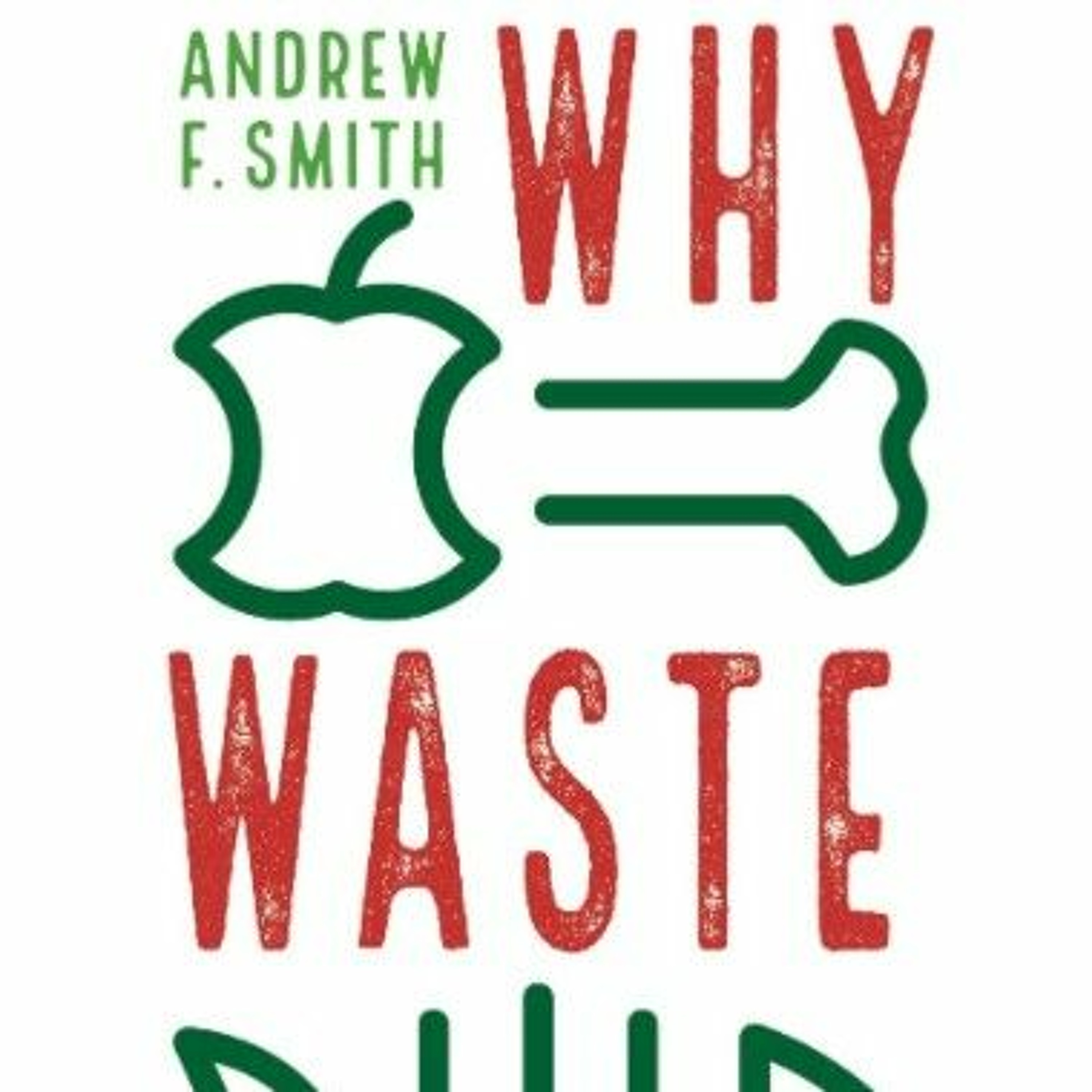 Culinary Historians of ChicagoWhat a Waste! Here’s what the world is doing to recover, reduce and recycle food wasteWhat a Waste! Here’s what the world is doing to recover, reduce and recycle food waste
Presented by Andrew Smith
Culinary Historians, Author, Editor
Don’t hold your nose! We’re not going to trash-talk you. Instead we’re going to offer you some savory food for thought when Andy Smith, one of our nation’s most esteemed culinary historians lifts the lid on a vital issue: food waste. Join us as Andy shows us how saving food and preventing waste are crucial matters that have confronted humankind for millennia. During the twentieth century, lower food prices and societal changes en...2020-10-221h 19
Culinary Historians of ChicagoWhat a Waste! Here’s what the world is doing to recover, reduce and recycle food wasteWhat a Waste! Here’s what the world is doing to recover, reduce and recycle food waste
Presented by Andrew Smith
Culinary Historians, Author, Editor
Don’t hold your nose! We’re not going to trash-talk you. Instead we’re going to offer you some savory food for thought when Andy Smith, one of our nation’s most esteemed culinary historians lifts the lid on a vital issue: food waste. Join us as Andy shows us how saving food and preventing waste are crucial matters that have confronted humankind for millennia. During the twentieth century, lower food prices and societal changes en...2020-10-221h 19